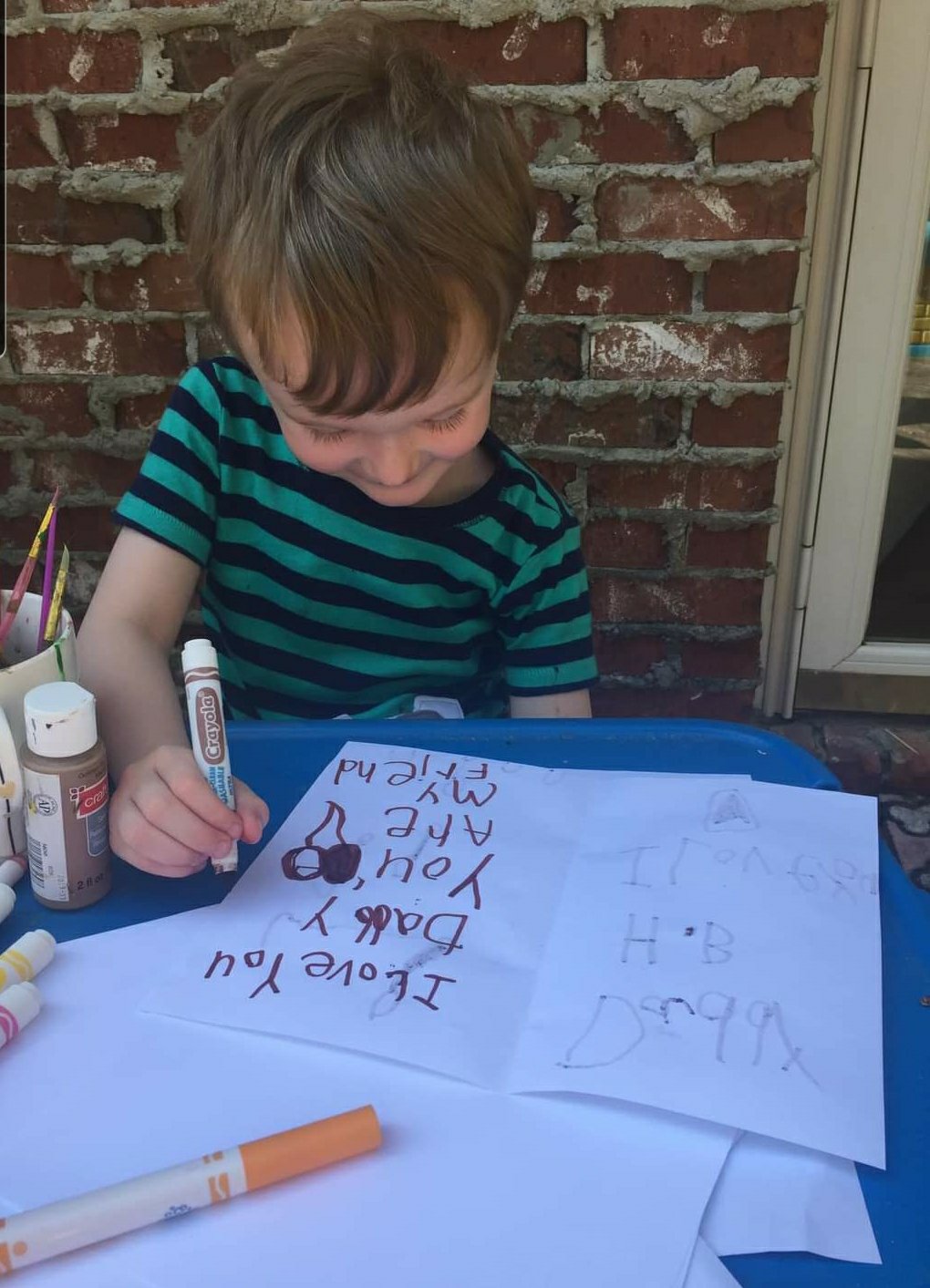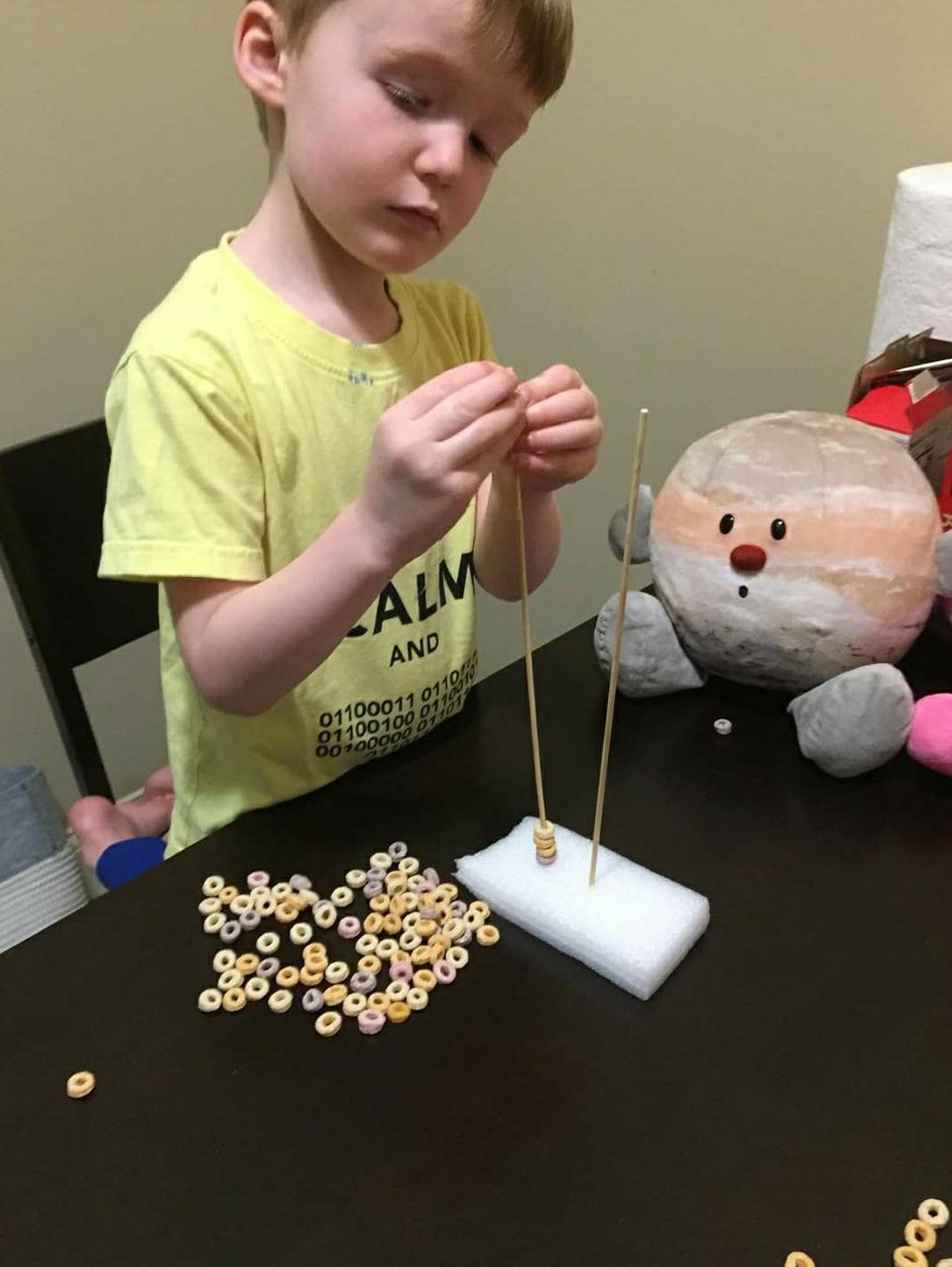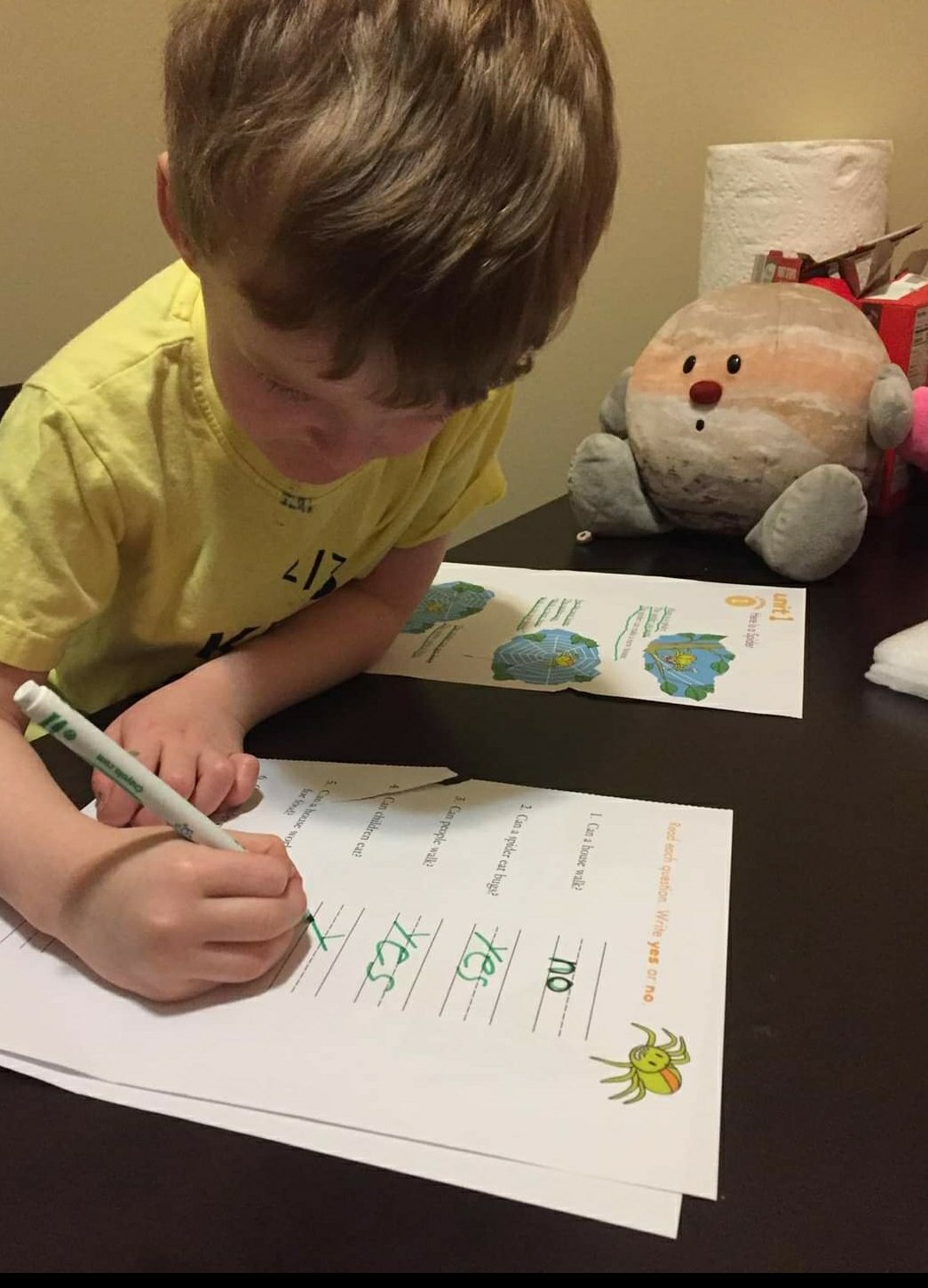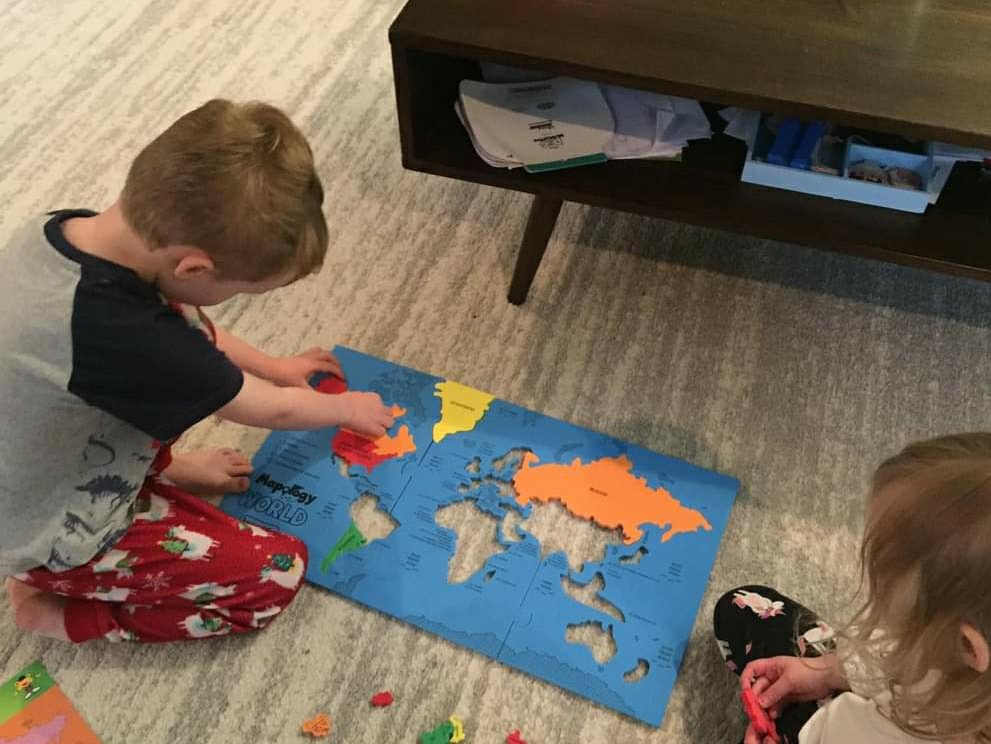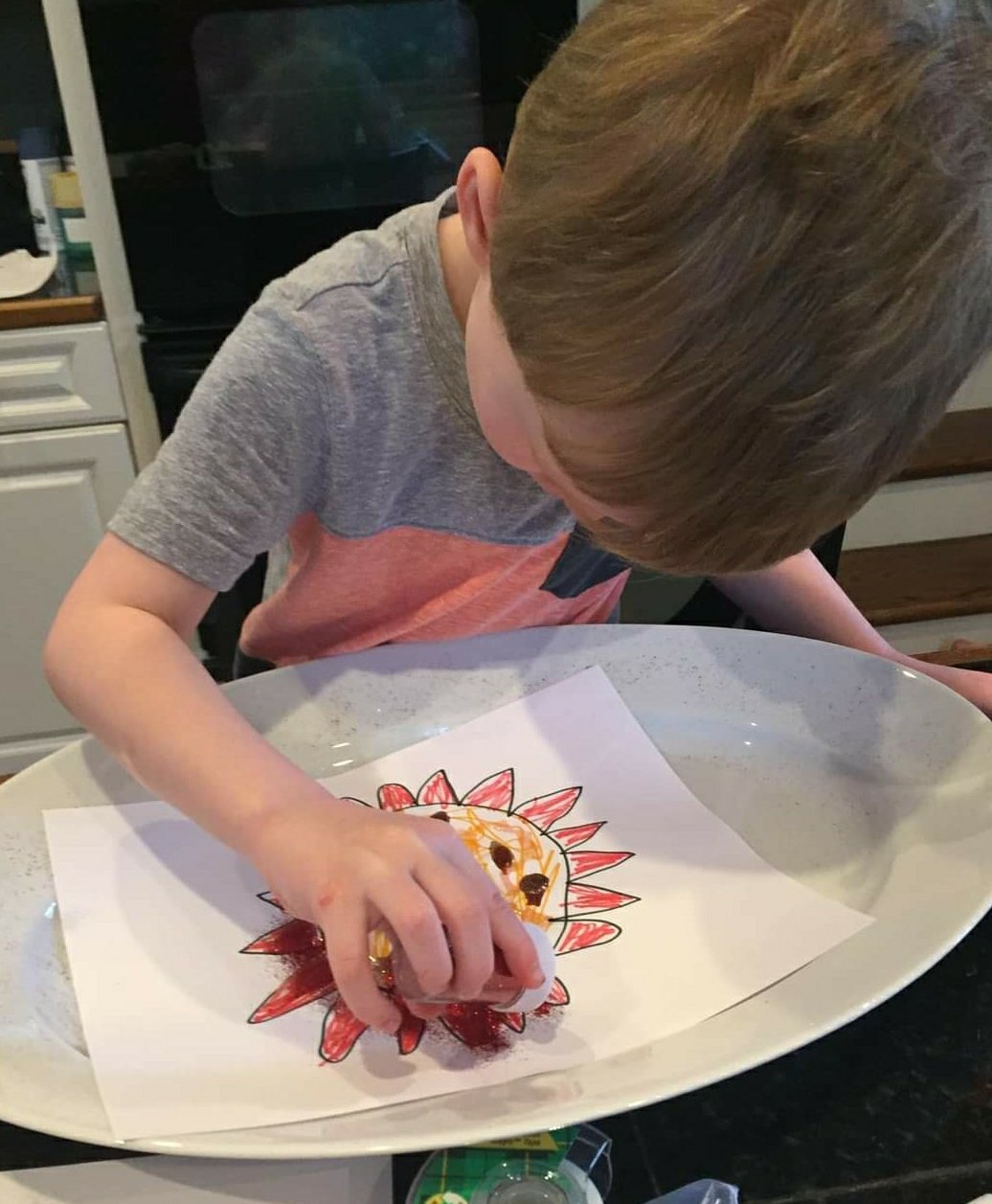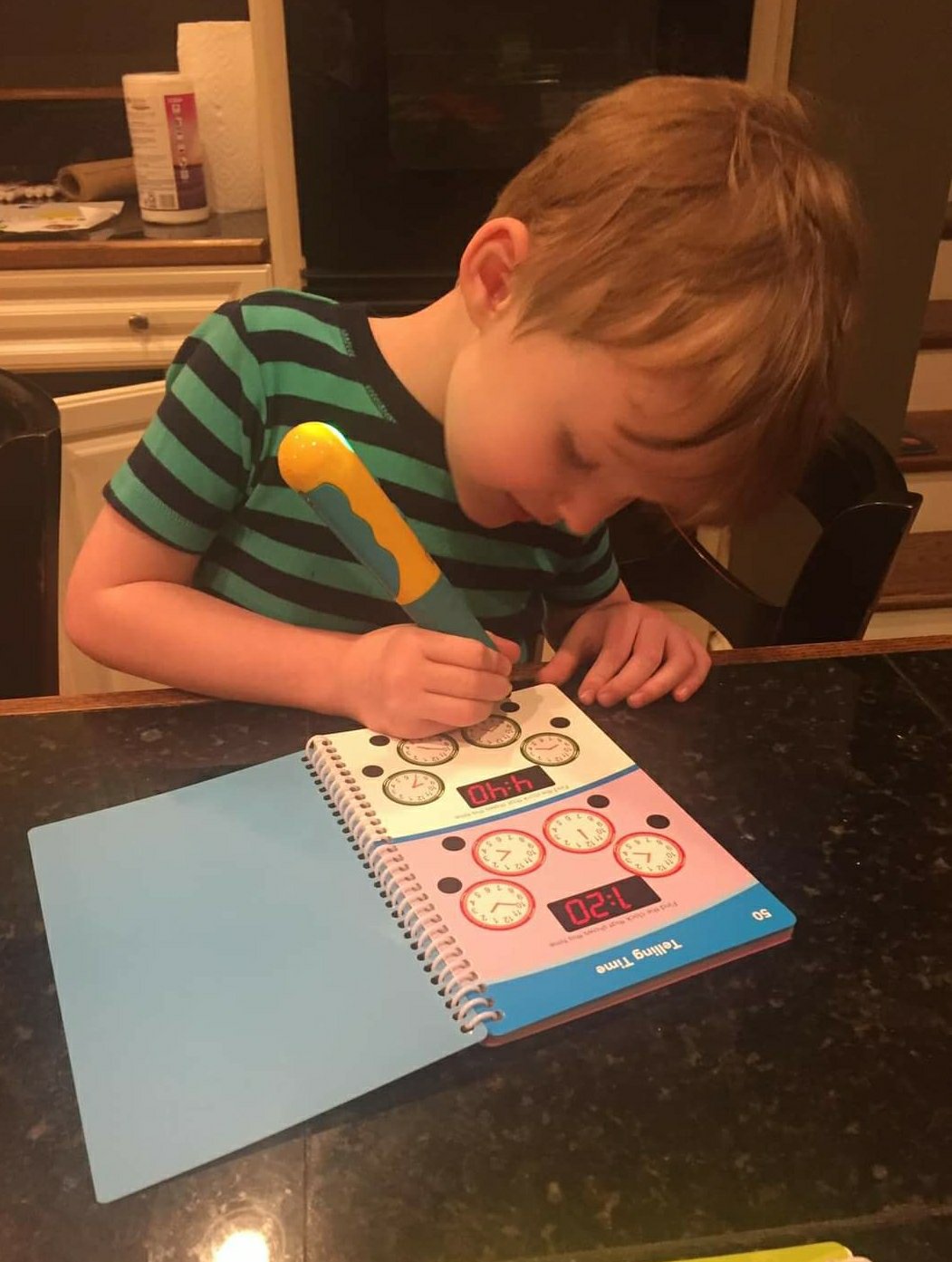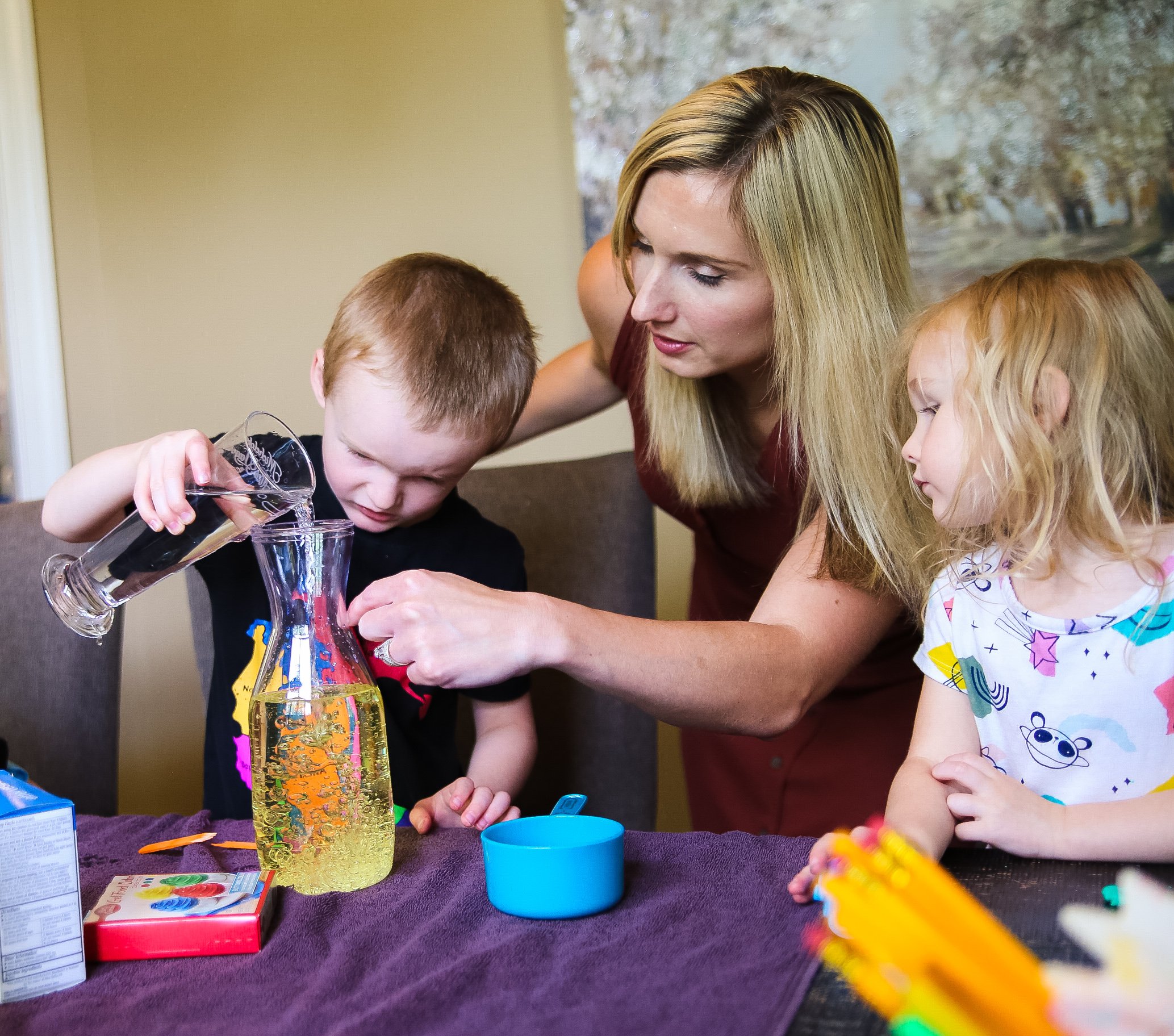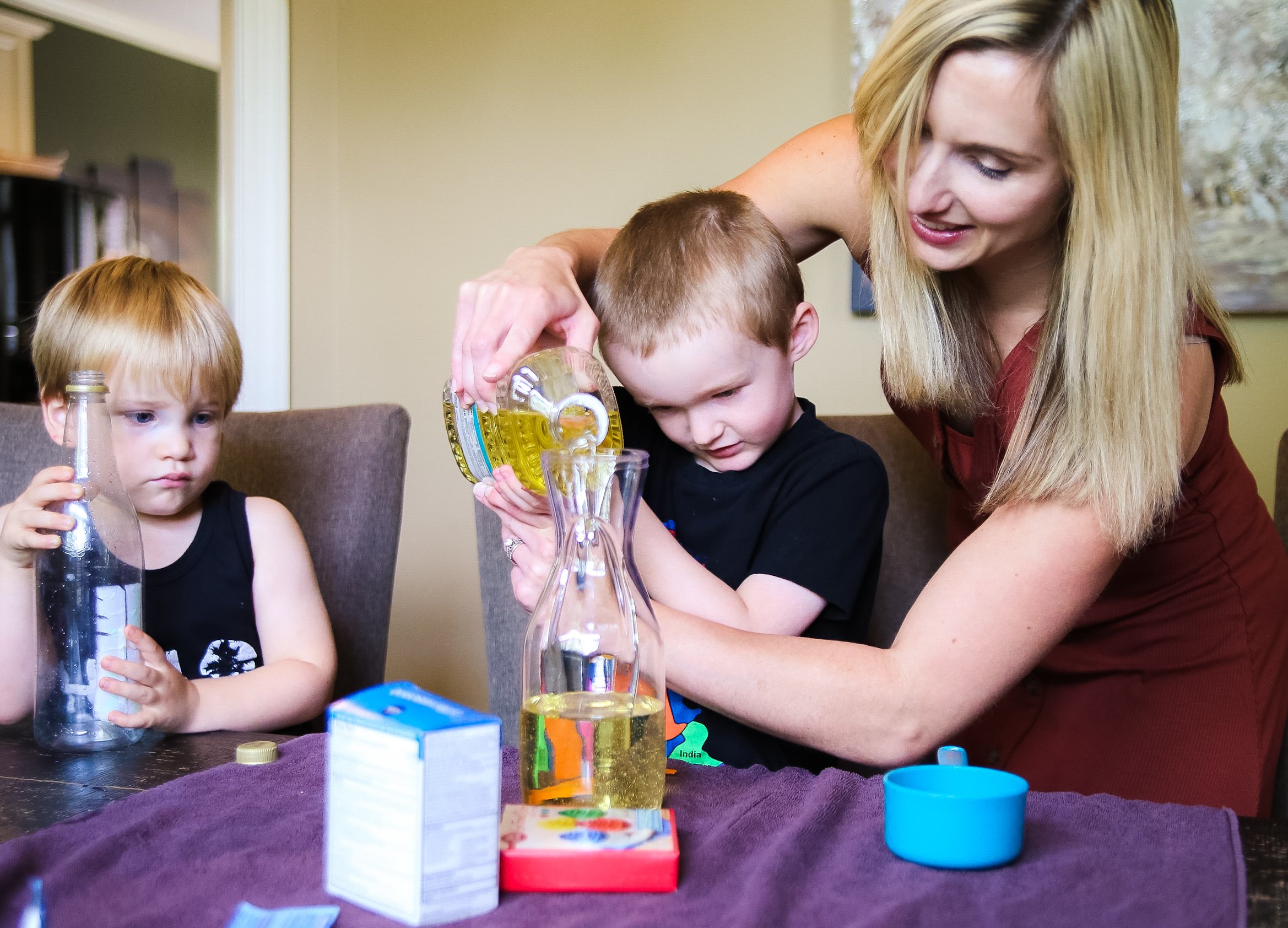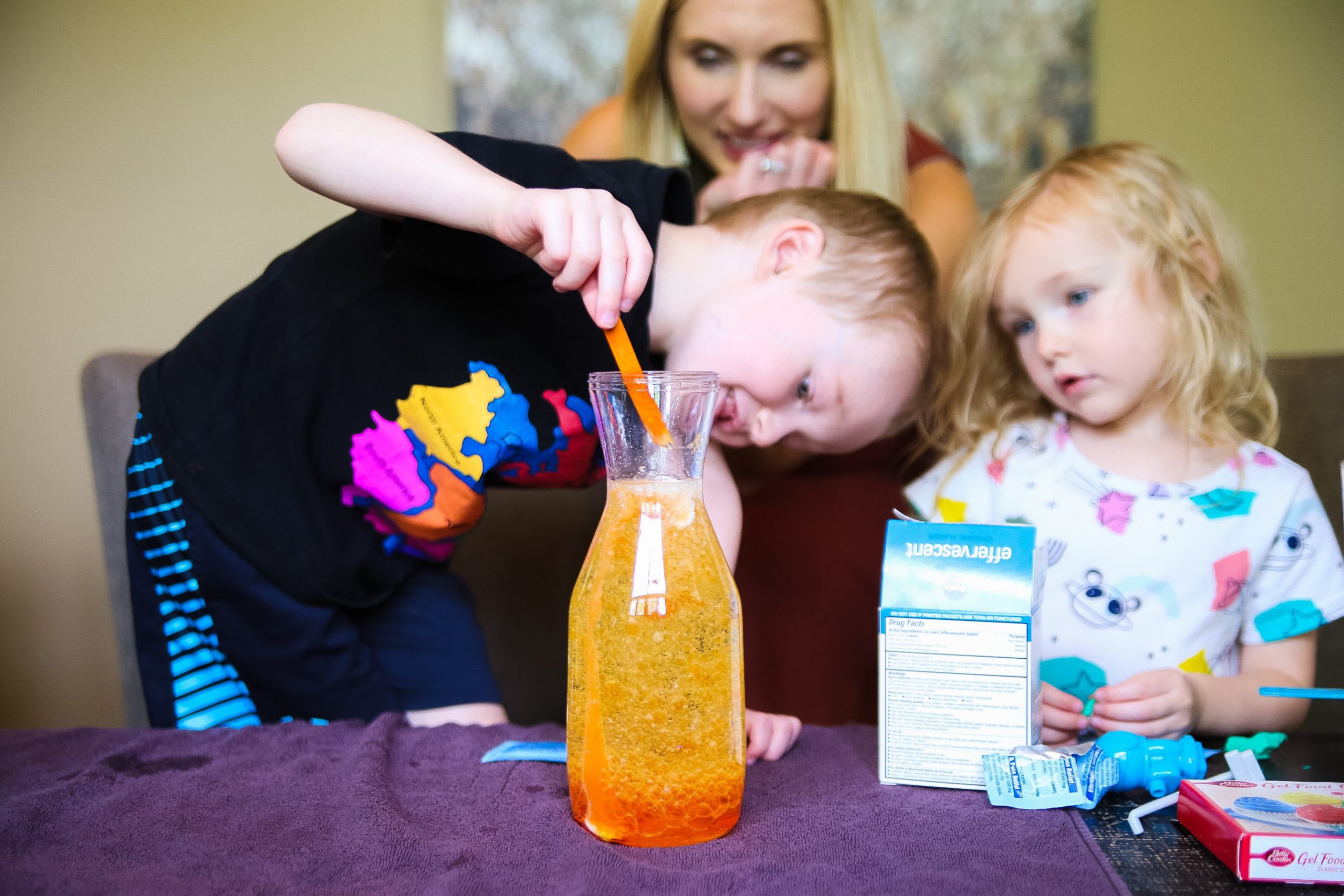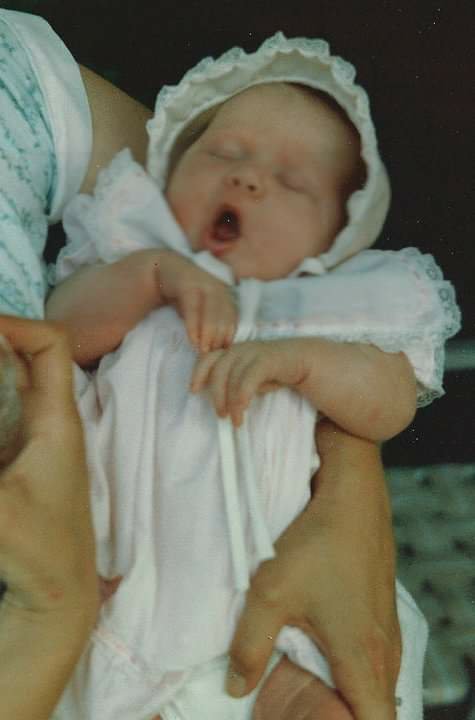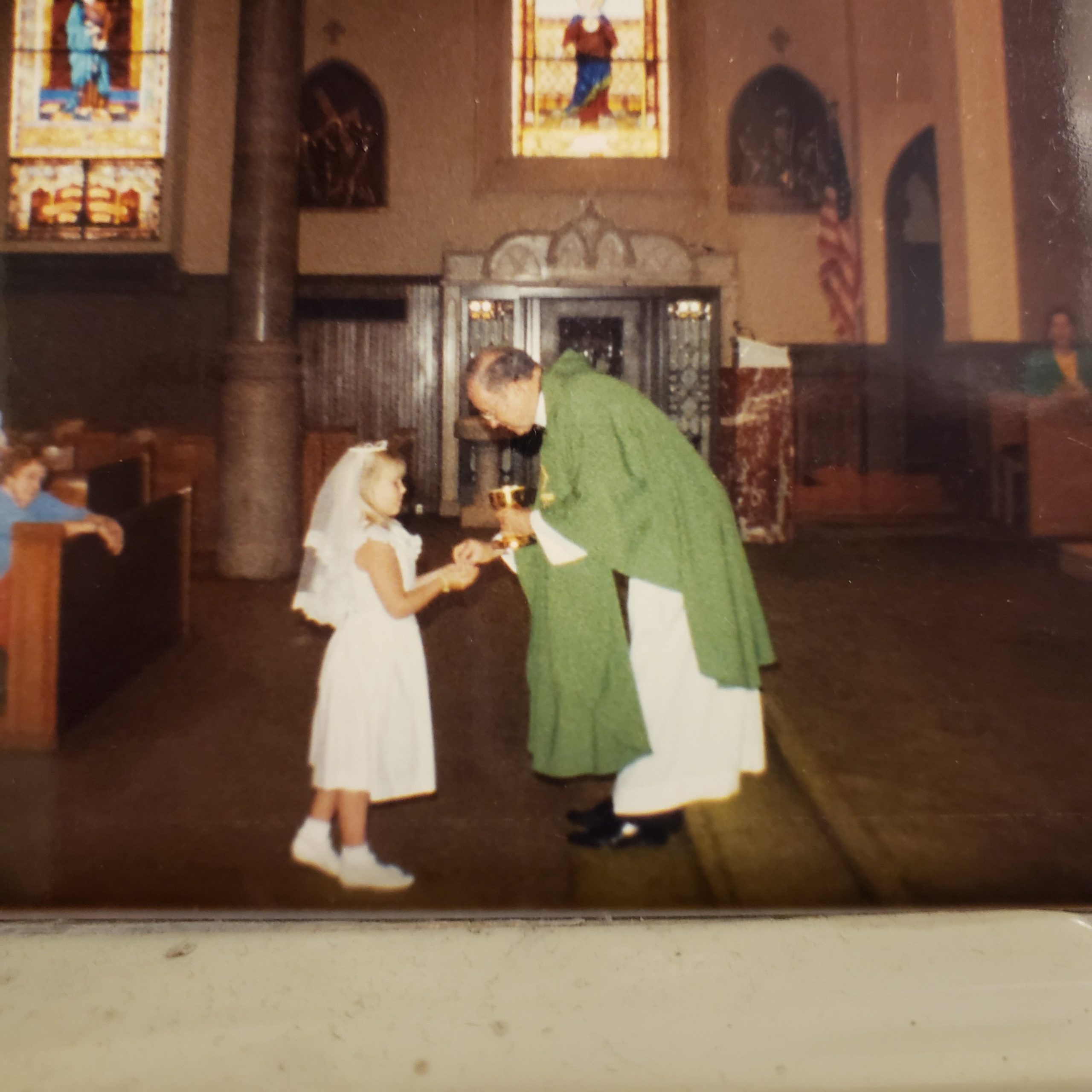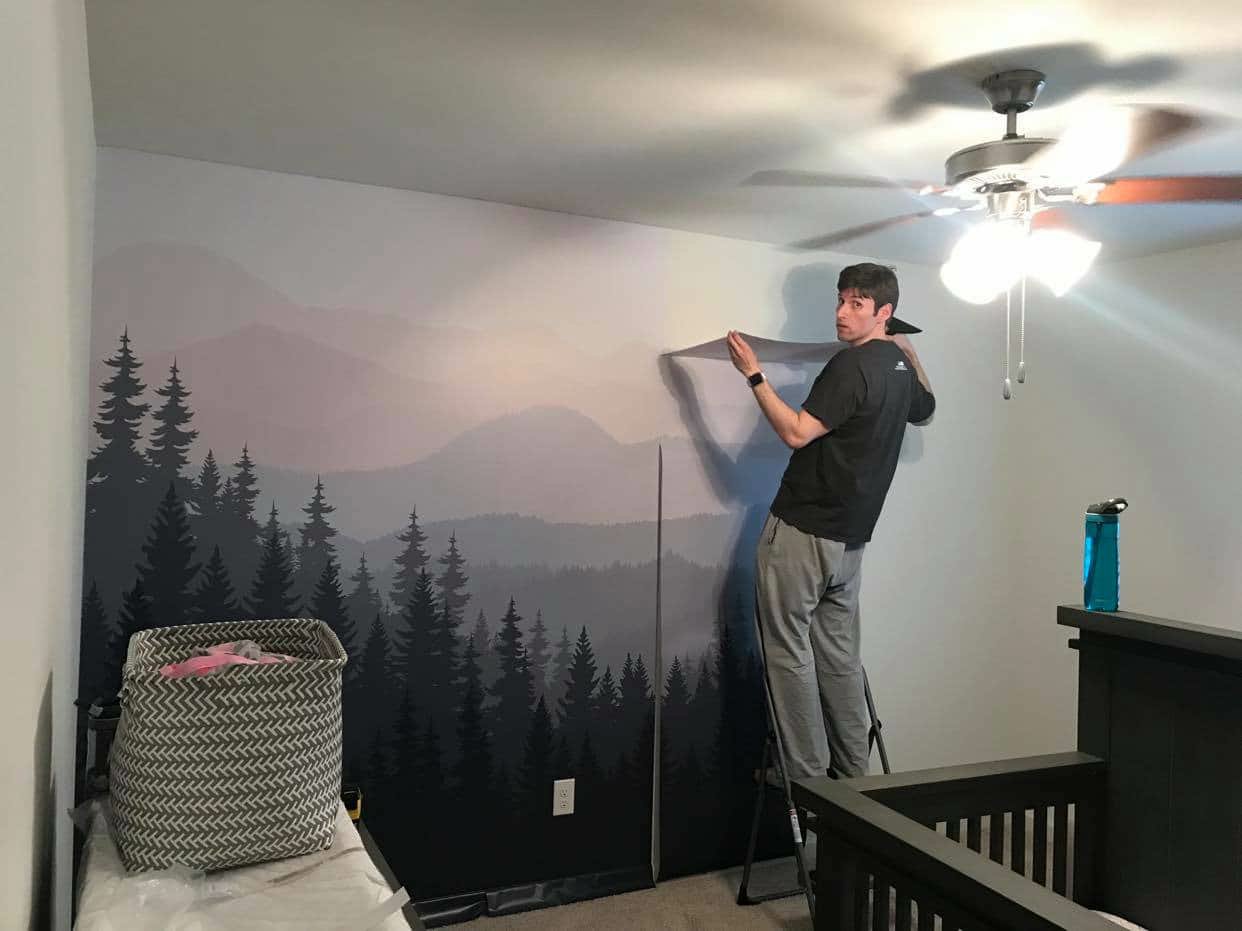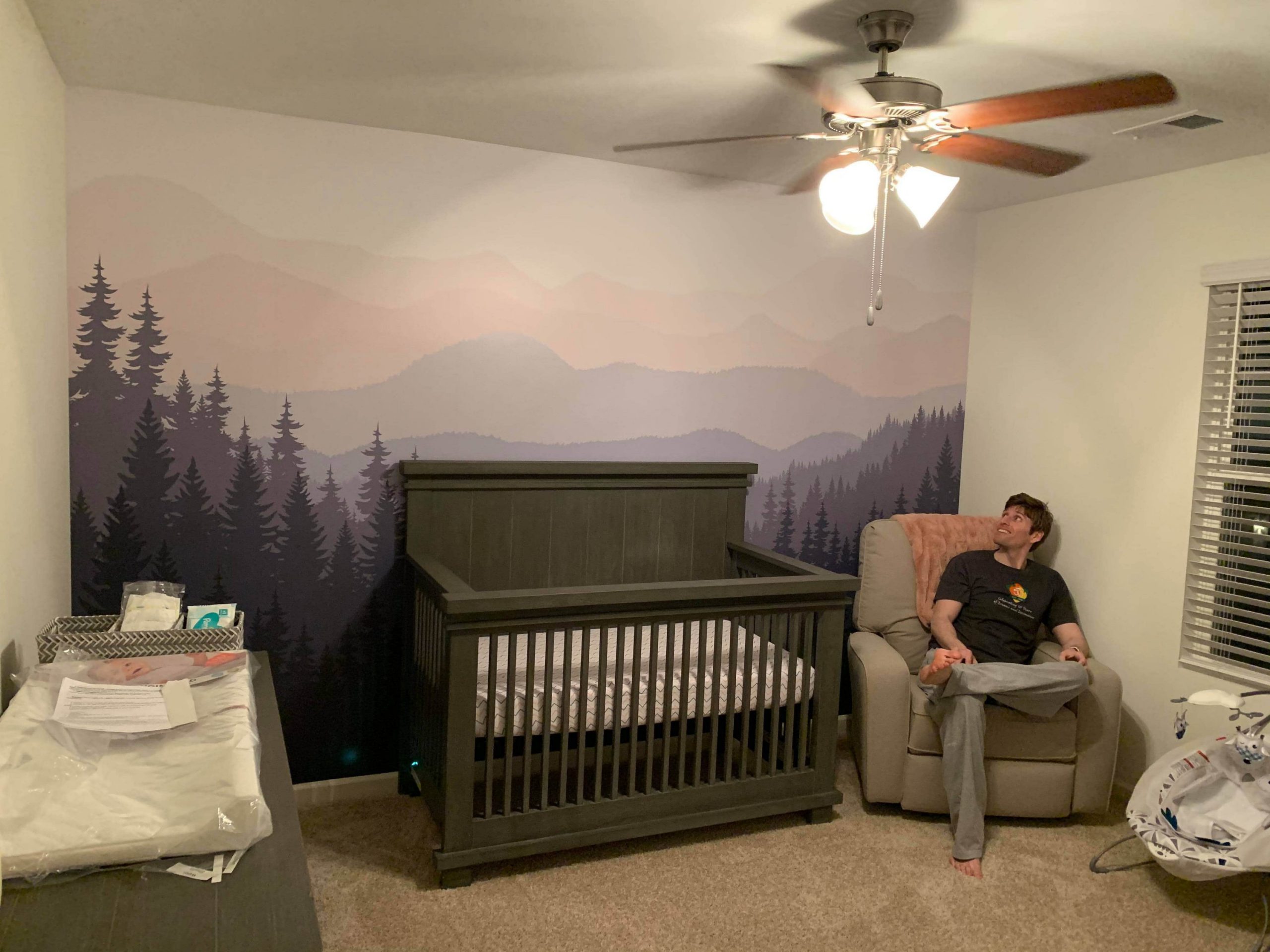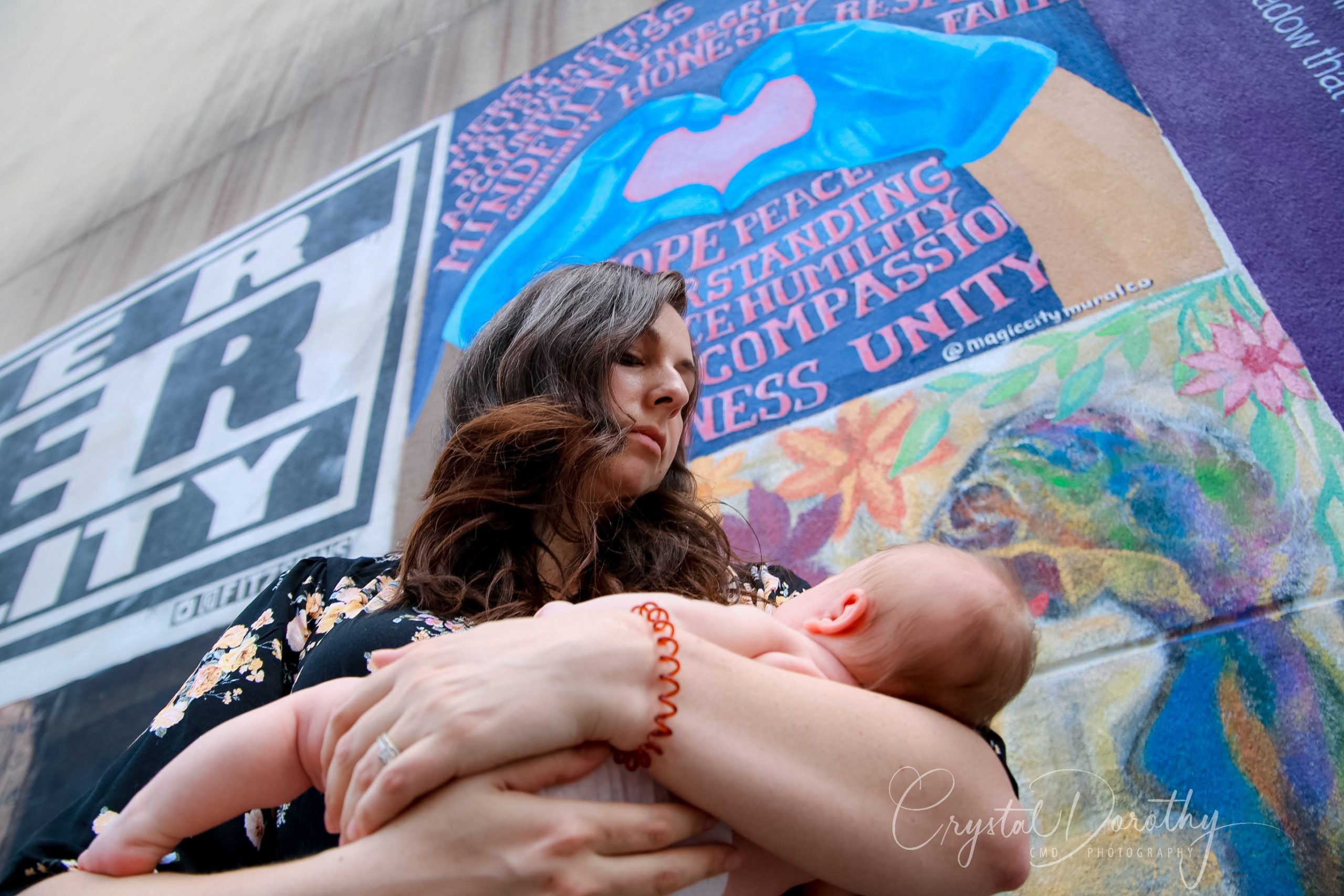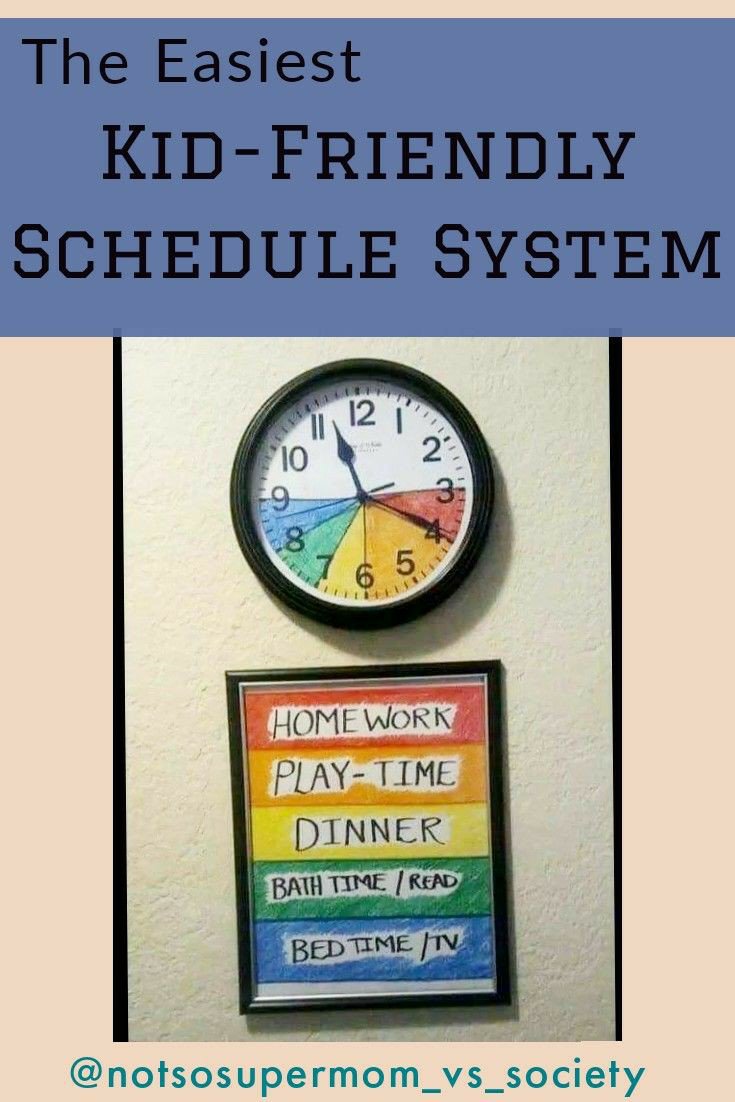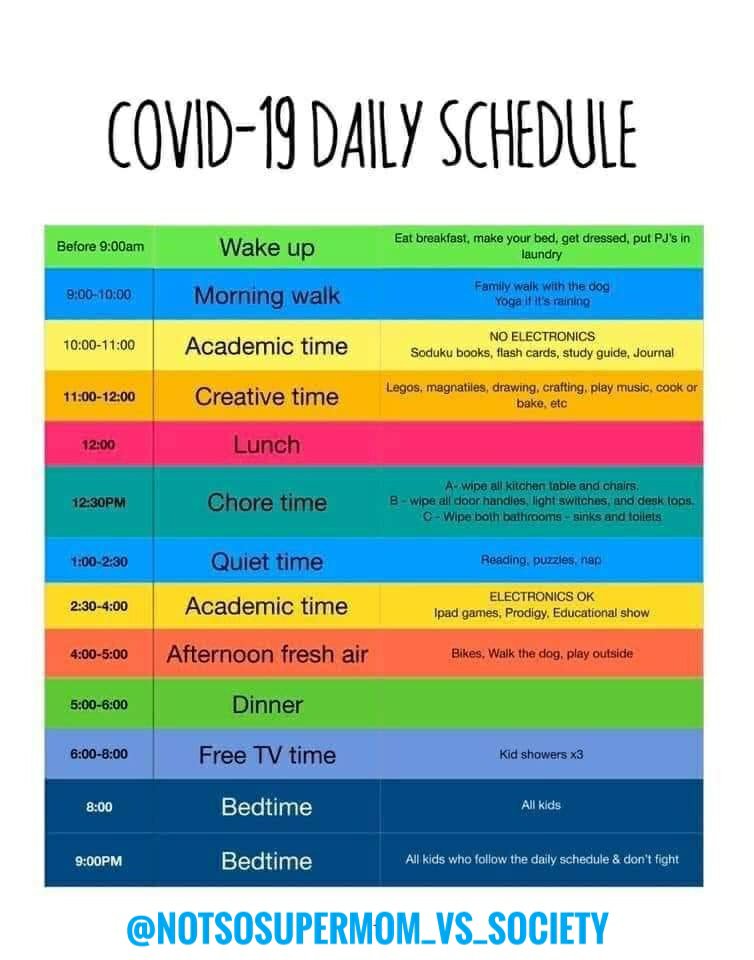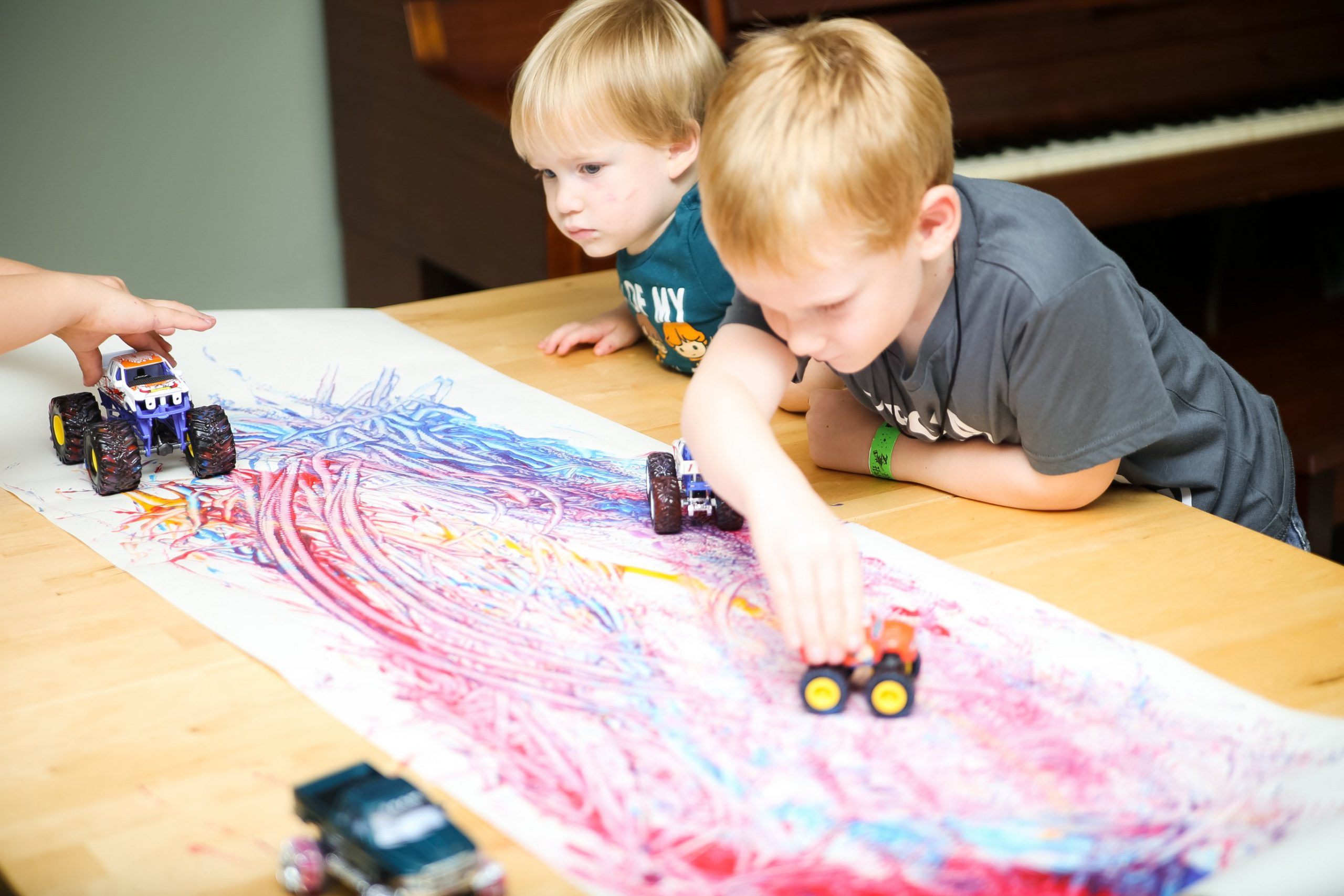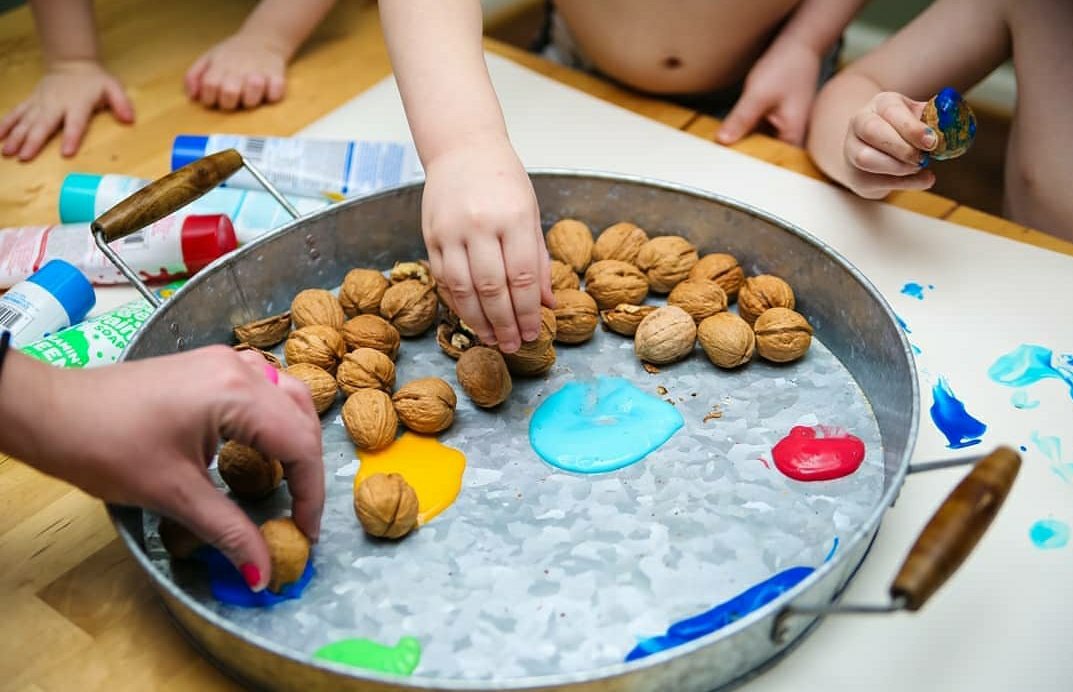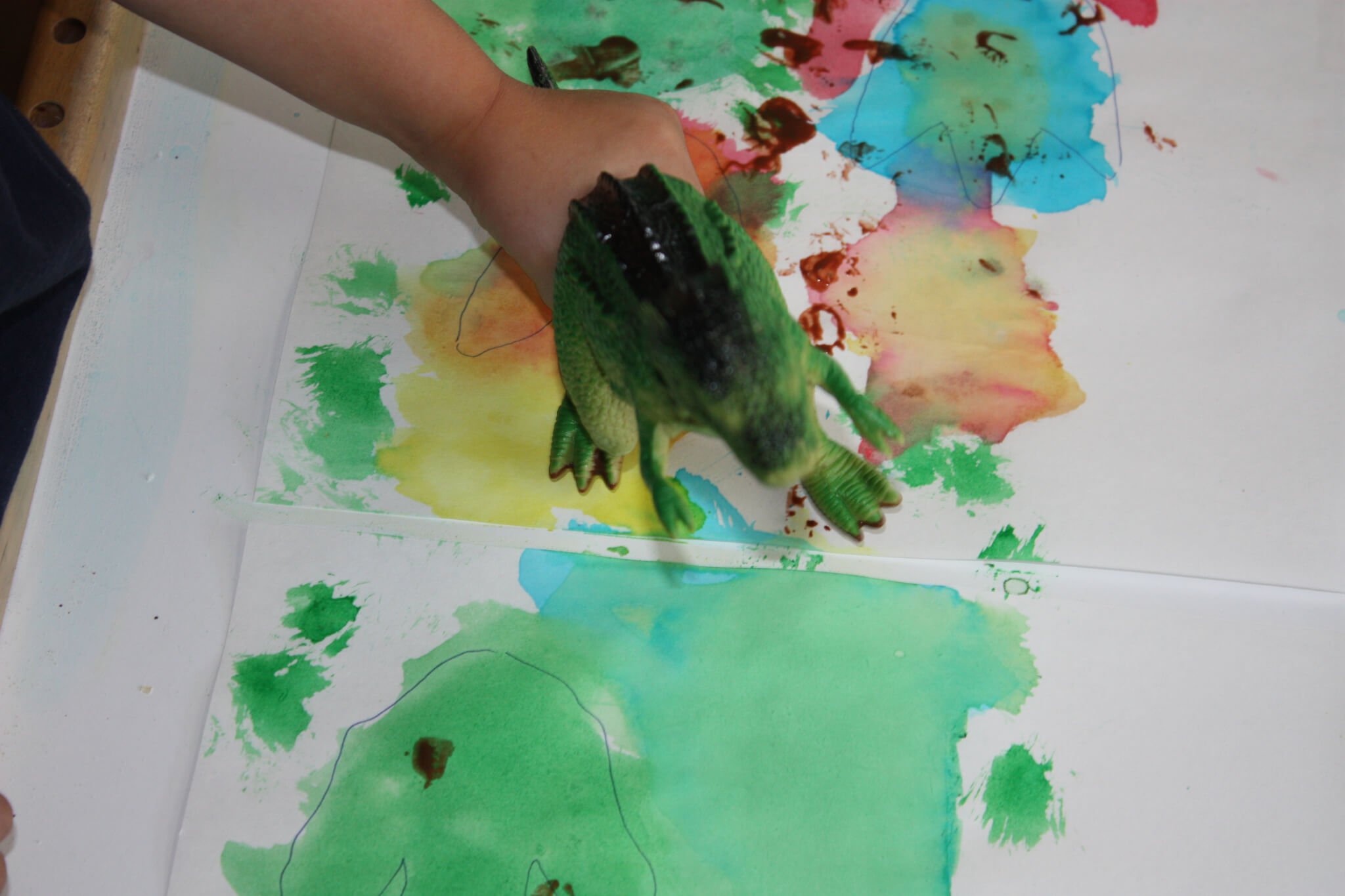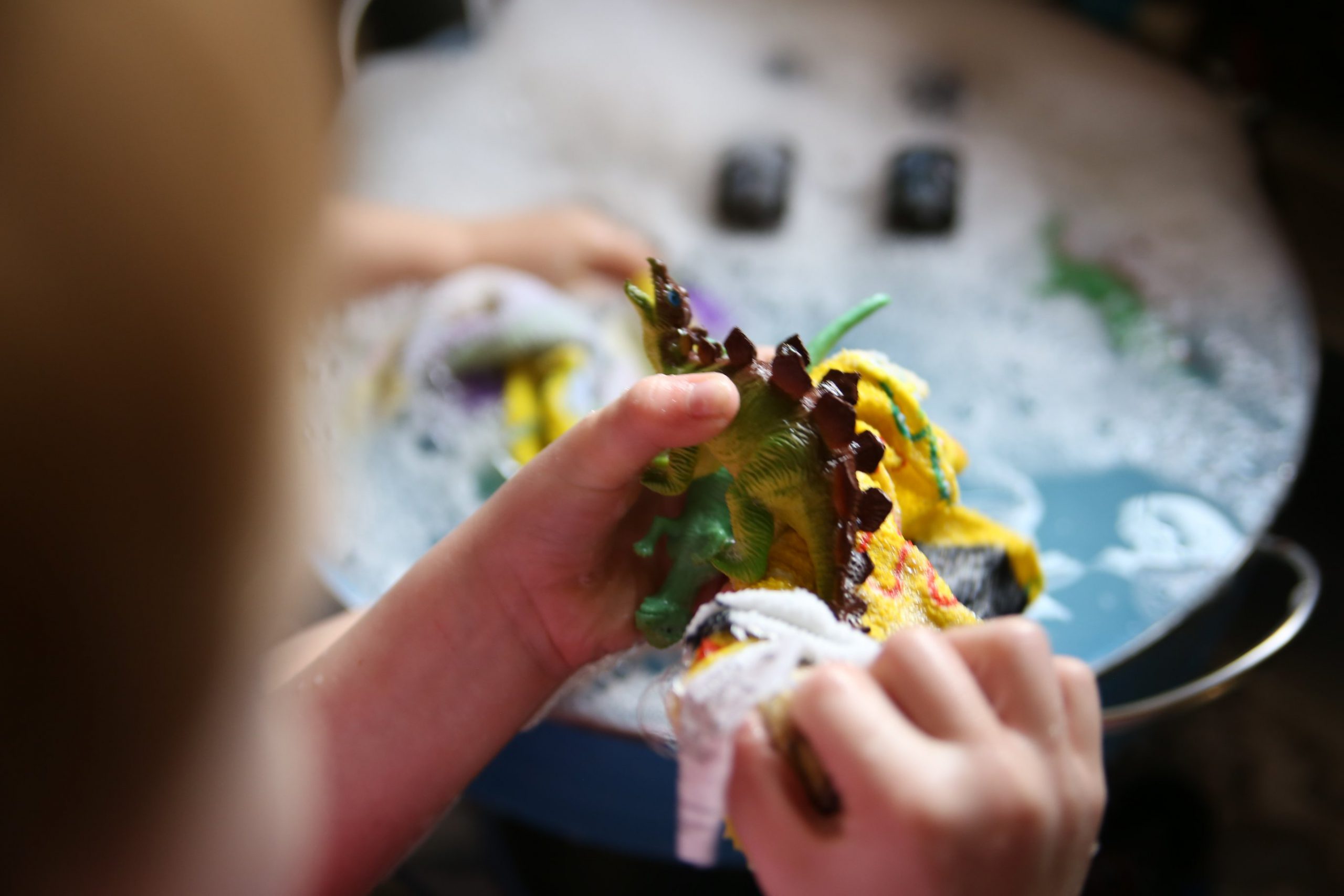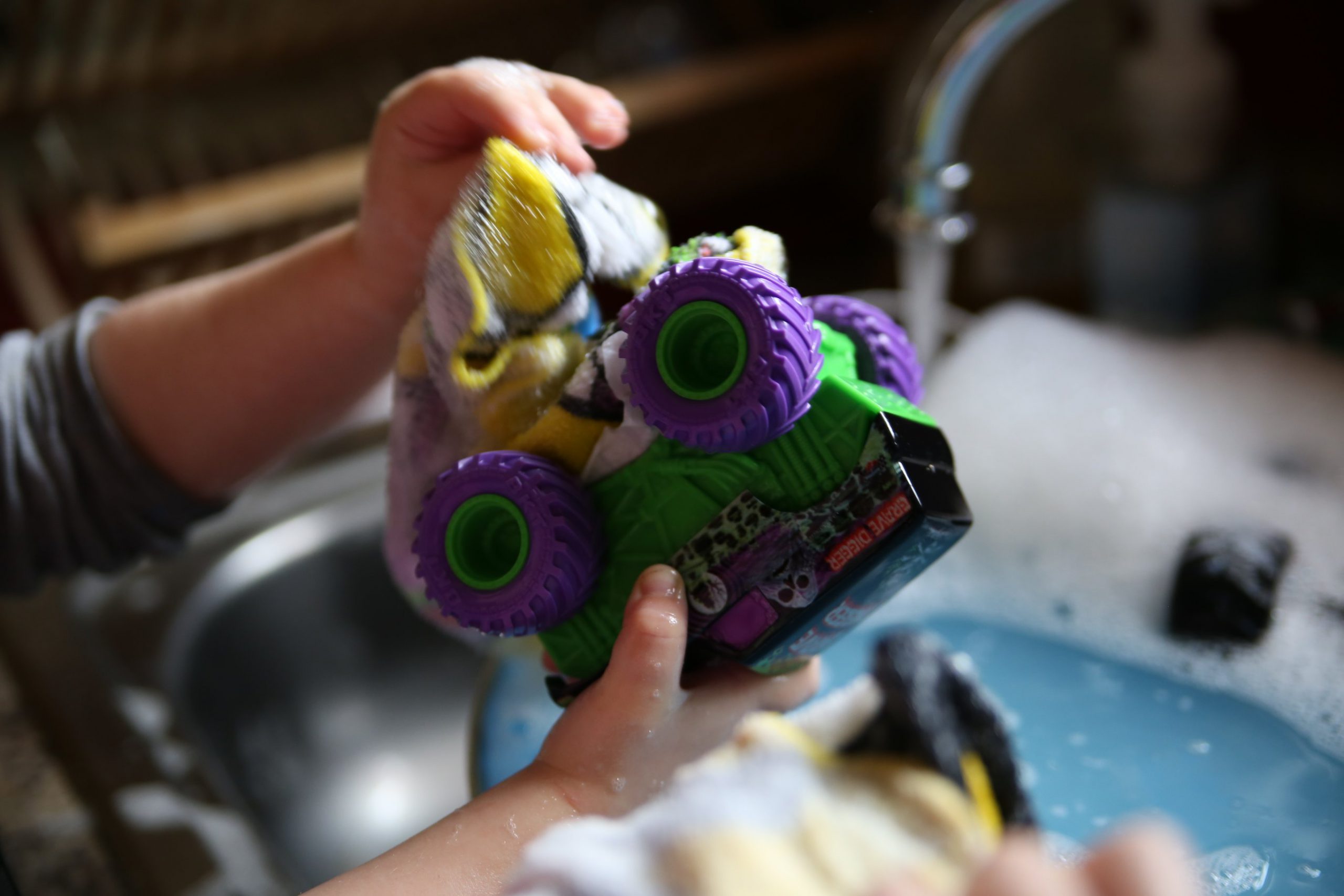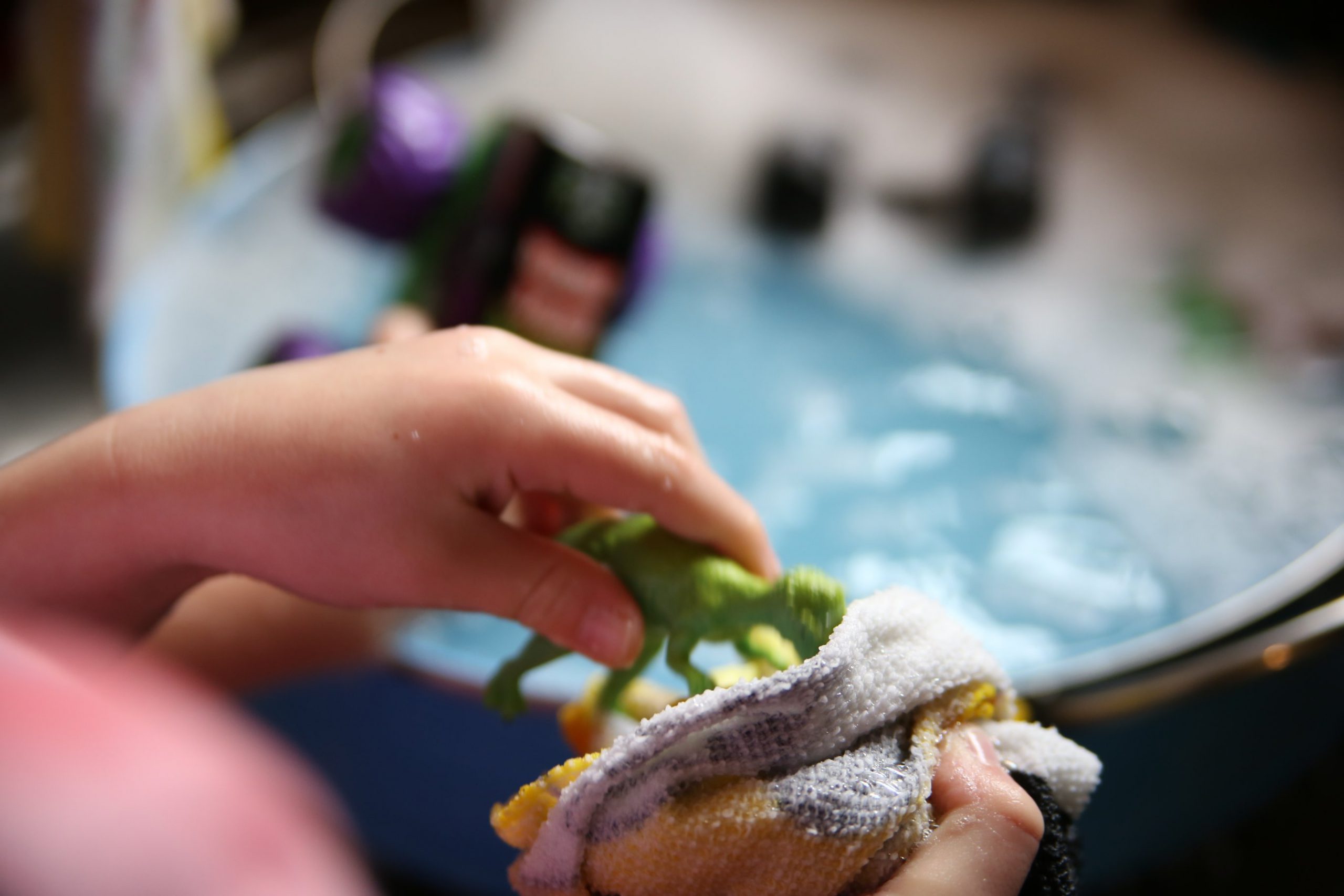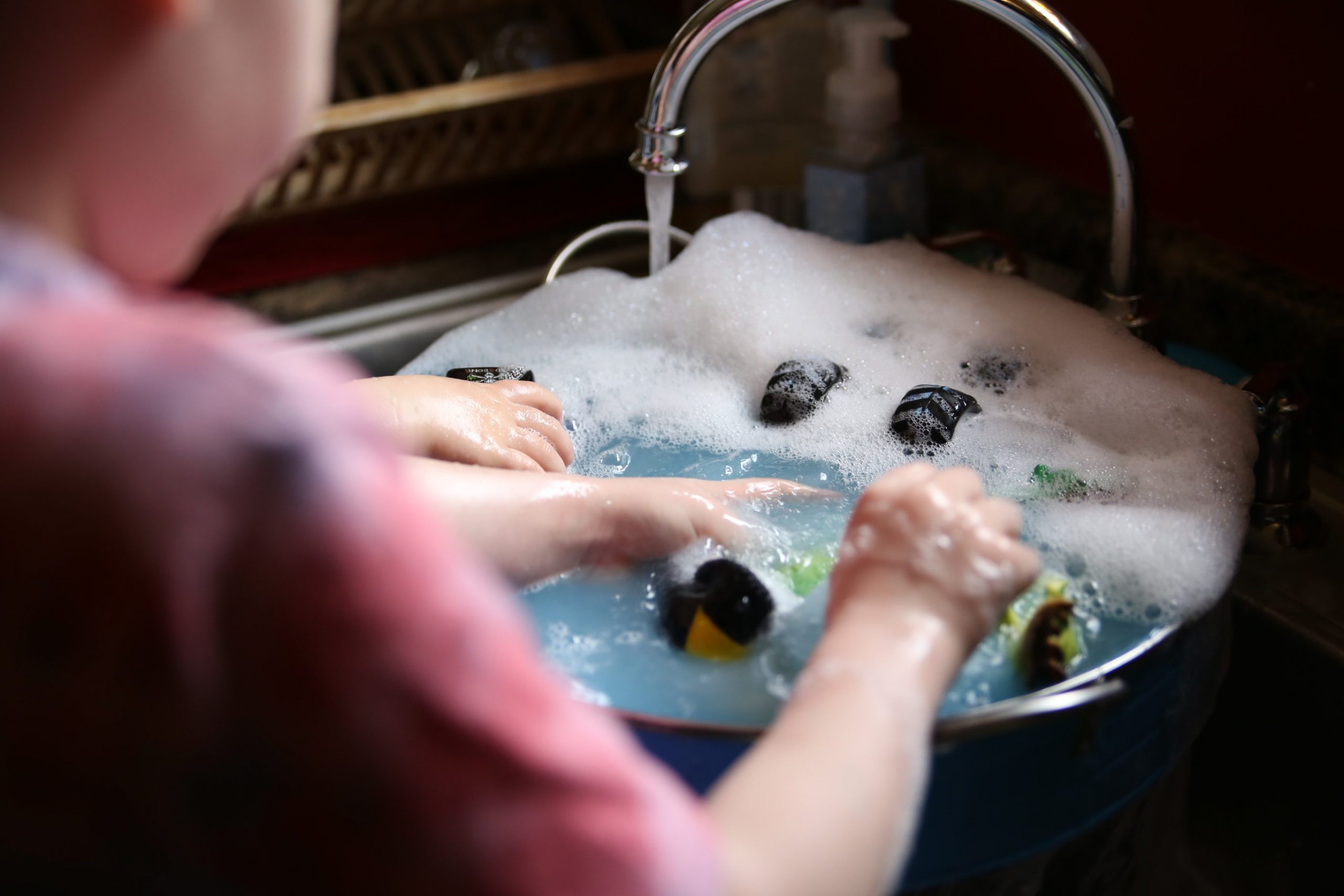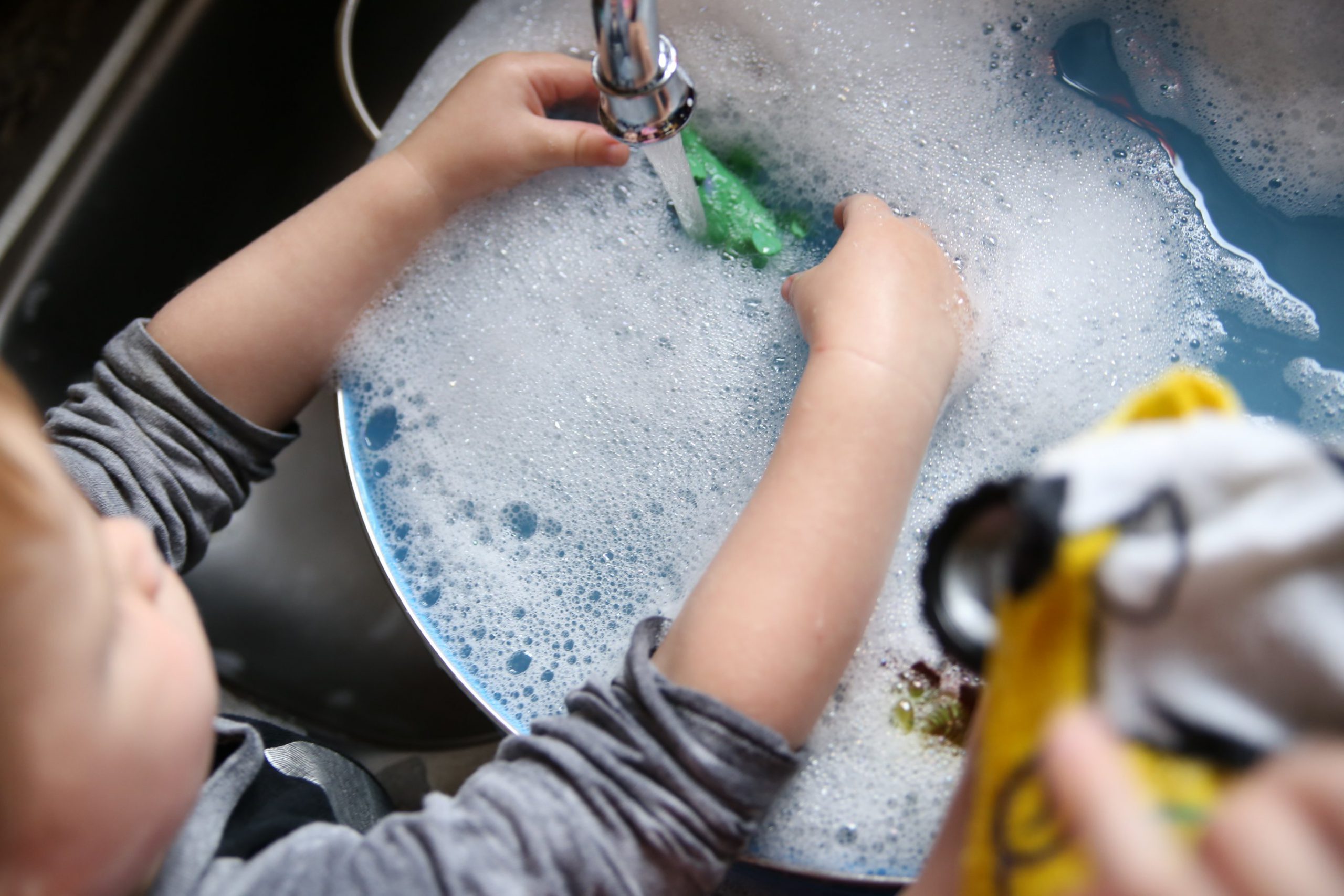The post Raw appeared first on Not So SuperMom VS Society.
]]>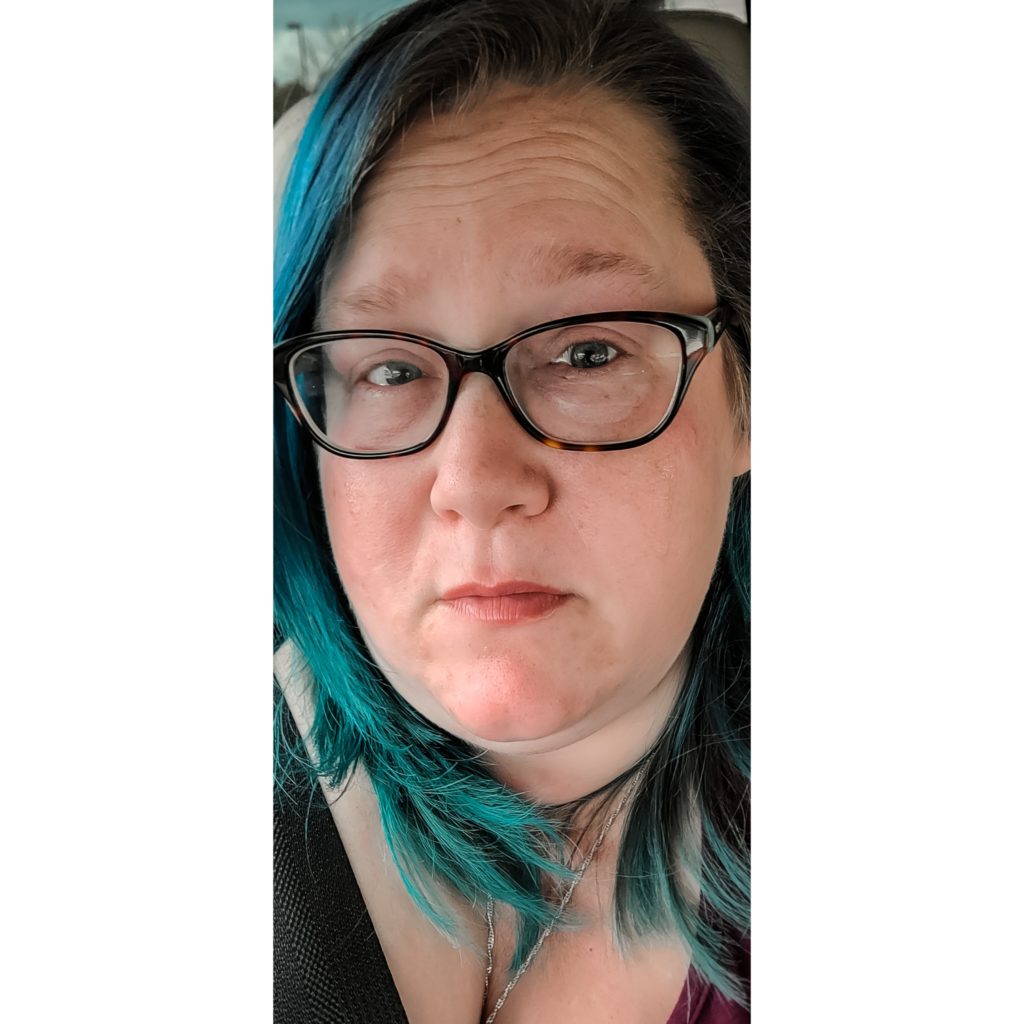
Leaving the therapists office Monday, tears still in my eyes, I was left feeling raw and vulnerable while experiencing an overwhelming amount of mom guilt. Her words crashing through my head on repeat:
“You need to ask his psychologist when enough is enough and he needs committed to the children’s psych ward. It also sounds like it’s time for him to be on medication…”
I feel unprepared to face my reality. The reality that it might be time to consider putting Finn on medication. The reality that after describing the amount of abuse Finn has put me through this week, my own therapist mentioned committing him. Though she wasn’t talking about him being committed today, she did say she noticed that the amount of virtirol and violence towards me was increasing at an alarming rate, so knowing the signs of when a child needs psychiatric intervention is important.
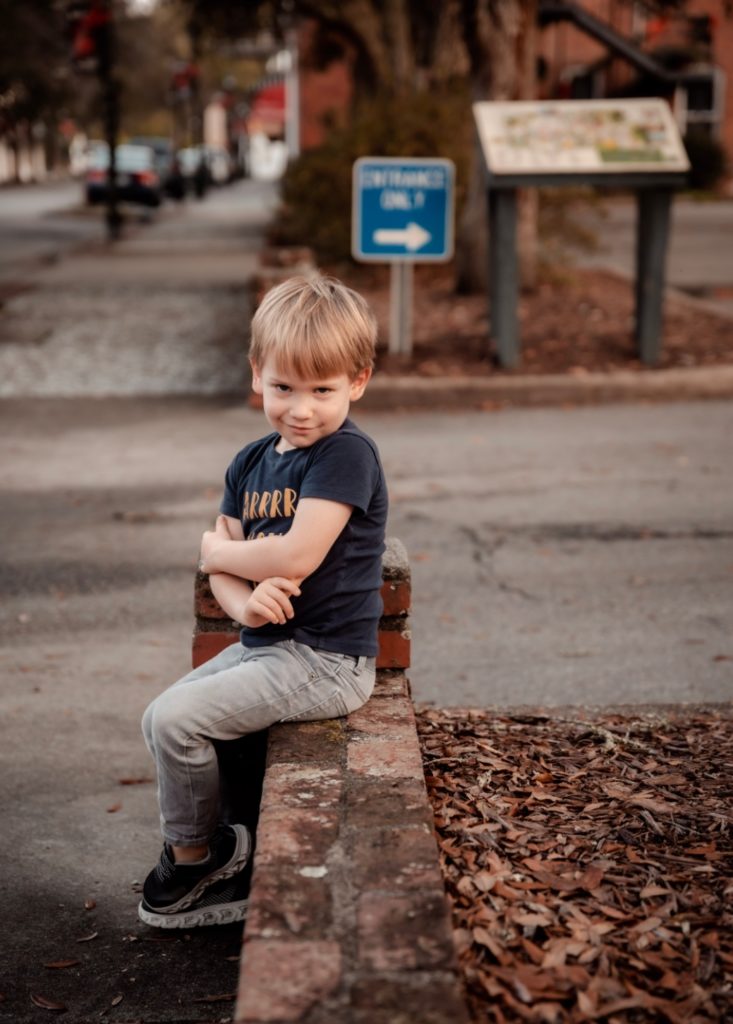
Really though, it feels like the reality is that I’m not enough. That I’ve somehow failed some magic parenting test. I sit in my car and just break down. Huge heaving sobs as the mom guilt cripples me. Oh the mom guilt. Then there is the guilt that I said my deepest fear out loud: “I worry that we’re going to lose Finn like we lost Fredric’s father.”
So I sit in my car, torturing myself. Repeating my fears and self-perceived shortcomings. Allowing the waves of grief and guilt to drown me, before I muster up the courage to call the pediatrician and let them know we need a consult.
I barely hold it together as I describe what I’m calling about. As I hang up, my voice cracking, I muster up the energy to call my best friend Ellie. And I breakdown again. Not even her soothing voice and wise words break all the way through my misery.
I turn to Facebook support groups, but before I can even post, all I see are my fears coming true in others experiences. “I had to call the police on my child and lock myself in my room for safety” “I just had them committed into the children’s psych ward for the 3rd time” and so on. I start sobbing again, terrified that this is my future with Finn. That we are fighting a losing battle, no matter how much therapy and interventions we use.
I know I need more help, so I reach out to a group of local girlfriends to see whose shoulder I can cry on. Amanda invites me over, and I sit on her bed and release all my fears and worries in a torrent of tears and grief. She listens patiently and firmly puts me in my place, telling me everything I need to hear, even though I feel unworthy of the compliments and reassurances.
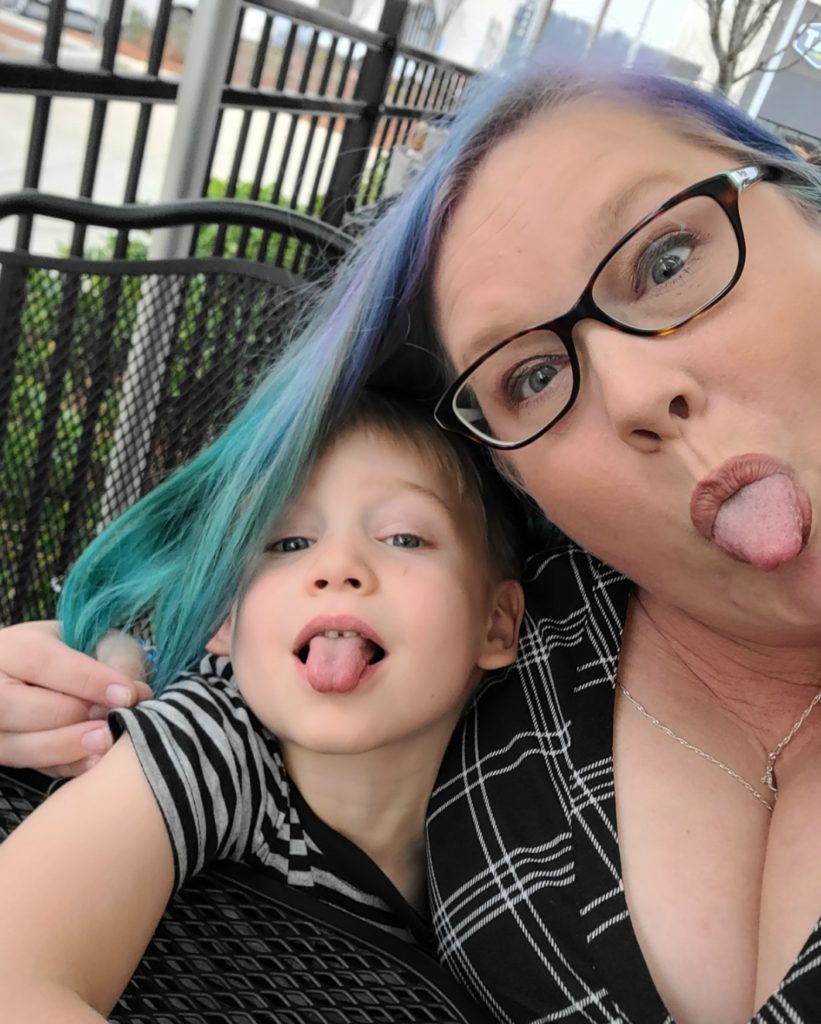
I leave Amanda’s, eyes swollen and sore, to pick up Finn. He’s in great spirits and I immediately feel better… until we go to the park. At the park, when I tell Finn it’s time to leave he starts berating me and then starts kicking me. I can feel the stares and judgement. I head to yet another girlfriends house, because it’s obvious that I still need support pulling myself out of the black hole of grief that has sucked me in.
She reiterates what both Amanda and Ellie have said, except this time it starts to sink in past my grief. It’s almost as if they talked about me before arriving and decided on a script. I lament “I just thought I had MORE TIME…” Her response is finally what started snapping me out of it:
As a parent we always think we have more time”
It just resonated with me… it was so simple, but so true. Still somewhat doubtful, I decide to let her comforting words be the truth, despite still feeling unworthy of them. I slowly try to let myself heal some, feeling thankful for my tribe.
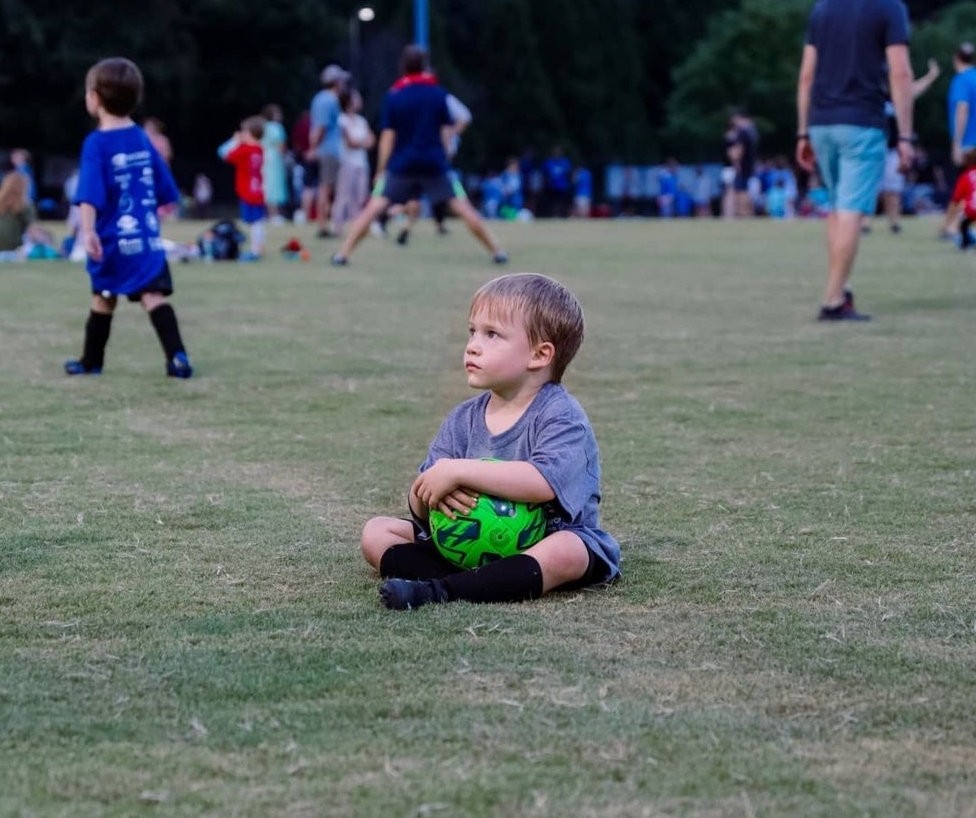
This. This right here is the struggle of a parent with a child with DMDD. This is what it looks like when we break. I’m slowly picking up the pieces that my emotional rollercoaster left in its wake, but today I feel stronger. I have a plan. I’ve only cried once, when I told his OT that it looked like we were going down the medicinal path. Yet, as I write this, I know I’ll get through it, just like I get through everything else, one day, one hour, one minute at a time.
The post Raw appeared first on Not So SuperMom VS Society.
]]>“I Hate Everyone. Kill Me Now” Read More »
The post “I Hate Everyone. Kill Me Now” appeared first on Not So SuperMom VS Society.
]]>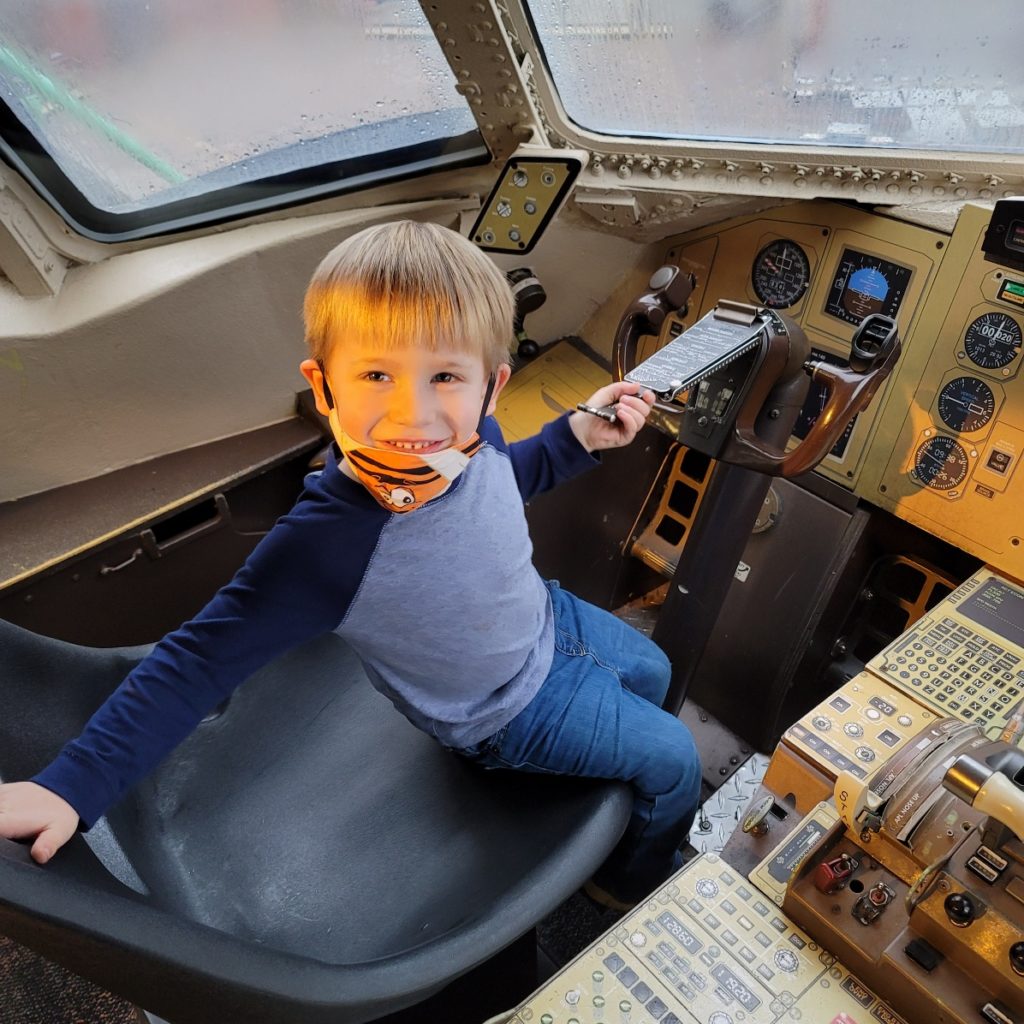
“I hate you. I hate everyone. I want you to kill me. Someone needs to kill me. I don’t want to be alive anymore. Kill me now. What does blood taste like. I’m going to drink all my blood. You hate me you hate me you hate me. You don’t love me. Everyone hates me. I want to die”
Finn, Age 4
Everything written above, was said by Finn, to me, in the span of 5 minutes this morning. This morning is our first back at OT and school since break. He’s been becoming more and more dysregulated through this holiday season. It makes sense, after all, we’ve been off schedule, off therapy, and really just off.
What is dysregulation? It is defined as the following:
“Dysregulation, also known as emotional dysregulation, refers to a poor ability to manage emotional responses or to keep them within an acceptable range of typical emotional reactions. This can refer to a wide range of emotions including sadness, anger, irritability, and frustration.”
The effects of dysregulation can be mild or severe, but in our case, as the holidays have come to a end, and as our normal schedule is supposed to resume, calling it severe is an understatement. In general, emotional dysregulation involves having emotions that are overly intense in comparison to the situation that triggered them. This can mean not being able to calm down, avoiding difficult emotions, or focusing your attention on the negative. Most people with emotional dysregulation also behave in an impulsive manner when their emotions (fear, sadness, or anger) are out of control.
As I sit here and write this, I begin to feel the guilt creep in. I know I handled this mornings outbursts poorly. I feel like I’ve been stuck in a hurricane of my children’s volatile emotions, and that has slowly chipped at my patience. I struggled this morning, as I’ve been struggling the past 2 weeks. Struggled with screaming at the kids “why don’t you have shoes on yet? I’ve asked 48 times!” “We’ve got to go! We are running late!” “Can you please for the love of all things, just put on your dang coat?!? GUYS WE ARE RUNNING LATE!”
I know this sounds like a typical parents morning, but the majority of them don’t have 2 dysregulated children, one of whom is taking turns playing dead on the ground with screaming back at you they want to die and hate everyone, while the other tries to hit you and screams “this is the worst day of their life” and slams doors/hits the walls.
I know when the adult is dysregulated, the chances of the kids getting regulated are slim to none. Typically my children rely on me to be their emotional regulator, so when I’m not regulated, utter chaos breaks out. We are all left drained. Empty. Sad. Disappointed.
I know it won’t be long until we are snuggling again, but it definitely takes longer for the pain from these moments to fade. However, I live for the good moments in between. I try to keep the memories of the happy and fun times in my head, as a balm to ease the tougher days.
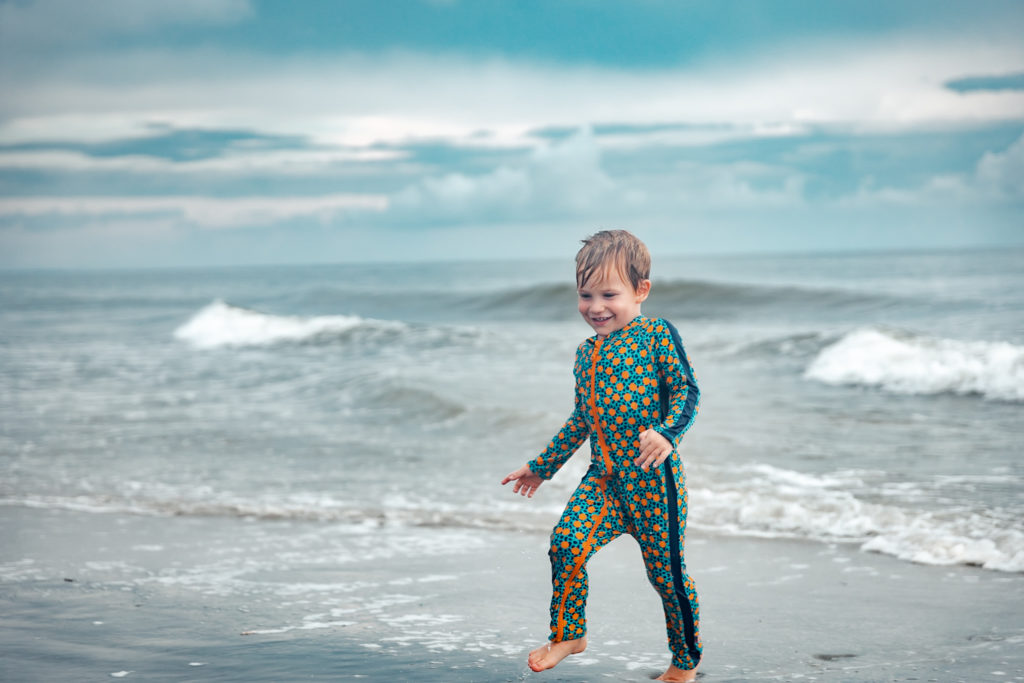
I’m not sharing this for sympathy, but rather insight. To show those of you who struggle with mood disorders, either with yourself, child, spouse, etc, that you’re not alone. For those of you who don’t have this struggle, but who could use a reminder to give a little extra patience to the woman or kid who is a little short with you today.
The post “I Hate Everyone. Kill Me Now” appeared first on Not So SuperMom VS Society.
]]>Motherhood Uncensored: Coping With Endometriosis Read More »
The post Motherhood Uncensored: Coping With Endometriosis appeared first on Not So SuperMom VS Society.
]]>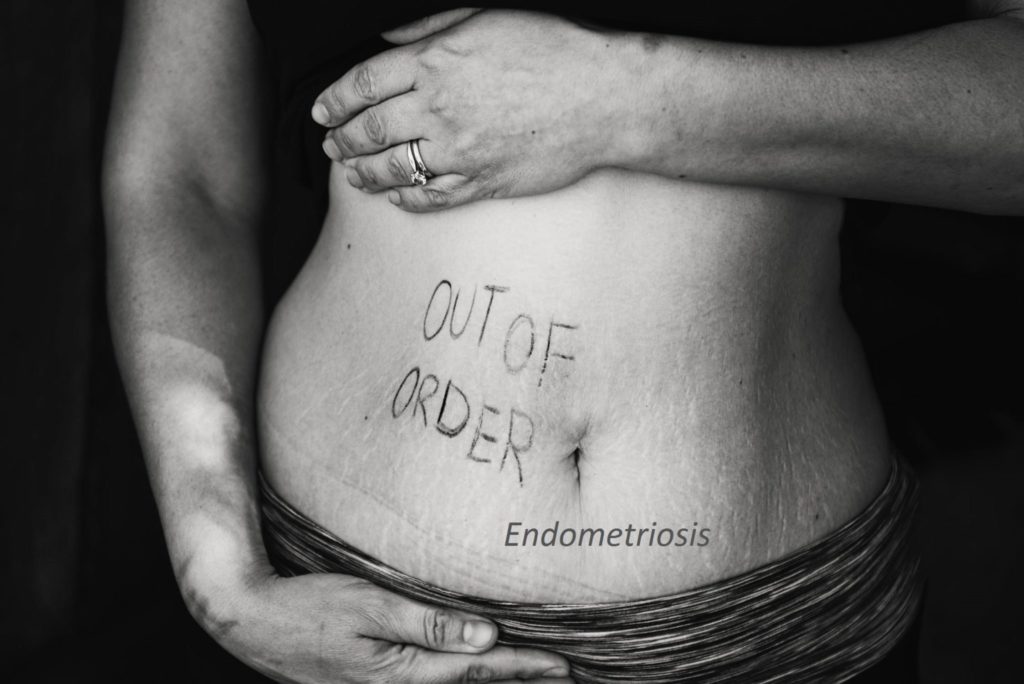
What Is Endometriosis?
Endometriosis is a disorder in which tissue that normally lines the uterus grows outside the uterus causing chronic, debilitating pain and menstrual irregularities. It affects around 1 in 10 individuals during their reproductive years. That is about 176 million people worldwide and counting. Because endometriosis is a full body disease, it has the potential to spread to other places in the body outside of the reproductive organs such as the chest cavity, lungs, liver, kidneys, bladder and bowels. It has been found everywhere except the spleen.
Despite symptoms like crippling pain, fainting, vomiting, pain with sex, severe bloating/”endo belly”, bladder spasms, etc, the only way to officially diagnose endometriosis or adenomyosis is surgery. And no, surgery is not a cure. Many sufferers go on to have multiple surgeries because the disease often comes back. Even a hysterectomy doesn’t guarantee that endometrial tissue won’t start growing in places it’s not supposed to again.
To top that off, there is also a possibility of developing adenomyosis, the sister disease to endometriosis, which is when endometrial cells exist or grow into the uterine wall. Both physically AND mentally debilitating diseases, endometriosis and adenomyosis are listed in the top 10 most painful illnesses to have. Both diseases are still being researched and examined to find a definite cause. And while there are various treatments and ways to alleviate pain and symptoms, there is no cure.
“There is no cure”
Many people are unaware that there are three different types of endometriosis and there are four different stages (I-minimal, II-mild, III-moderate, and IV-severe). Although this is good information to know, no particular stage determines the amount of pain or symptoms an individual may experience at any given time. Women can go years undiagnosed, and still be a stage I or have milder symptoms and be a stage IV. The main issue with stages III & IV is how it impacts your fertility.
And this is where my journey begins.
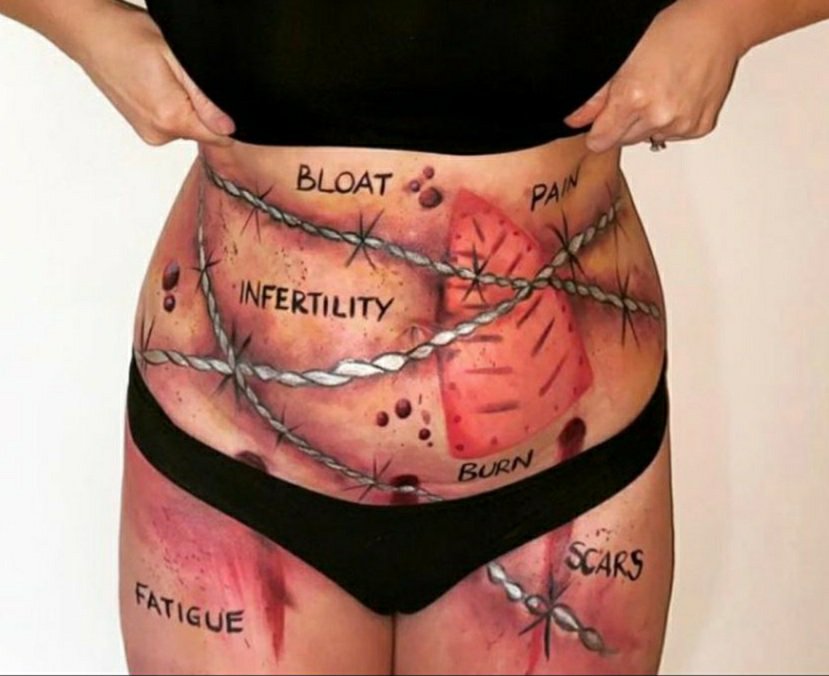
My Endometriosis Saga
I was 31 when I was diagnosed with endometriosis. I had been suffering for almost 3 years by the time of my diagnosis. This is my story of how endometriosis has impacted my life.
Prior to my issues starting, my periods were eerily predictable. Every 28-30 days lasting 5-7 days like clockwork. Then something changed. I feel like that change was triggered by using birth control. I remember my first incident- I had a period that lasted from April 27th until July 6th. Yes, you read that right- just over 2 months. At the beginning of July I decided to stop using my birth control and BOOM, my period stopped.
I made the decision to just try to track my periods and use the “natural planning” method for birth control to hopefully fix the issue. I started tracking my ovulation in August, buying a ovulation monitoring kit. I wanted to test daily over the next couple of months to figure out if I had a pattern or if it was going to still be as weird as it was when I was on birth control. My August period was barely there- basically 2-ish days of spotting then nothing. I figured I had already had such a long period that it was going to take some time to even out.
Toward the end of the month my LH numbers (what ovulation kits measure) slowly increased. I figured this was a “spike” and kept testing daily to see how long it would last. Imagine my surprise when after a week it still showed I was ovulating. Typically a surge only lasts 36-ish hours. On a whim I took a pregnancy test and walla! It was positive.
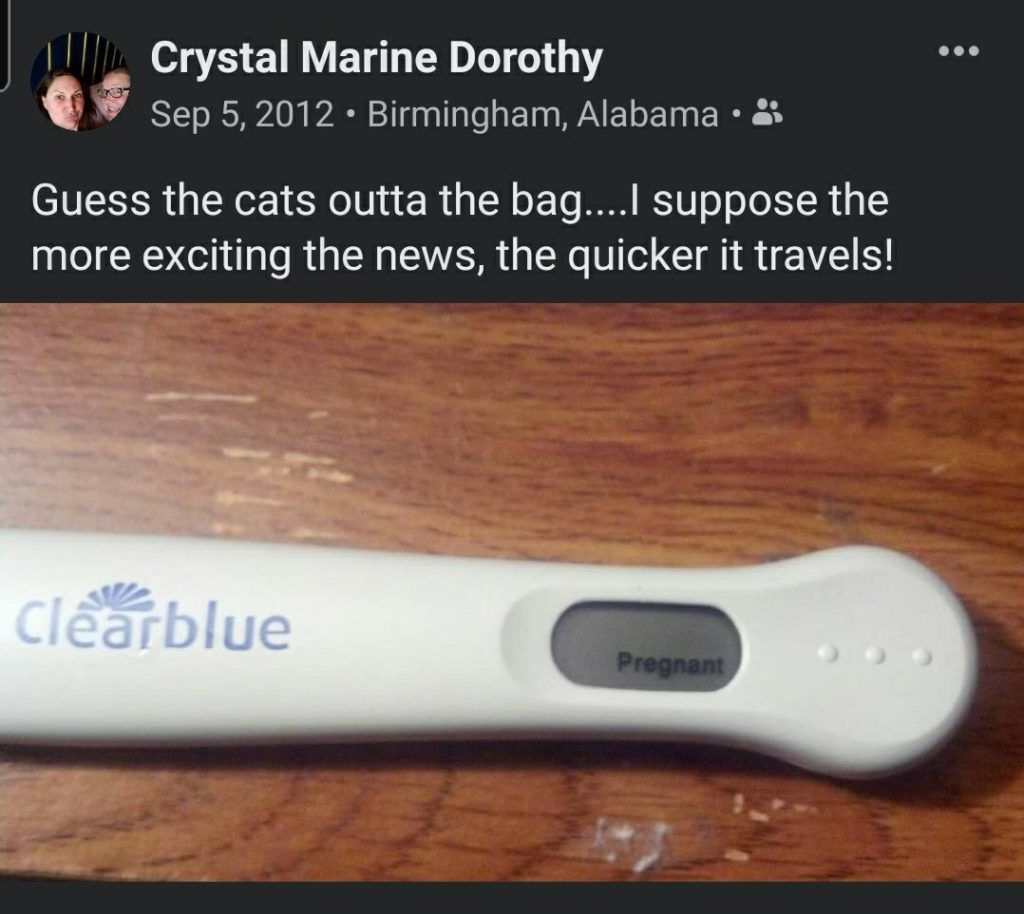
Quite frankly, I was shocked. Apparently my August “period” was implantation bleeding. I was scared, nervous, and cautiously excited. Sadly, before the end of September, I lost the baby.
To say I was devastated would be an understatement. I won’t go into details, but I ended up having to switch doctors and go through 3 procedures before my medical issues were fully resolved. We also had announced to family & friends, so having to reiterate the loss multiple times and be the recipient of sad looks felt like a punch in the gut each time. However awful those looks made me feel, it was worse when they didn’t “get” it. I still am haunted by a colleague who said “I don’t get why you’re still so upset. I mean you were barely pregnant, so really there wasn’t much to get attached to. Why not just move on and try again?”
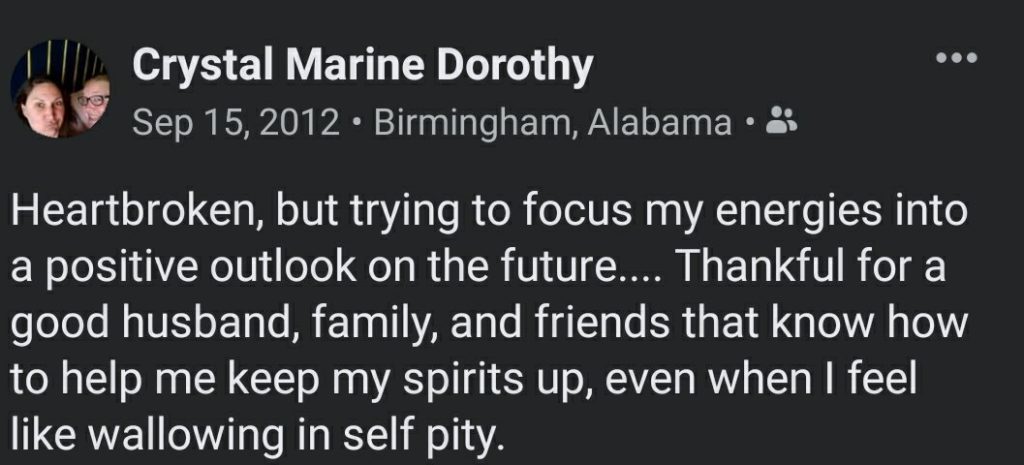
That December, my husband & I decided to relocate to Atlanta. This ended up being one of the worst decisions we could have made. With no job, no support network, and unknowingly facing months of infertility, I started slipping into a deep depression-a depression I’m still fighting to overcome. I desperately wanted to become pregnant again, but my periods were becoming increasingly painful and unpredictable. I tried supplements, working out, etc- nothing worked. Each cycle yielded the same results: a negative pregnancy test. I became so bitter and haunted by the pain of those negative tests, that when a sweet friend told me about her pregnancy that following summer, all I said was “that’s nice” and walked away seething. I still feel guilty about how I responded years later.
I started working with an doctor in May, and by fall 2013 it was determined that I had endometriosis. We started the treatment/diagnosis process with a laparoscopic surgery. It was scary and unclear if this would solve my issues or if they would even find anything wrong. I remember being terrified that they wouldn’t find anything, meaning it was all in my head, or that they would find something that was even worse than endometriosis.
After surgery, I was diagnosed with stage III endometriosis. He went on to tell me that this is likely why I had been unable to get pregnant again and it could have even been the cause of my miscarriage. He also cautioned that if I was to get pregnant, that my chances of having a c-section or pregnancy complications would be higher.
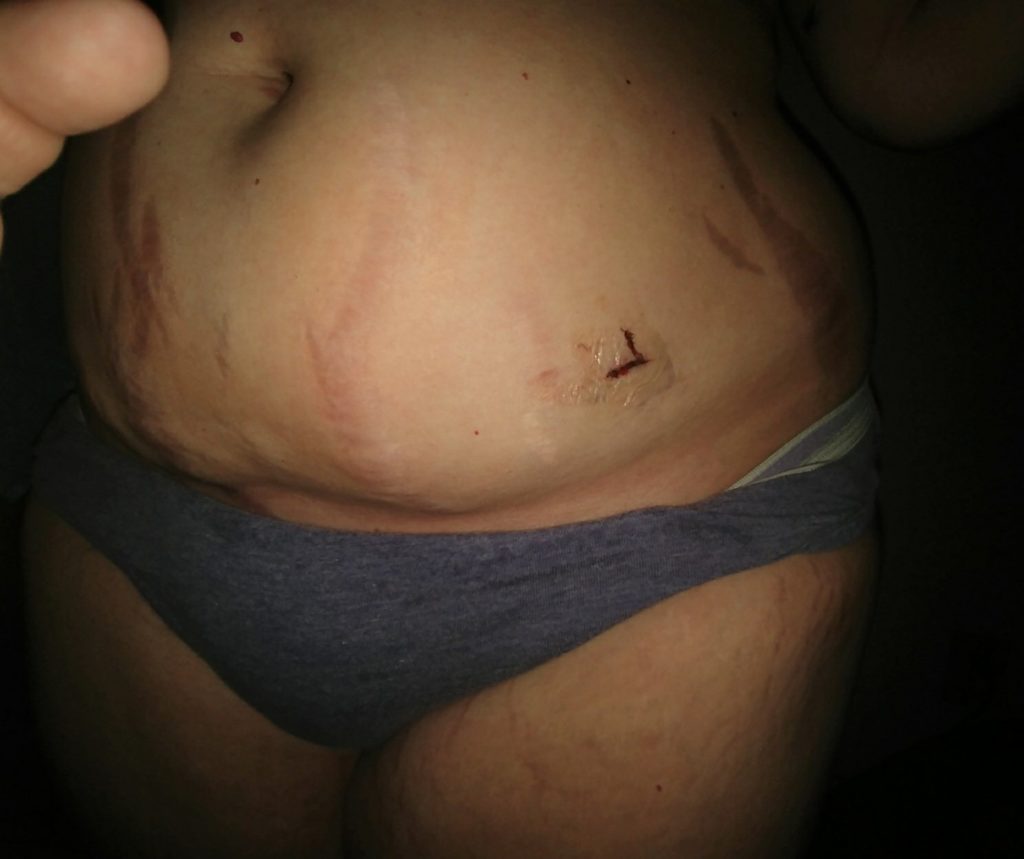
Still, I pressed on. After a few weeks of recovery, I went back to the doctor. My hormone levels still weren’t ideal for conception, so I was given fertility treatments. The treatments had some miserable side effects, but I was determined to see it through.
The first round was a dud, however, the 2nd round looked much more promising- I had several follicles that were healthy looking and ready. I was visiting my mom that Christmas and came down with a nasty cold. It was still pretty early to find out if I was pregnant or not, but I decided to try a test *just in case*. There was the faintest barely there line. I wasn’t even sure it wasn’t my eyes playing a trick on me. We went to the doctor to get medicine and they gave me another test. It was still faint, but they confirmed it was an early positive. I was so excited I didn’t even care that I was sick. Sadly, Fredric wasn’t with me, (he had already gone back due to work), so for the second time, I had to tell him I was pregnant long distance!

I was nervous wreck after finding out this time. I didn’t want to wait until I was back with Fredric to do an ultrasound-I NEEDED to know immediately if this was a viable pregnancy. I made an appointment at a local office and went with my mother. Hearing Everett’s heartbeat for the first time was one of the most magical experiences I’ve ever had. Though hearing his heartbeat gave me reassurance, I still worried constantly. I kept thinking I would somehow lose him or he wasn’t going to develop correctly. This time I refused to share or post about the pregnancy until I was almost to my 2nd trimester. I insisted on extra/early testing, just to make sure he was healthy and that he was growing normally. It wasn’t an easy pregnancy by any means, and I’m pretty sure the anxiety I had developed over the last 2 years of loss & infertility has never completely gone away.
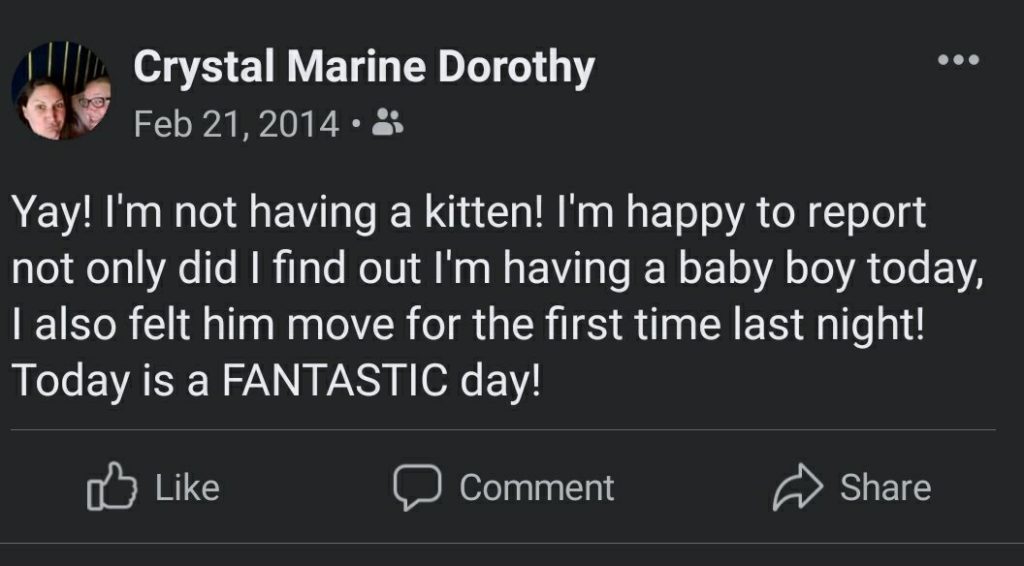
Moving Forward
During this journey the worry about endometriosis always hung over my head. It was like this horrible nagging voice that would rear it’s ugly head any time I thought about trying to have a baby again. Thankfully, pregnancy & breastfeeding usually reduces the symptoms and spread of endometriosis due to your lack of period and the increase in progesterone, so I had a nice break from dealing with it.
Despite waiting until the day the pain would come back and start tormenting me again, I was happy with Everett and decided that being “one and done” actually worked out perfectly for us.
Surprise!
In January 2017, I took a pregnancy test in solidarity with a friend who was worried she was pregnant. Apparently the fates decided that they weren’t done throwing us curveballs, so while her test was negative, mine was a resounding positive. This time I wasn’t “joyous.” I was unprepared and shocked with just how simple it was to get pregnant with Finn. I was scared- my pregnancy with Everett was hard. Everett was also starting to really show signs that something unusual was going on with him. I essentially spent the whole first and part of the second trimester not really acknowledging my pregnancy. Don’t get me wrong, I went to appointments and didn’t “deny” my pregnancy, but rather, I didn’t “celebrate” it. I pushed forward full steam and eventually got my self to the point where I started spotting from overdoing myself. That spotting made me realize just how much I wanted another baby and how lucky I was that I didn’t have to suffer through another infertility cycle.
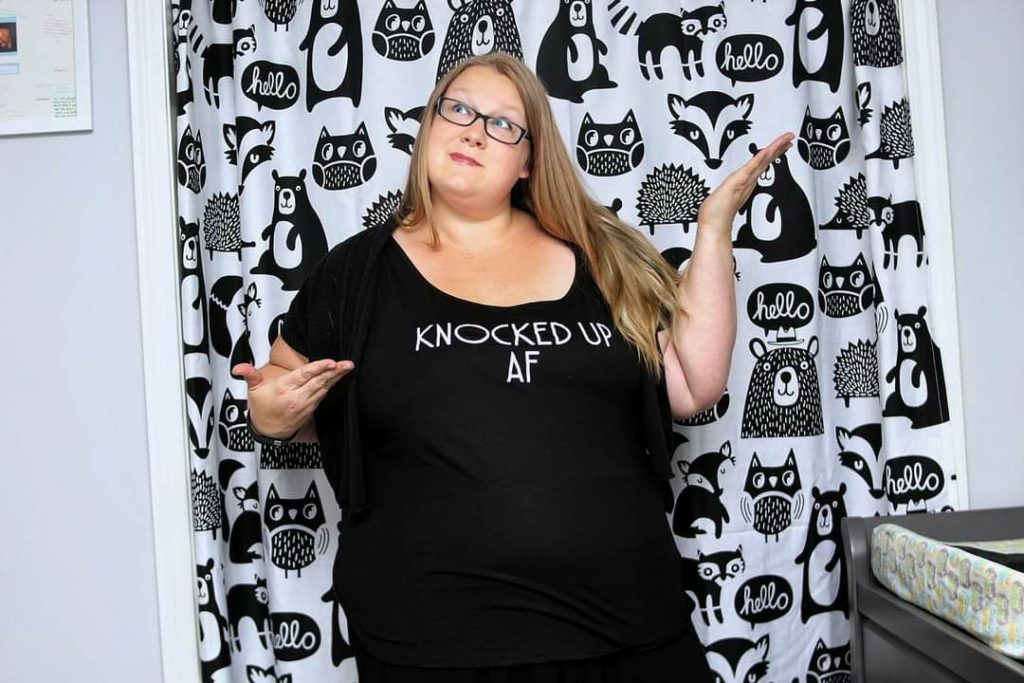
So What Now?
As of this morning, I was inspired to write this blog because my endometriosis is back. I had almost 6 years with “normal” periods thanks to pregnancy and breastfeeding, but unfortunately, the excruciating pain and ridiculously heavy period is back. I would venture to say that my period is actually worse now than it was.
Oddly, my periods are following a more “regular” cycle length, though they can still vary from 27-40 days, they are typically around 31 days. However, the last few months I’m seeing an increase of what is best described as a “mini” period in between my “regular” periods. My bleeding gets so severe that I suffer from vertigo, iron issues, cold-like symptoms, and don’t get me started on the pain.
Oddly, or maybe thankfully, some of my periods are manageable, and I’m able to continue being a mom with the use of NSAIDs over the course of the first few days of my cycle. Some are much harder than that. All I’m able to do is get from the bed to the couch. These are the days that I’m especially thankful for Fredric. I know that I’ll likely need another one to two surgeries in the near future, which now that I’m a mother is even more scary.
I never wanted to be a woman with chronic pain. I certainly never wanted to be a mother with chronic pain. But I truly believe we’re all shaped by our experiences. The bad days help me appreciate the good days. My boys are learning how to be gentle with me when I’m feeling down-and seeing them learn to be nurturing is a reward on it’s own.
I’m just thankful that my good days still far outweigh the bad.
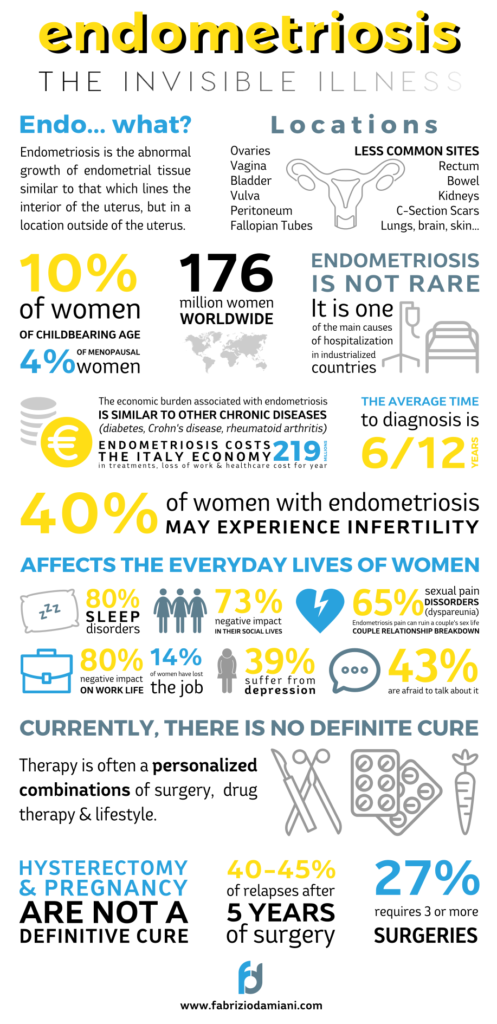
The post Motherhood Uncensored: Coping With Endometriosis appeared first on Not So SuperMom VS Society.
]]>Living Life On The Spectrum, Homeschool Edition Read More »
The post Living Life On The Spectrum, Homeschool Edition appeared first on Not So SuperMom VS Society.
]]>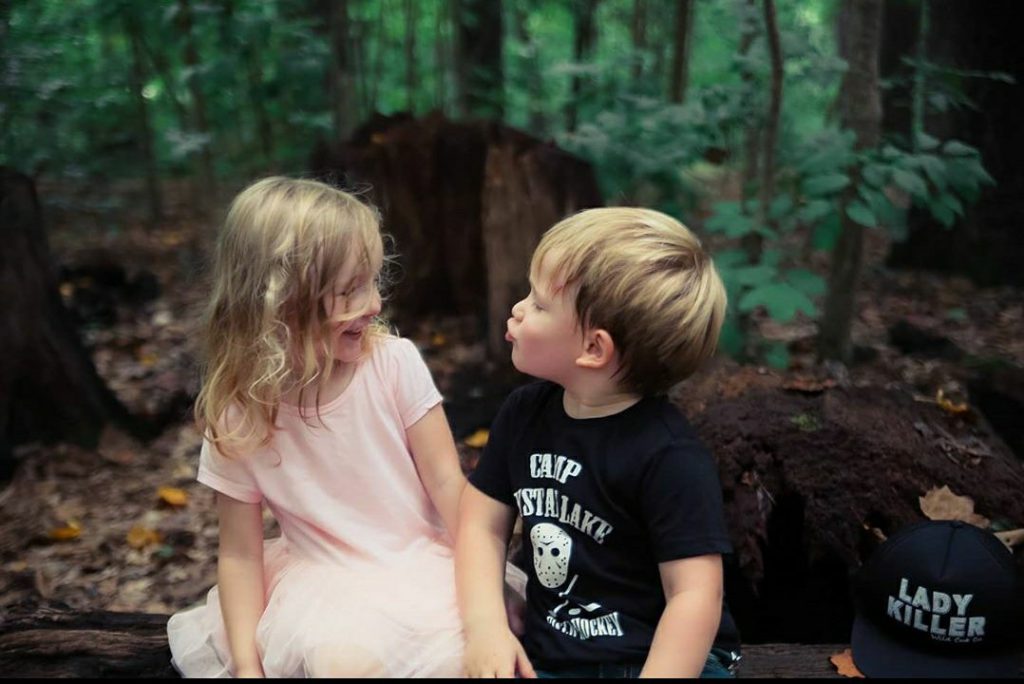
It’s nice to have another mom to talk to, especially a local one, who has a child with similar issues the same age. The thing is, even though our boys have similar issues, they deal with them different ways. Hence why Autism is called a spectrum.
This year, while I decided Everett actually needed to be in school to thrive, Marjorie made the opposite decision. I felt like it’s a decision a lot of Autism Moms are faced with, even when there isn’t a global pandemic, and I loved her reasoning behind it. I invited her to write a post for the NSSM blog to help out other mothers in a similar situation. I hope you love it as much as I did!
Buckling In: Why I Chose to
Homeschool My Neurodivergent Child
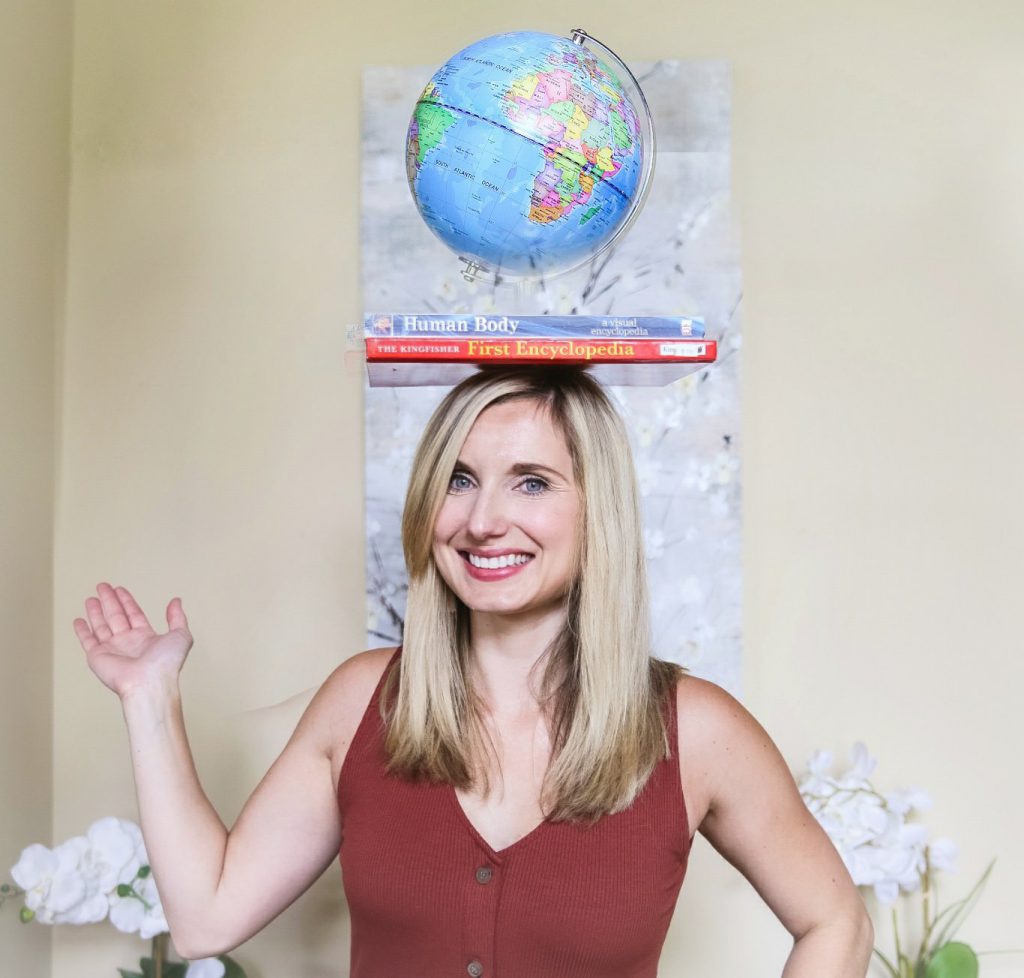
It started with a preschool teacher’s accusatory finger pointed toward my face and ended with me in tears so heavy I could barely catch my breath. Was it all my fault? I felt like an amateur and a failure as a parent.
We moved from Ohio to Alabama only two months prior. This wasn’t our first cross-country move, but it was certainly the hardest on our 5-year-old son, Connor. Connor is on the autism spectrum, and while he has low-support needs, changes as big as moving to a new state can be incredibly difficult for him. He has “invisible” struggles that are, as I’ve learned, hard for others—even educators—to understand.
We were able to get him a last-minute spot in a public preschool program here in our current nook of greater Birmingham. Connor did very well during his 4-hour per day program—just as he did in Ohio, just as I expected. But likewise, just like in Ohio, he was becoming overloaded due to the complicated expectations of school (this isn’t something we were fully able to grasp at the time, however).
Each afternoon when I would pick him up from preschool, he fell apart. He would hold it together in school, and then when I arrived at pick-up, he would immediately let that composure go. It would, on some days, be a momentous struggle to get him buckled in his car seat. He would kick and run around. He would sometimes throw fits and yell. By this point, I was normally sweating with rising anxiety.
When we would arrive at home a short one-minute drive later, he would let it all go. And I mean all of it. He was back in his safe space. At this time, after school each day, he was having legitimate meltdowns—the kind that depleted all of the energy he had and all of the energy I had. While the meltdowns eventually ended each day, he was often left in a very irritable state for nearly the rest of each evening. He would continuously grab and pull things at home and in public in order to gain input to calm himself. He was easily triggered by seemingly small occurrences. My husband and I were both struggling to handle these behaviors and struggling to find an answer. We weren’t perfect, but we were absolutely trying.
On that day the teacher put her finger in my face, I was already close to my mental breaking point. I politely asked her if she had noticed Connor’s struggles to get into his car seat and I asked her if she had any suggestions to help. To my surprise, she said to me, finger pointed toward my face: “I’m probably going to say this the wrong way, but that’s on you.” I was told that I simply needed “clearer boundaries” for him. She did not see him as struggling because she was blinded by his ability to mask in school.
That might not sound like the most terrible thing to hear, but in that moment, it felt like a huge slap in the face. I was a struggling parent and simply asked for advice. Even after I tried explaining during an IEP meeting what I saw happening (no, clear instructions and a social story were NOT working, per her suggestions), she seemed to completely disregard those thoughts.
The consideration that maybe there was something more going on that she couldn’t see was obviously not something that would be entertained during this meeting. I started to question if I could continue to participate in IEP meetings and continue to have teachers misunderstand me and my child.
Unfortunately, kids like Connor are often misunderstood. Behaving in school and academically advanced? Clearly his after-school behavior is simply a result of a lack of parental boundaries.
Oddly enough, we saw a psychologist during this time period and he was able to witness the meltdowns and behaviors I was seeing. Maybe teachers didn’t believe me, but he saw it. He said, “Marjorie, I need you to know that this is not parenting related. He is struggling with anxiety and impulsivity and overload. This is nothing you are responsible for. I’m glad I got to see it so I can get the full picture.”
“Marjorie, I need you to know that this is not parenting related. He is struggling with anxiety and impulsivity and overload. This is nothing you are responsible for. I’m glad I got to see it so I can get the full picture.”
THIS.
THIS lifted me away from anger. I think I called everyone I knew that day to tell them how validated I felt. I wasn’t a failure. I had a kid who was struggling and now it was time to “buckle in” and figure out how to drive all over again.
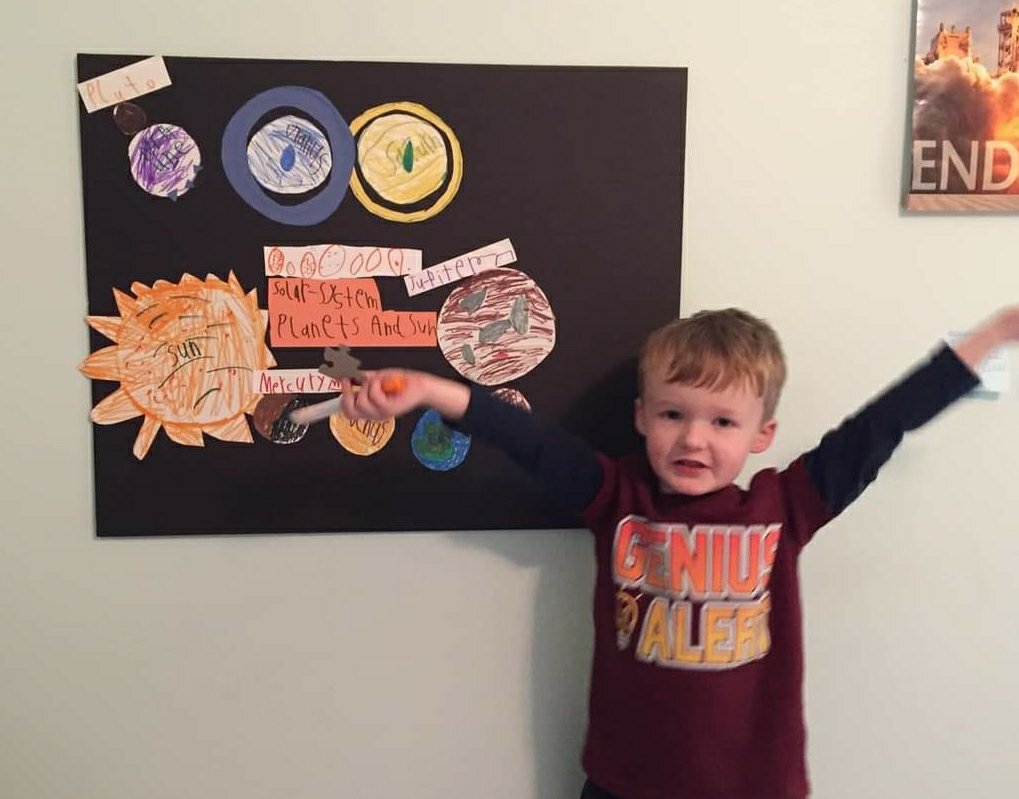
Shortly after, to the shock of everyone around the world, covid-19 happened. And our worlds changed drastically. While many others were struggling, we were, for the first time in years, finding peace and calm and happiness.
This is not to say everything was immediately perfect. But once school abruptly ended, we were able to study our son more closely. We started to figure out his triggers, his limits, and what was overstimulating for him. We noticed that his moods were getting better. He wasn’t as irritable or as easily frustrated. I can’t say it was all due to school, but that was certainly a huge part of his life that had been taken away completely. It only made sense.
We’re now starting to see and understand that Connor “masks” in some situations like school and then lets go of that mask when he’s no longer forced in that situation, or when he just can’t take it anymore. We have since witnessed this in other circumstances (after long outings or especially overwhelming environments like restaurants or chaotic playgrounds, for instance).
As the weeks went by, I was able to create the type of peaceful routines I noticed that he needed. I utilized some strategies taught to me in OT. When I noticed him becoming overloaded, I pumped the brakes and allowed him to do things like use his iPad, draw, use materials like play-doh, and just generally unwind. It was starting to work. My husband and I were in true disbelief. He hadn’t had a single meltdown in weeks. He was listening better. He was behaving better. He was connecting more than ever before with his sister and with us.
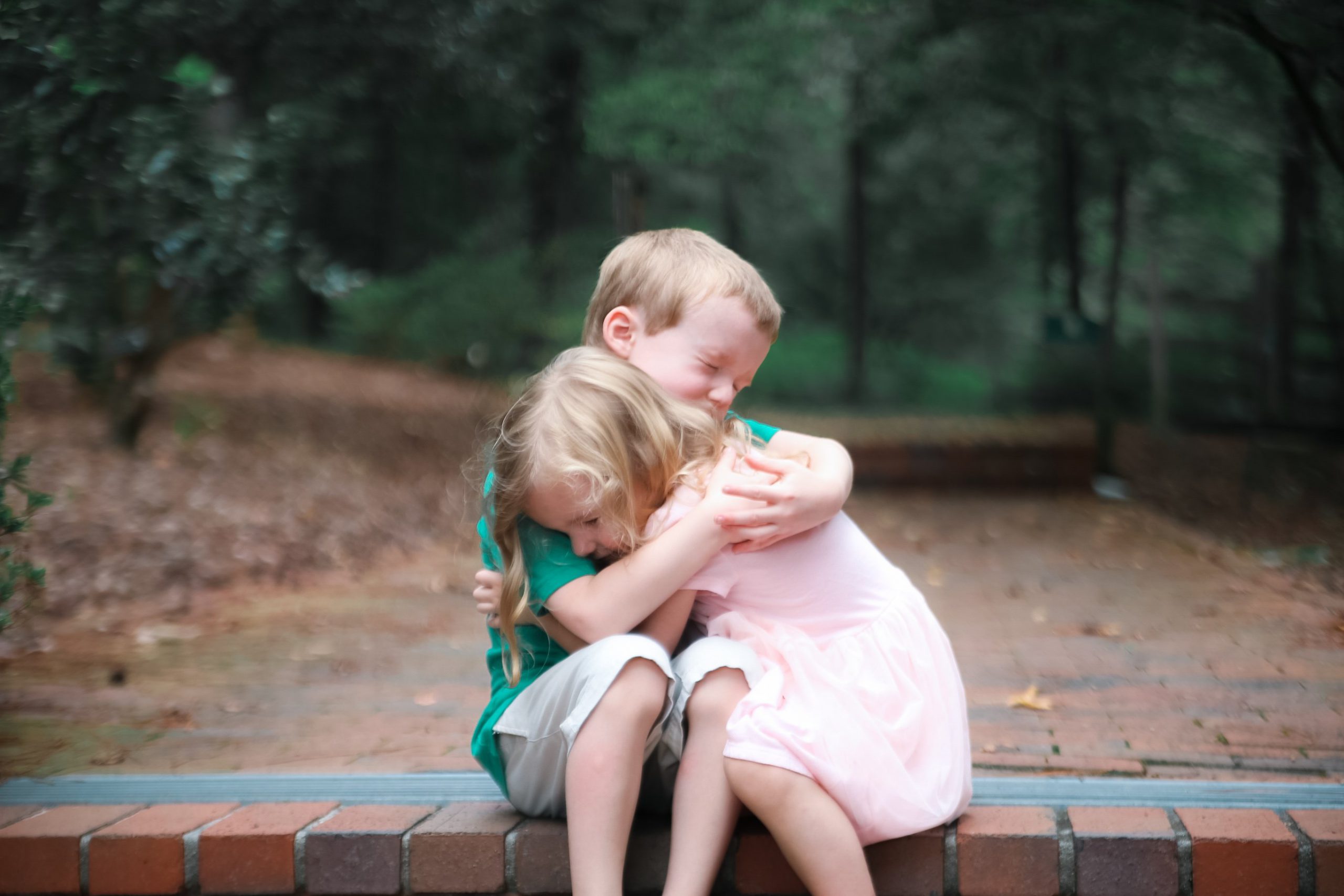
When it came time to make a decision about homeschooling, we decided it was worth giving a shot. After all, at the time it didn’t seem like schools would be a safe place anyway, and I knew the addition of wearing masks would be even more overwhelming for Connor. Not to mention going from a 4-hour preschool day to a 7-hour Kindergarten day.
I consider myself to be a very quietly stubborn person—as in you might not realize how much I will fight or push or work to make something I care about happen. And that’s exactly what I did when it came to homeschooling. I researched and learned along the way. I ended up switching curriculums just two months in, because I found one that better met my son’s needs. I fiddled around with schedules and observed how much time my son could spend learning each subject before needing a sensory break. I was able to fully advance him a grade level (and sometimes more depending on the subject). As a child who is academically strong, he was both struggling in school and not working at his ability levels.
Talk about a less-than-ideal situation.
Now, he gets to work exactly where he’s at and even pursue topics of interest that are not covered in kindergarten—he loves studying countries, cells, computer animation, you name it! He also has more time to participate in wonderful social skills groups, martial arts (which is proving to be an awesome outlet for him), and I am able to help guide and process social interactions with him. For the first time in years, I can take deep breaths again.
I can honestly say that, right now, I rarely have moments where I sit and cry because I’m so overwhelmed and feeling hopeless. And goodness, my child really seems like a happy child, which is all I’ve ever wanted for him. He really isn’t having meltdowns anymore, like, at all. Sure, he certainly doesn’t always behave or listen, he still gets overloaded and irritable sometimes. Life isn’t perfect, and I’m still learning as we go.) But, it’s been five months since schools shut down in March and we’ve only had a few meltdowns here and there. He used to have them everyday, sometimes multiple times a day. His general mood is so much calmer and happier. He follows directions well and even volunteers to help around the house. He does really kind things for everyone in his family, and because he’s happy, we can see how that impacts our entire family. We are all happier. There is a sense of peacefulness in our home that we’ve never experienced. And I’m no longer as anxious when I take him to parks or around other kids. He’s making a lot of progress. I think because we are now in this calmer place, we’ve been able to actually focus on skills like socializing and good behavior.
Before, it just felt like getting through the day was all we could do. I know new challenges may arise (actually, undoubtedly, they will), but I’m ready for them. And through this experience and transition to homeschooling, I’ve learned that I have the tools and ability to figure it out. I have more trust and confidence in myself as a parent. Even on days I feel discouraged, I remind myself that I love my child more than anyone on this planet, and that has to be enough. I will always do what’s best for him and tweak our situation and environment as needed.
Homeschooling was never something I thought I’d do. But I was given a child who is a little “different” and is honestly more amazing than I can put into words. The way his brain works astonishes me. That may mean that he doesn’t fit neatly into the box others expect him to fit into, but that’s the beauty of homeschooling—he doesn’t have to be in a box. Actually, his space and capacity to learn is now wide open. I cannot say with certainty that we will homeschool forever. I have no idea what the future holds.
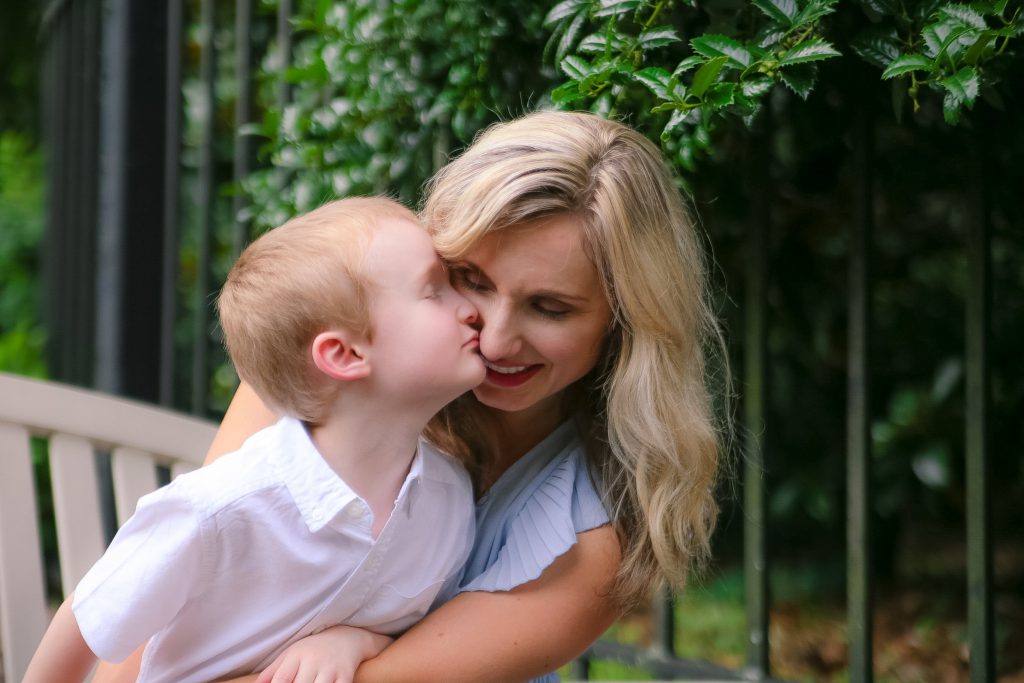
I do know that this is absolutely working for now. Even on days we have setbacks, it’s still so much better. Homeschooling I’m sure will not or does not work for all neurodivergent children, but I do know that it works for some. (Sidenote: there are numerous Facebook groups just for autism and homeschooling!)
Oh, and in case you’re wondering, Connor now gets in his car seat for me with no issues. He buckles himself in and it’s no longer a stressful experience. I think it’s safe to say it took a whole lot more than clearer boundaries and a social story attached to the back of my seat.
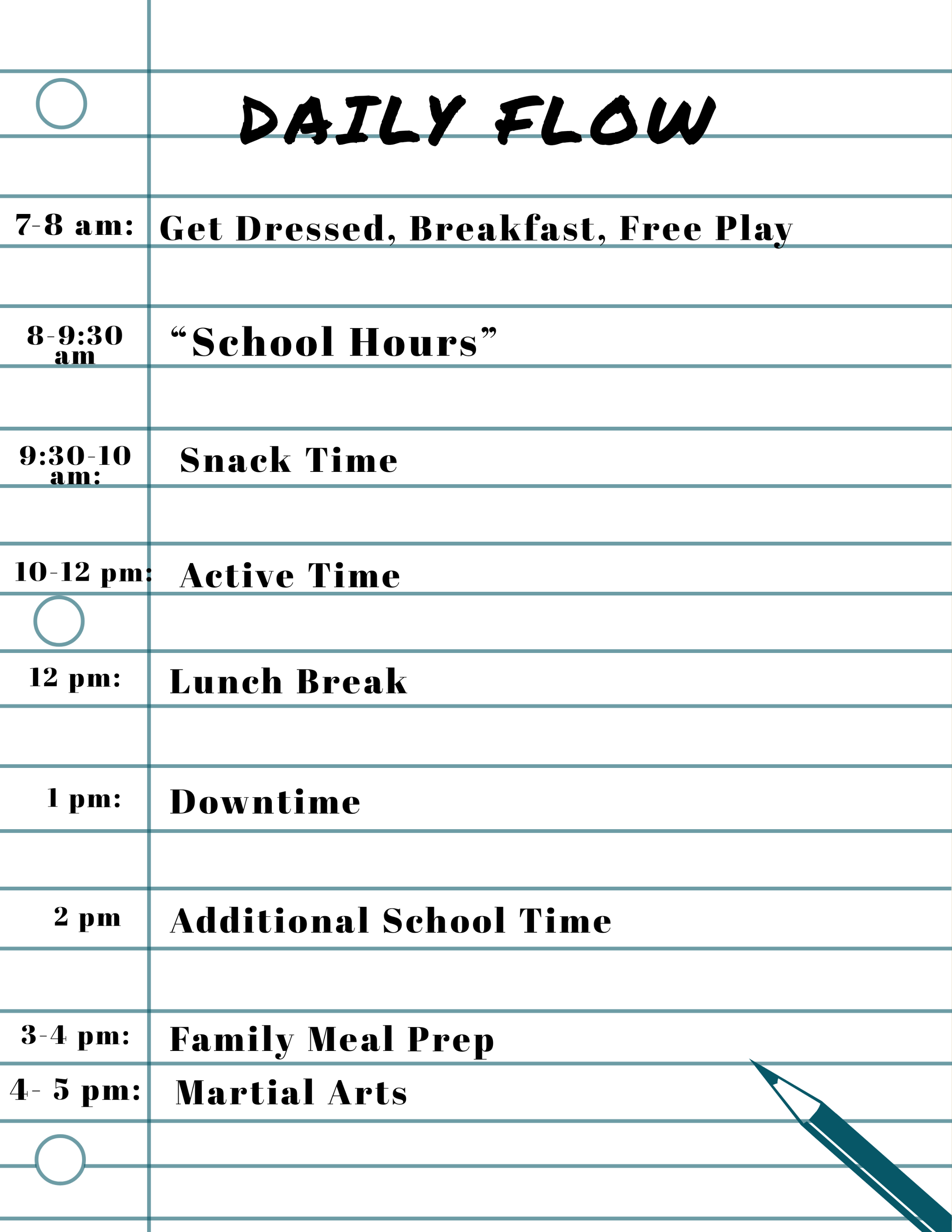
Daily schedule (times vary by the day, but this is a “typical day”)
7-8 am: get dressed (we get dressed even on days we stay home!), breakfast, free play
8-930 am: our typical “school hours” where we cover core subjects, including ELA, math, and handwriting (we use “The Good & The Beautiful” curriculums, primarily). I also have activities from “The Peaceful Preschool” for my 3-year-old daughter.
9:30-10 am: snack time
10-12 pm: active time – we like (have to!) to get out of the house, so usually this means a playground, a visit to the science center, a playdate with friends, etc.
12 pm: lunch out or at home
1 pm: usually our “down time,” which can mean anything from a little bit of iPad time, sensory bin play, doodling with art supplies, etc.
2 pm: This is when we often do other subjects, like science and social studies. We do science experiments (a favorite!), read books on social studies topics, art projects, etc.
3-4 pm: I try to cook most days and include the kids! So we are typically getting things prepped and cooked for dinner at this time.
4-5 pm: Connor just started taking martial arts classes, so usually this is the time we are heading there or participating in martial arts
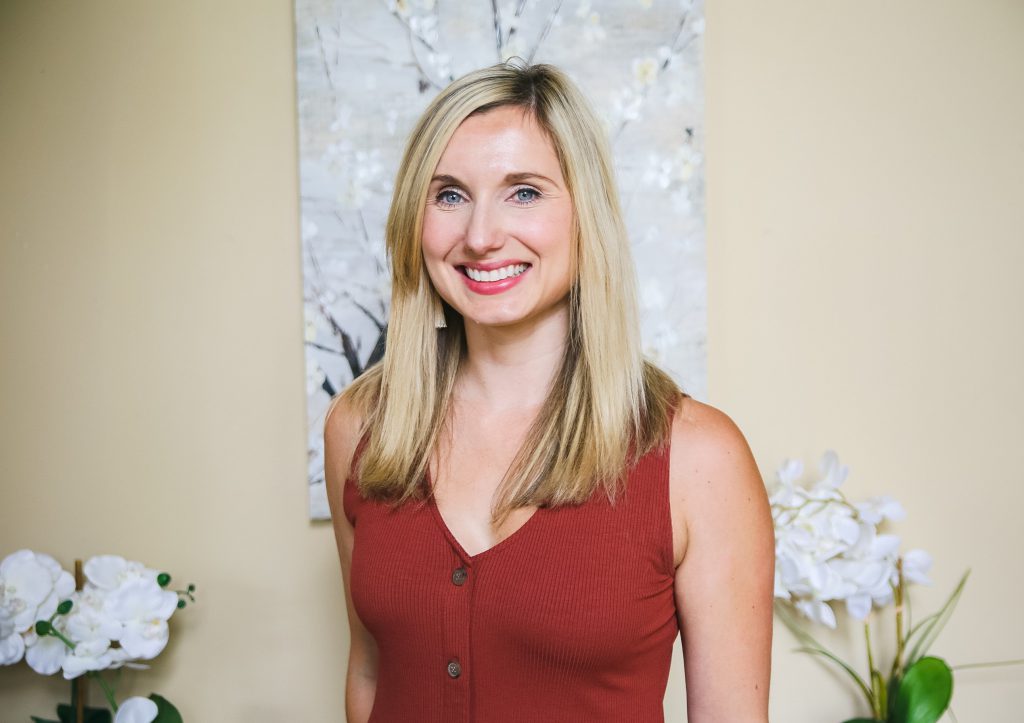
The post Living Life On The Spectrum, Homeschool Edition appeared first on Not So SuperMom VS Society.
]]>The post Why I’m Raising Secular Children appeared first on Not So SuperMom VS Society.
]]>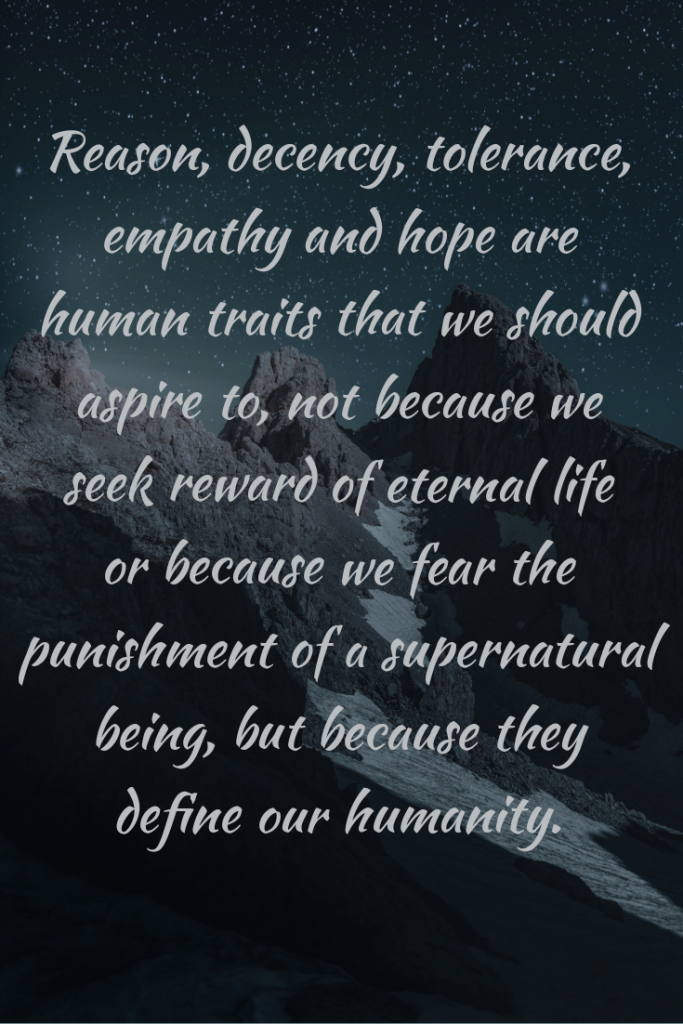
As I jokingly call myself a “Recovering Catholic,” I struggle to put into words the question that was just asked of me:
What exactly do you believe in, if it’s not God?
The truth is, I honestly don’t know. What I do know is that I don’t exactly fit into any religion. I don’t really think there is some all powerful man staring down from the heavens watching all of us, but I’m not above believing in so called “miracles” or forces that are beyond my comprehension. I’ve thought a lot about this since realizing that I could no longer be Catholic. For those of you who are curious, my realization came after admitting to myself that I honestly didn’t believe in transubstantiation. Transubstantiation is the process during communion when the wafers and wine transform into the body and blood of Christ- a major tenet of Catholicism. I already had some issues with the church that I was struggling with- from the treatment of those in the LGBTQ community to only men being allowed to be priests, but that one realization made it clear I was no longer in the right community. Since then, I’ve explored other religions and haven’t found anything that I can get behind 100%.
While I personally find most organized religion to be somewhat unappealing, I don’t necessarily feel religion itself is a bad thing. I do however struggle with the hypocrisy. I’ve met a significant amount of people who say they believe in certain religious values, yet they don’t actually practice said values in their every day lives. It feels like for most individuals, church is either a place for socializing, what they’ve always done without questioning, or a way for them to feel like they have some kind of “moral licensing” over others. That’s not to say that there aren’t true believers who live up to their religious beliefs out there, but I’ve seen enough people that don’t to make me leery.
Raising Secular Children
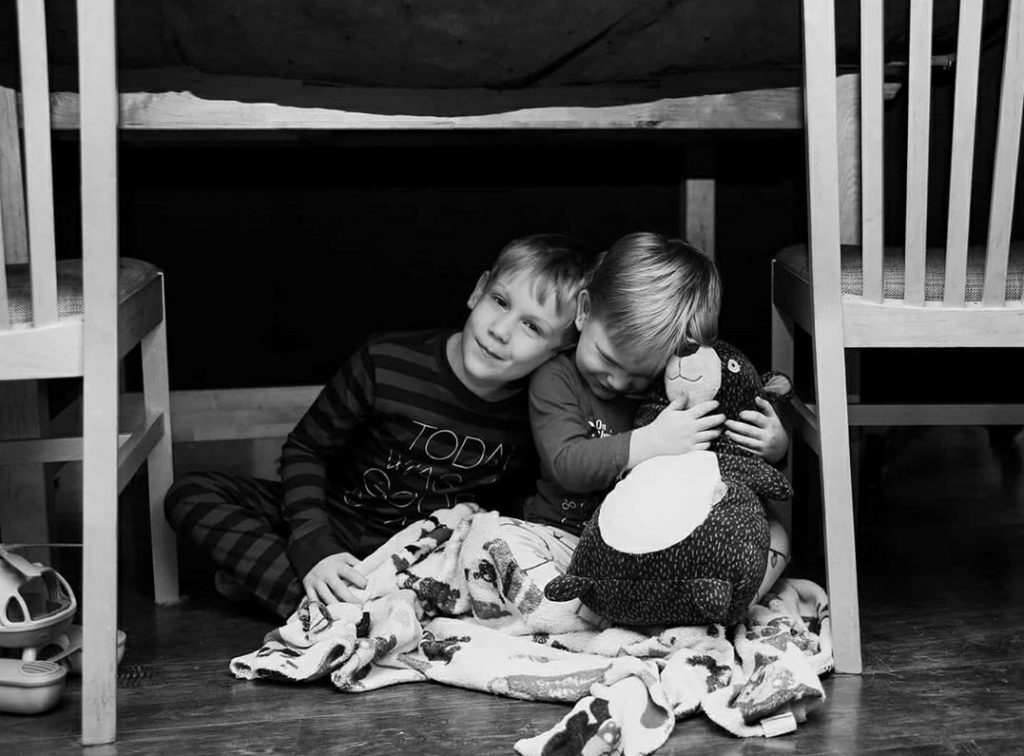
Personal experiences aside, I don’t want my children to treat other humans with compassion because some mysterious higher power told them to, or because they are afraid of the fiery depths of hell. I want them to be good humans simply because it’s the right thing to do. This is how we should treat all humans, regardless of their age, gender, race, sexual preference, size, religion, etc.
Granted, many individuals learn selflessness, generosity, and gratitude through religion — because religion does instill these values — countless others do not. Forgiveness isn’t exclusive to religion. Thankfulness isn’t exclusive to religion. Empathy and understanding are not exclusive to religion. Religion and morality are not inextricably linked — because religion doesn’t make good people. People make good people.
Dealing With The Big Questions
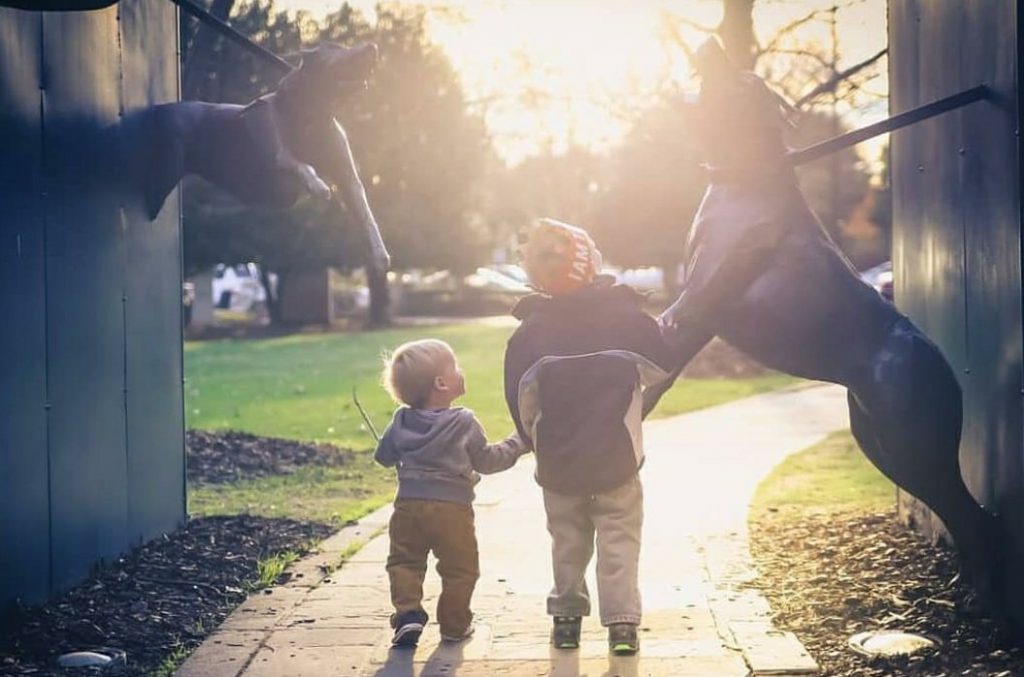
I won’t lie, sometimes it would be nice to have religion as a backup for those “big” questions, about things like death, life, differences, and morals. There is a certain comfort that comes from having a God like figure in your life, knowing that he is taking care of you and loved ones as well as feeling like there is some greater plan to your life. So how do we handle these types of questions?
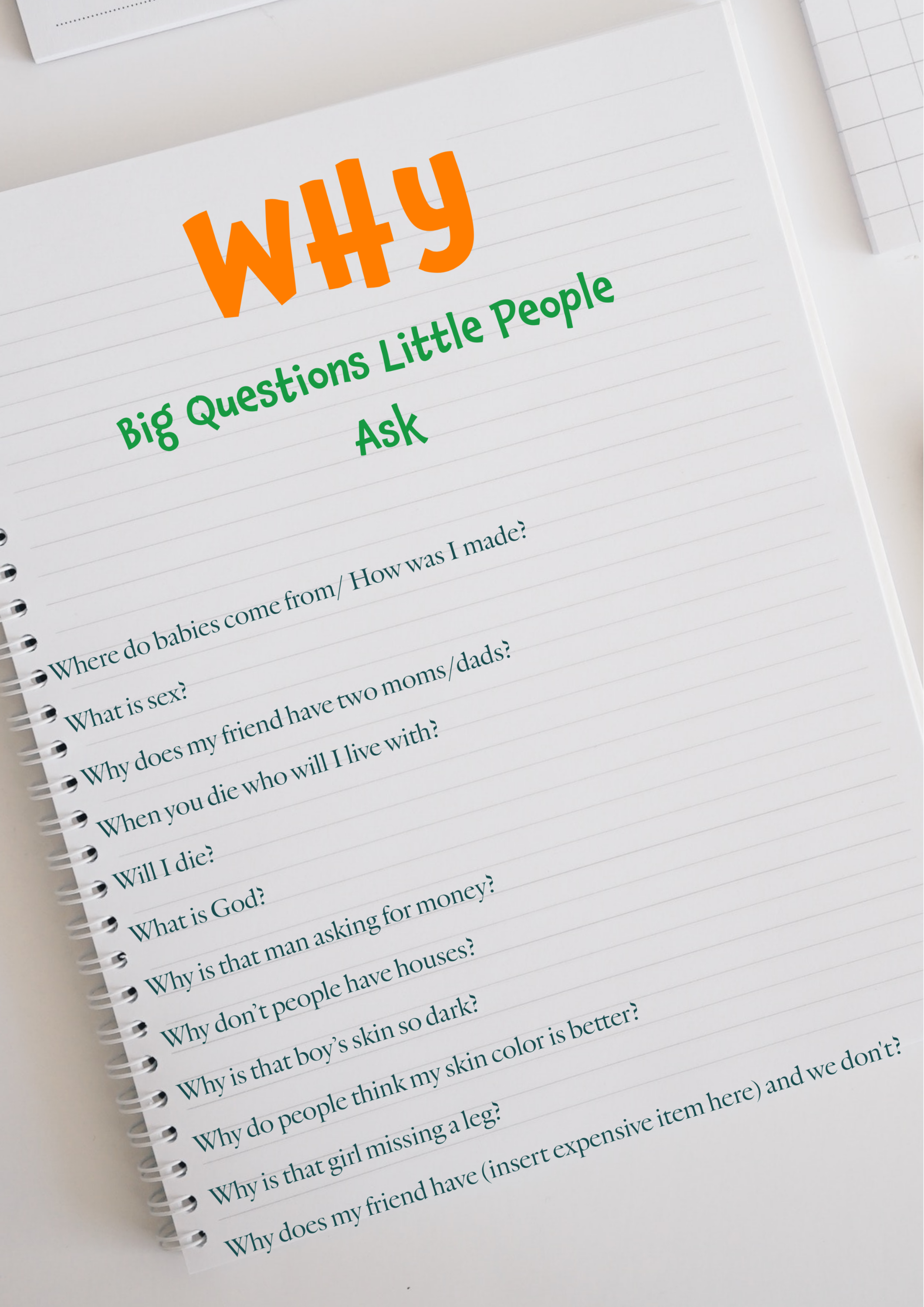
I’ve found that just being as honest and compassionate as possible is usually the best path. Children can handle the truth as long as it’s presented in a way thats suitable to their age level. I have a few great examples of this:
Over the summer, Everett finally started getting interested in why girls had a “fahchina” aka vagina. My first explanation involved the most basic details. I explained that it was essentially the female version of a penis and that it just looked and acted a little differently.
This explanation held him over for a couple weeks, then he came up to me and asked again. The simple explanation didn’t work. He wanted to know how they worked and why I was bleeding. So I explained it in very basic scientific terms and showed him a kids anatomy book so he could see a woman’s reproductive system. He thought it was super neat and hasn’t asked a question about it since.
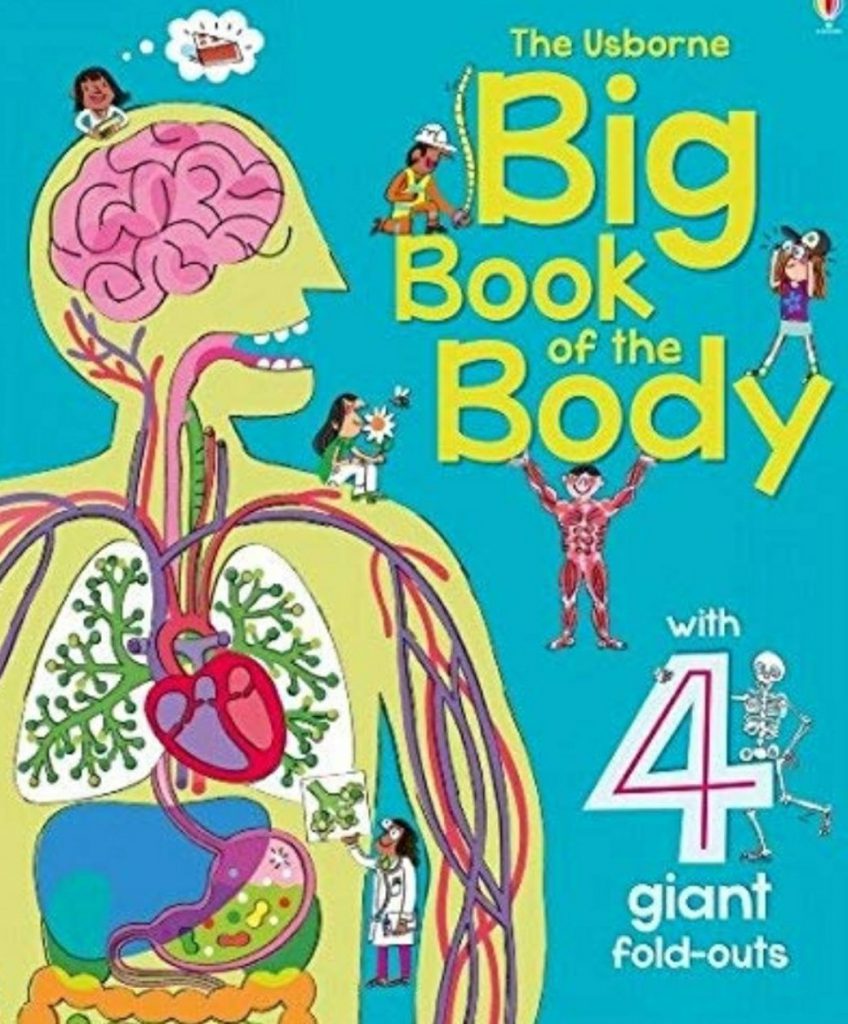
My other example deals with death. Last fall when Everett’s pet rabbit, Snowball unexpectedly passed away, I really struggled with how to best comfort him. It would have been so easy to tell him that his rabbit went to live in bunny heaven and was having the time of his (after)life. The scientific approach, ie explaining the life cycle, also didn’t work with Everett. He didn’t believe the bunny was truly gone until he saw the dead bunny, then insisted that after the bunny went into the earth it would come back, (side note: how terrifying would that be ? ?), and kept asking us to dig the rabbit up to make sure (we didn’t).
?), and kept asking us to dig the rabbit up to make sure (we didn’t).
Obviously, only time really heals a broken heart, but what really helped Everett the most was writing the bunny a letter that we buried beside his grave (so Snowball would know how much he was loved). We also planted some flowers on top of the grave, so Everett had a visual representation of how Snowballs memory could be kept alive.
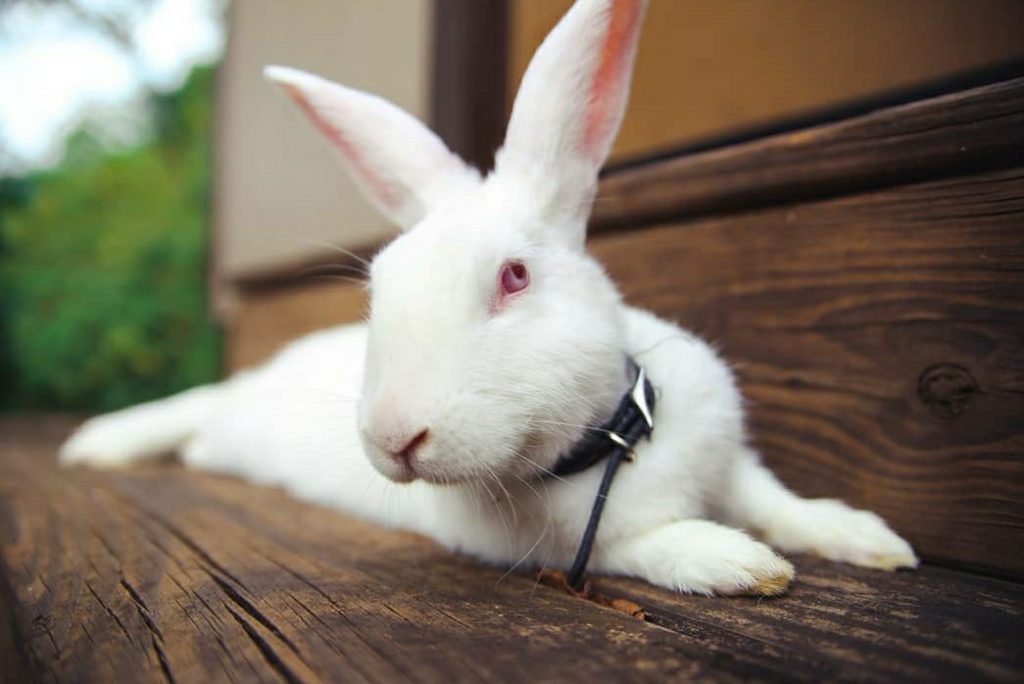
Given that I feel that everyone should be treated equally, I don’t feel right forcing a religion onto the boys- it should be their choice. My husband and I may identify as nonreligious, but we both believe our children deserve the right to make their own choice on the matter. We plan on exposing them to various options once they start having questions. We hope to do this as unbiased as possible, but we will be honest with them about why we chose to be secular.
Living in the Bible Belt and being secular can be isolating, so I can understand if they want to join in with their peers when they are older. Our goal is to simply make sure that they understand what their choices are and to let them pave their own path.
The post Why I’m Raising Secular Children appeared first on Not So SuperMom VS Society.
]]>Please Tell Me More About Your Uncomfortable Mask Read More »
The post Please Tell Me More About Your Uncomfortable Mask appeared first on Not So SuperMom VS Society.
]]>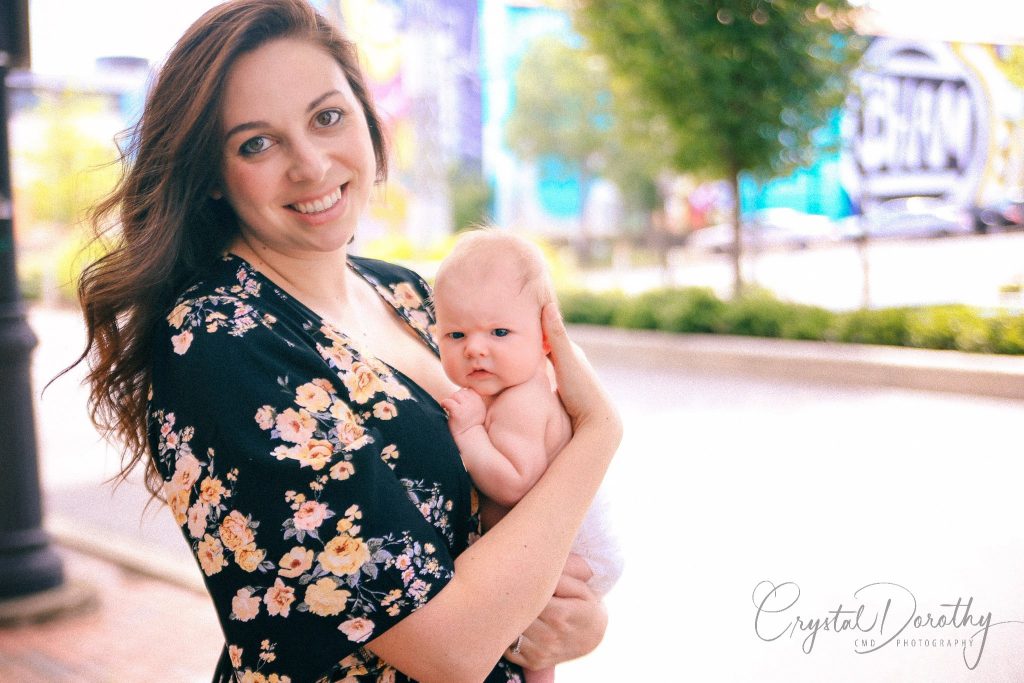
“Let people help”. “Rely on friends and family”. “Don’t be shy to ask family members to help around the house”. This is the advice touted on every baby blog, in all of the pregnancy books and shouted from the rooftops by experienced moms. But what if you can’t?
The end of my pregnancy and beginning of my daughter’s life hasn’t looked at all how I expected it to. Breastfeeding classes? Canceled. Mommy-and-me play groups? Nonexistent. Friends and family coming over to meet the baby and help around the house? Nothing but a fantasy. As thankful as I am to have had a healthy baby girl and an amazingly supportive partner, I still feel like COVID-19 stole this time from me. I’m still processing and mourning the loss of a time in my life that was supposed to be happy and exciting.
My stepmom planned a wonderful baby shower for me, with friends and family flying in from all over the country, that I never got to go to. I bought a dress for the pregnancy photoshoot that never got to happen. Gazing at our bundle of joy via ultrasound with my husband by my side ended up being me alone in a room with the technician, wearing a protective mask, trying to record a video of that dark screen on my iPhone to show my husband later. My mother-in-law hasn’t even met her grandchild for fear that she would bring the virus up with her from Florida.
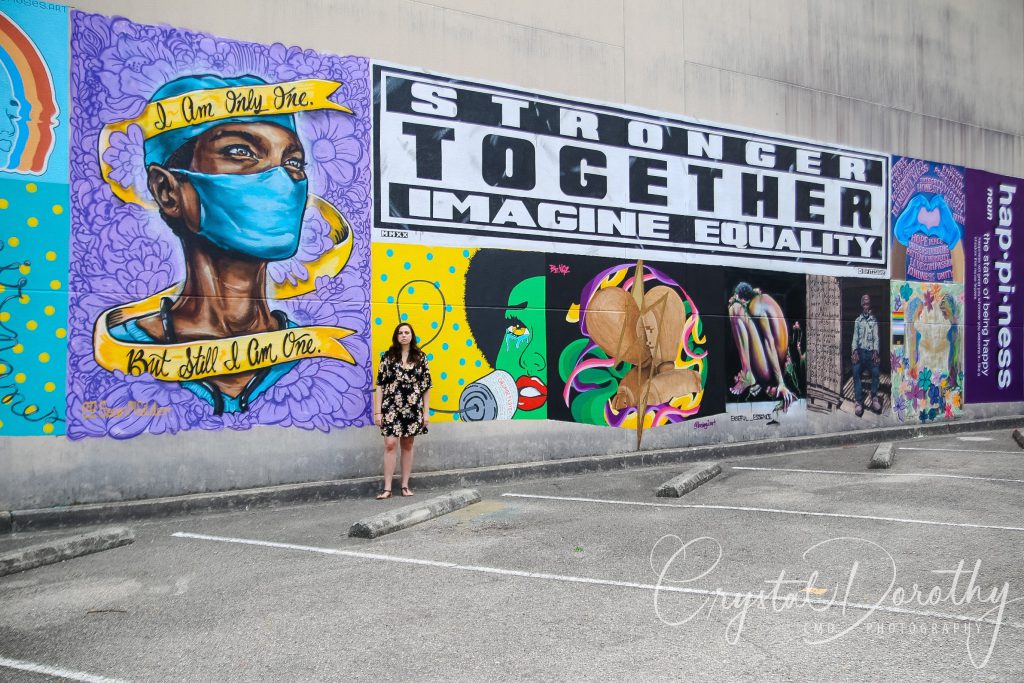
Being pregnant and giving birth during a global pandemic has been one of the hardest experiences of my life. The social isolation alone was challenging, but to experience that with pregnancy and postpartum hormones on top of caring for a newborn for the first time seemed almost insurmountable. When hospitals started restricting visitors, I read story after story of women who were forced to give birth completely alone because the visitor policy didn’t allow their child’s other parent.
Whether I would elect to have a homebirth or have my husband unable to attend the birth of his first child was not a decision I ever envisioned having to make. Thankfully, I didn’t have to. What I did end up having to do was arrive in the hospital, after 24+ hours in labor, breathing through a piece of fabric.
Before I could get inside, I had to stop and get my temperature checked, knowing that if I “failed”, they would try to isolate my baby from me immediately after birth. The fear that they would try to take my baby from me and prevent skin-to-skin, breastfeeding and general motherhood immediately after birth brought me to tears on more than one occasion. Had I tested positive, I was prepared to insist they leave her with me or I would have to leave the hospital and birth somewhere else.
Again, I’m thankful it didn’t come to that.
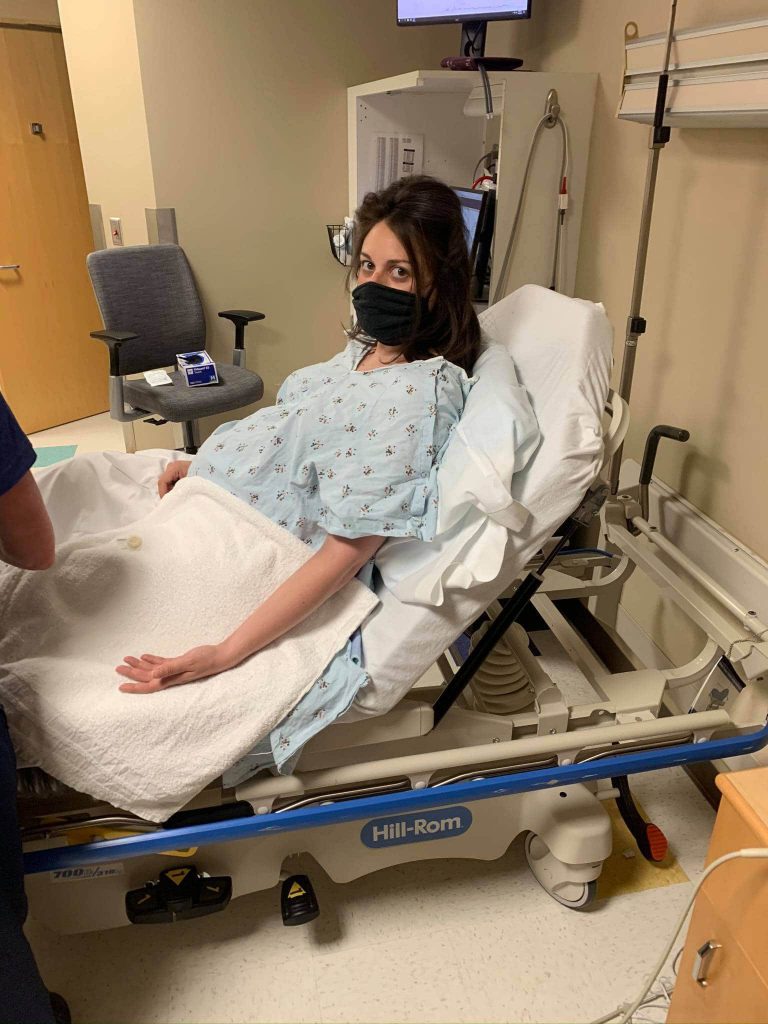
Once inside, I couldn’t be taken to L&D until I had my COVID test results back. After having my upper nasal cavity assaulted by a lengthy Q-tip, I continued to labor in an emergency department hospital room with no access to pain medication. We were told that I could remove my mask after getting the all clear from the test, but that as soon as the baby came out of me, I had to put my mask back on. At the time, I remember feeling SO grateful that I didn’t have to push with the mask on my face, which isn’t something most mothers have to incorporate into their birth plan. My husband was told to wear a mask the entire time (though to be honest, we both kept forgetting to put it back on when people came in the room with everything we had going on). All of the nurses wore masks at all times. In fact, I saw a nurse in the hallway without a mask on and asked her if she had seen my nurse who had been helping me for days. It turns out she actually WAS my nurse (embarrassing), but I had no idea what she looked like because of the masks.
As if giving birth during a global pandemic wasn’t enough weight on my shoulders, our country simultaneously (finally) began stepping up against systemic racism. While we were in the hospital after birth, our plan was for my husband to run home to tend to our dog on the second day. However, rioting around the globe and within our city resulted in a curfew during my hospitalization, and if my husband left, he wouldn’t be permitted to come back into the hospital until the next morning when curfew was lifted.

Coming home from the hospital was more emotional than I envisioned. I was leaving the safety of on call lactation support and endlessly being able to ask the nurses “is this normal?”. I knew these resources, normally available to new moms after they leave via support groups and meetups, would not be available to me.
When I did find a lactation group still meeting in person, my husband and I debated if it was safe for me to go get some much-needed help getting my baby to latch. My internal monologue debated if I was a horrible mother for risking exposing my child or if I was a horrible mother for not getting the nursing help that I knew I needed to feed her well. It felt so lose-lose. Ultimately, I made the decision that I thought would best set up my daughter for lifelong success and got the help that I needed to nourish her little body.
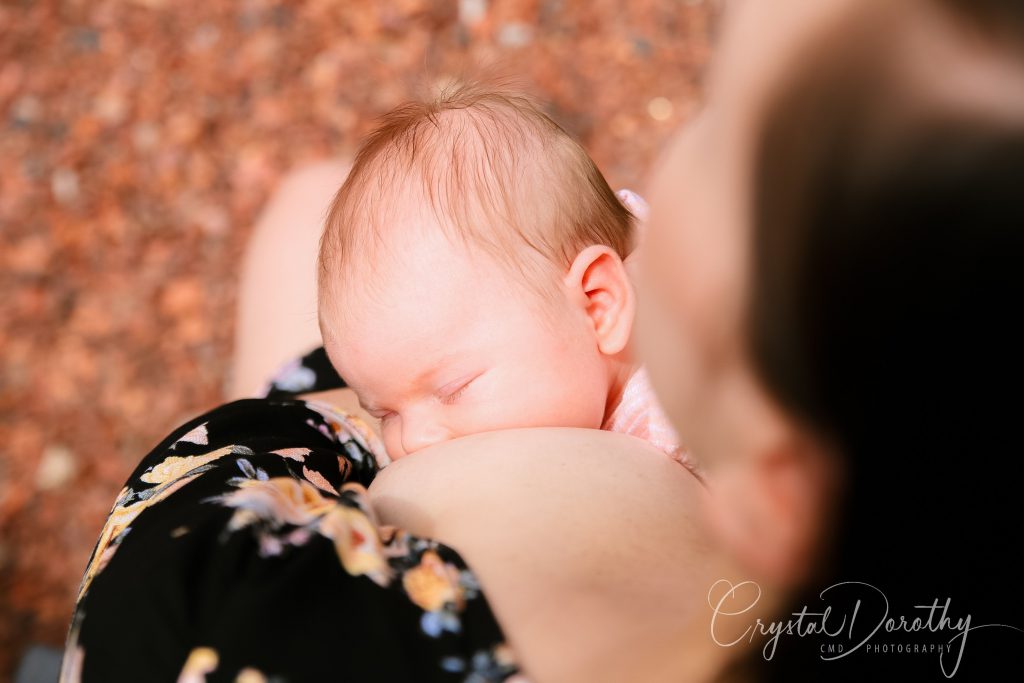
After a few weeks of settling in and things starting to get easier, I started reading some more baby books again now that I had the time. When the first chapter of a new book started with an emphasis on accepting help from friends and family, I literally threw the book across the room and cried to myself. When my family tried to guilt me into traveling with the new baby or letting people come see her that hadn’t quarantined, I sobbed in the shower. I wasn’t having to choose which daycare to put my daughter in when returning to work, I had to choose whether I was a horrible parent for even considering putting her in daycare during this time or if I should give up my career that I love. If I didn’t have the support of my husband, I don’t know how I would have emotionally made it for this long (shout out to all the single parents – I cannot even fathom how awesome you are for surviving!).
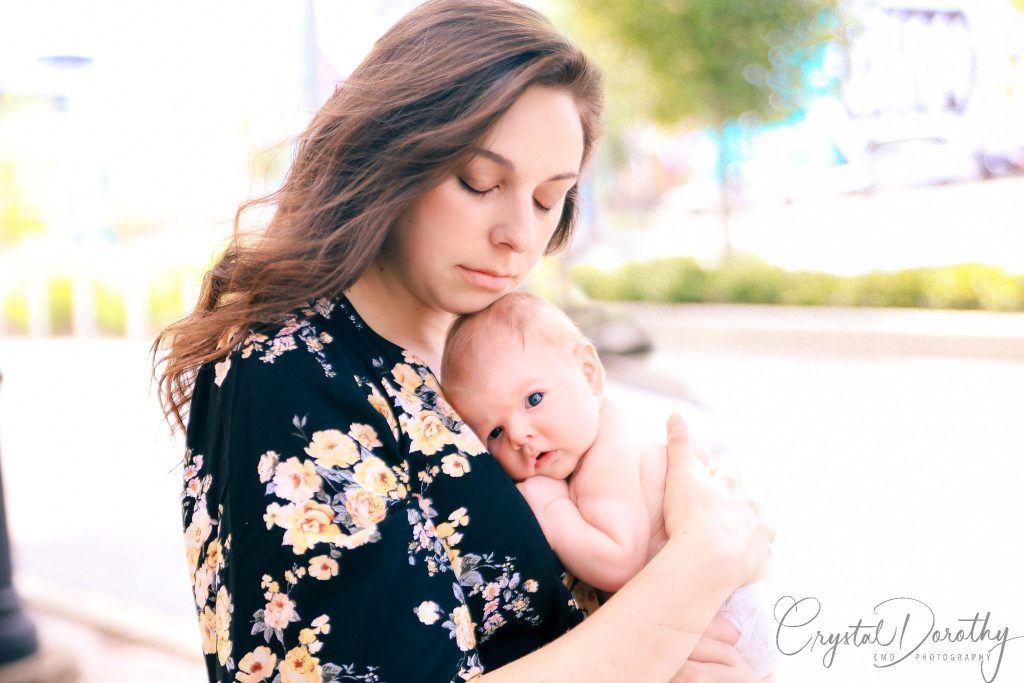
But hey, it’s not all bad – at least I didn’t have a ton of strangers touching my stomach for the last 4 months of pregnancy! In all seriousness, living through this situation has taught me that I can handle a lot more than I thought I could. It also taught me that there are more ways than one to lean on my support system.
I sought out others going through what I was going through. I found a lot of solace in two reddit groups – one private group specifically for mothers due at the same time as me (every birth month has a private reddit bumpers group – I highly recommend you find yours!) as well as an open group for pregnant people during this time called CoronaBumpers. My husband and I may not have hands on help, but I know we have support day and night through a network of amazing friends and family, even if it is virtual.
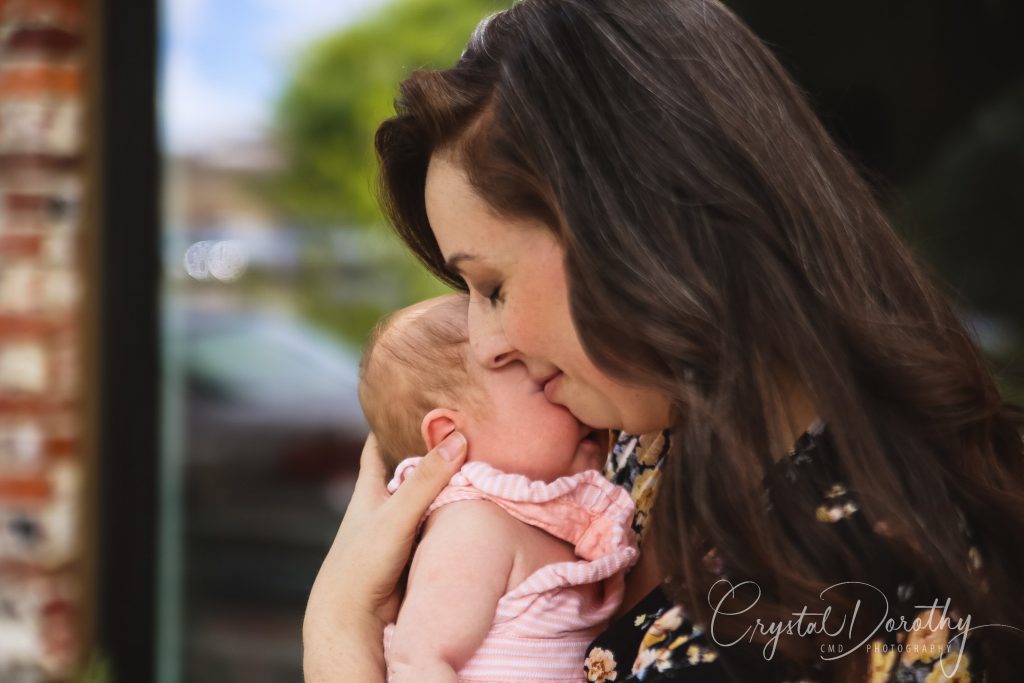
Two months after she was born, I still don’t know if I’m doing things right. I have no idea if I would be learning tips and tricks from other mothers that would make raising her easier. I’m still feeling isolated and lonely, but when I’m feeling really overwhelmed, I take a whiff of that amazing new baby smell and I know we will get through it together.
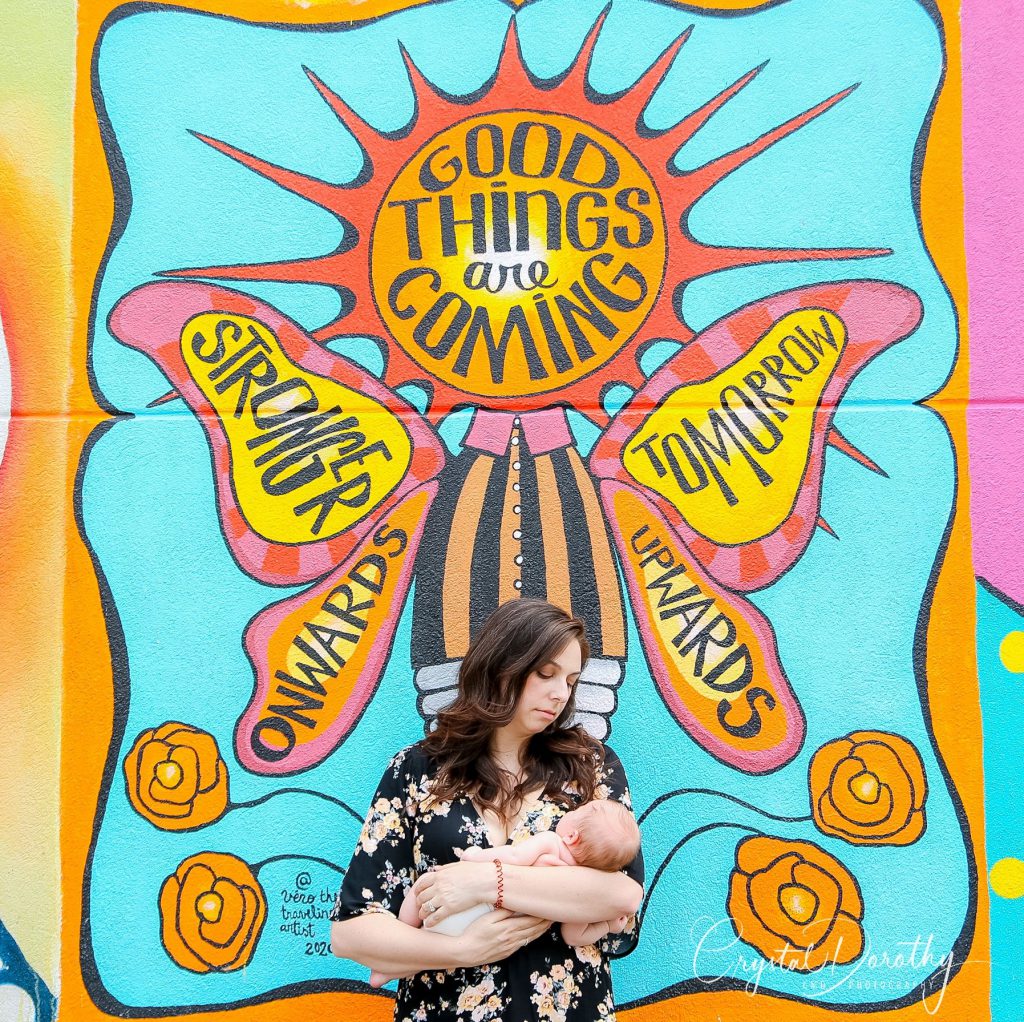
-Abbi Hernandez, Ph.D.
7/24/2020
The post Please Tell Me More About Your Uncomfortable Mask appeared first on Not So SuperMom VS Society.
]]>Unexpectedly Homeschooling Read More »
The post Unexpectedly Homeschooling appeared first on Not So SuperMom VS Society.
]]>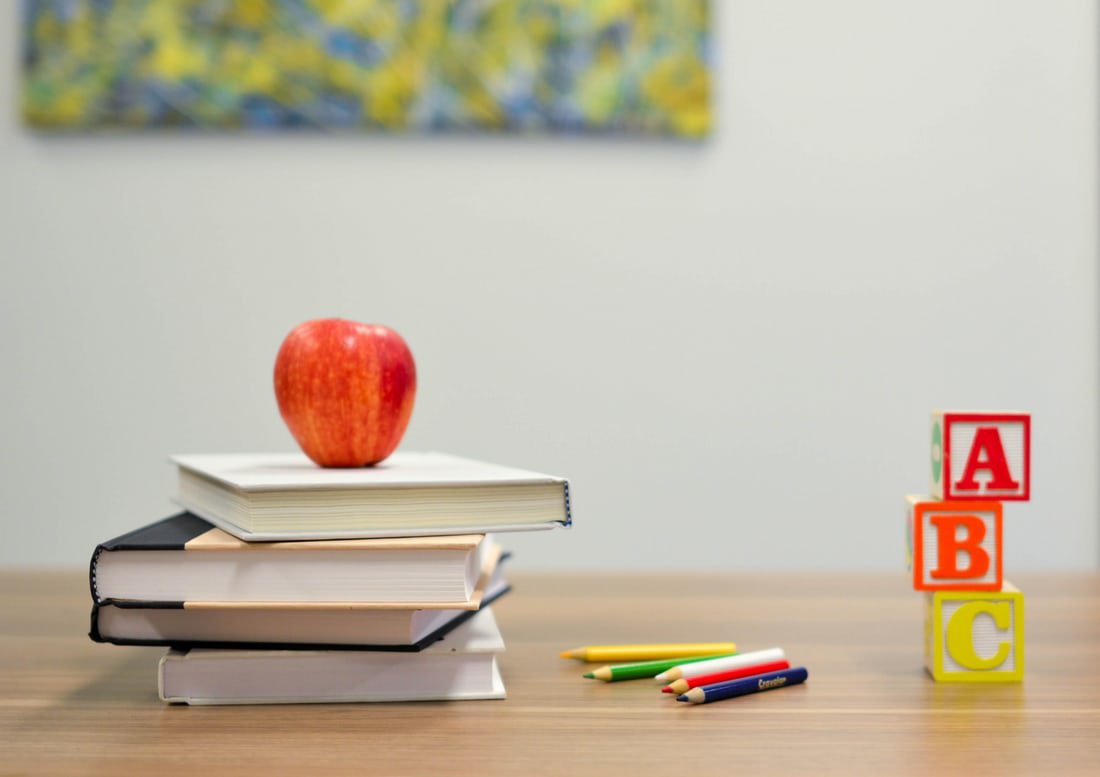
Congratulations, you’re now the proud parent of a homeschooler!
Thanks to COVID-19, a huge chunk of parents are currently faced with the harsh reality that they are now expected to be their child’s primary teacher many amidst working full time/trying to find a new job.
Most of these parents have never been homeschooled and haven’t really considered what homeschooling would look like. They don’t know where to start or how they will even fit this change into their day. Also, if they’re like me, they also have quite the begrudging student.
Today though, they’re in luck. Today’s blog focus is on how to fit homeschooling into your schedule and how to help minimize the adjustment.
Benefits Of Homeschooling
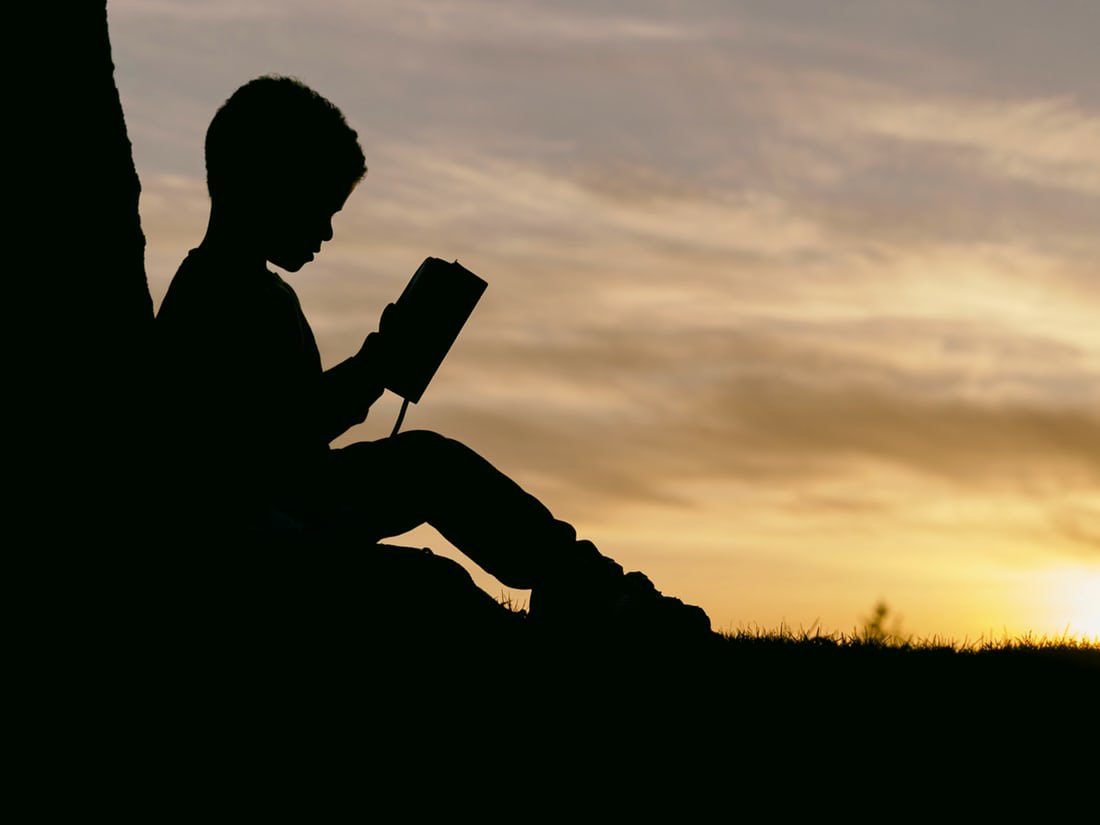
First, take your preconceived notions about homeschool and toss them out the window. Now, with a fresh outlook consider these benefits:
- Homeschool doesn’t have to be an 8am-3pm, Monday through Friday endeavor. You fit it into your schedule at both you and your child’s pace.
- Homeschool isn’t constrained to the same teaching methods that take place in a classroom. You can easily combine subjects that they are interested in while tying together new concepts that utilize their best method of learning.
- Homeschooling doesn’t mean you have to stay home. You can easily take your lessons on the road and in nature to give both of you a break.
- There are thousands of free and discounted resources readily available to you. Apps such as ABC Mouse and Elephant Learning. Shops like Legacy Learning Academy are sending free daily downloads to do with your kids and have a discount code. Zoo’s have free live feeds, libraries are offering free digital books, and musicians are putting on free concerts. Teachers are putting daily videos up to help your kids feel connected. Also, bloggers like myself are providing free activites and resources for you to use at home.
- You can stay in your pjs all day!
- And ultimately the biggest benefit now, is that while you’re doing your part to flatten the curve, you’re also giving your child the opportunity to spend precious time with you, time that they otherwise wouldn’t recieve. This also gives us an opportunity to teach them important life skills, from washing dishes to baking to woodworking.
Homeschooling The Reluctant Homeschooler

Many of us reluctant homeschooling parents also have reluctant homeschooling children. The sayings about how children always act worse for their parents exist for a reason.
The key to getting through this is simple. Lower your expectations. That’s right, lower them. No one expects you to be a 100% perfect teacher admist this chaos. It’s basically impossible to be parent, teacher, and your families financial support system without a few plates dropping.
Something is going to give.
Give yourself some grace and get takeout when you know you’ll have a busy day. Let the messy house be messy for a few days. If you’re able, hire a house cleaner and leave for an outdoor picnic and hike for a few hours.
It’s okay to not be okay. It’s also okay to find what works well for your family and to politely tell anyone else off that tries to tell you that you’re not doing it right.
Make a realistic, yet flexible schedule that includes both the time that you need for “adult” time (working/sanity) and the time that they need to balance their day. Make sure they are included in this process, giving them some ownership over their time and life.
When making your schedule, keep in mind that because you will be working one on one with your child, school lessons take a fraction of the time they do at school. When your child is at school, they are stuck splitting their time with 15+ students and small blocks of time to fit each sliver of lessons in. A big portion of your child’s time spent at school isn’t spent on academic instruction. Also, play is the ultimate form of learning. You can literally take any interest your child has and make it fit into the lessons they need to learn.
Don’t be intimidated by getting creative.
An example of this: say you are working with a younger child who hates handwriting or identifying letters, but they are super interested in space. Take out a space related book and have them find and count all the times they find the word “space” or “planet.” Take them into a gravel driveway, give them a stick, and tell them the gravel is meteors. They need to clear a path for your spaceship with the stick by spelling out certain words. Have them draw galaxy maps and label planets (accurately or ones they create) or draw and label spaceship parts. In just these few ideas, you have covered science, math, art, engineering, and language skills.
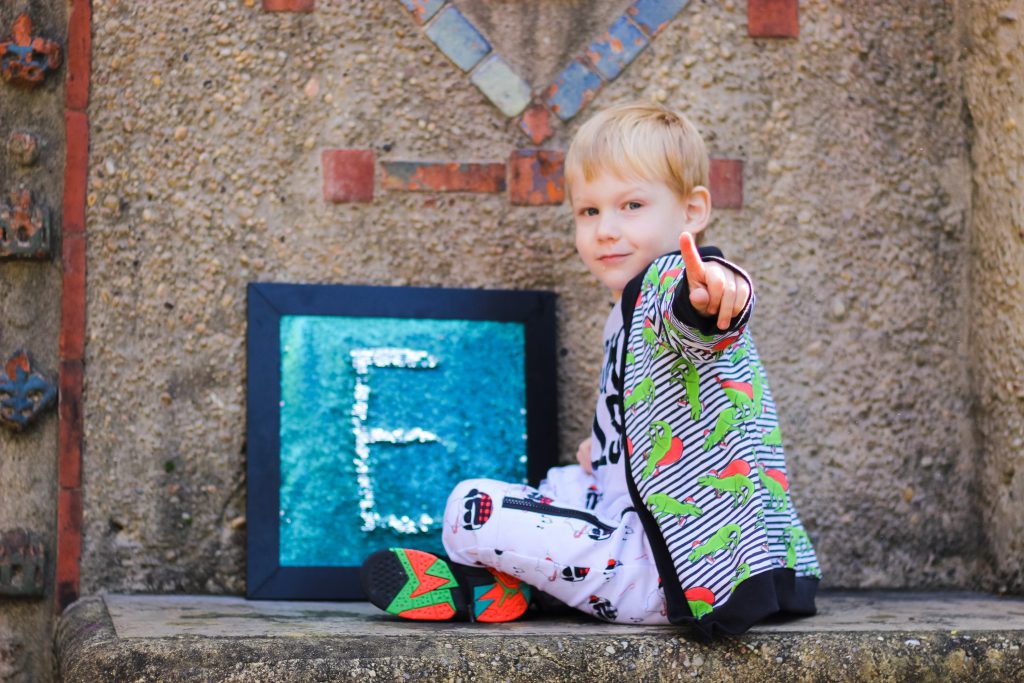
Also, don’t be scared to utilize screen time for your lessons. For example, going back to the space theme, did you know that there is a program where Astronauts Read Books While In Space? There are also countless YouTube videos, Magic School Bus-esque programs, and shows by people such as Neil deGrasse Tyson that cover topics about space. Utilizing screen time for part of their lessons is a great way for you to get some work done, take a kid break/get chores done, or learn something new yourself. I even have a long time homeschooling friend who is currently using video games for part of her child’s lessons.
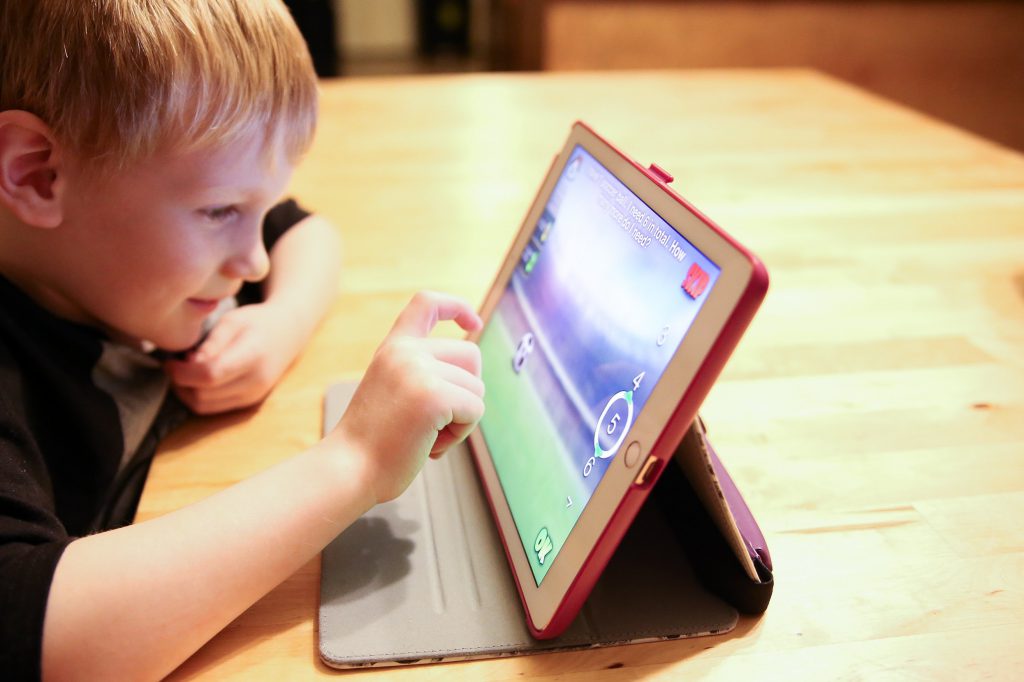
Another important aspect to incorporate into their schedule is digital time with friends. Learning correct social interaction is an important skill, no matter your age.
For my household, this week we will be doing Easter Engineering Challenges with friends that live in Japan. Yep, you heard me right, Japan. I’ll be sharing the lesson on my blog that morning, and then we will livestream our digital lesson/playdate with For Mommys Dragons. We have also dropped handmade birthday cards off for friends and surprised them with chalk art creations in their driveway.
Keep in mind, now that you’re a so-called “homeschooling” family, you aren’t limited to the school year calendar either. If trying to keep up with your child’s daily academic load is too overwhelming, remember that you also have ALL SUMMER to get through it. My best friend who is currently homeschooling 3 amazing kids, once told me that she didn’t stick to “school years.” That her kids learned year round and she didn’t feel the need to pressure them to pursue each academic subject at the same rate as their peers. With their yearlong learning schedule, they were able to set a leisurely pace that worked best for her children’s interests while still keeping them at the state mandated educational levels. This is a great perk of being stuck at home.
A significant portion of schools are also sending out lesson plans and worksheets for your children. This is a great way to give them some structured work while giving you some age appropriate ideas of what they should be working on. However, when they start getting frustrated and uncooperative, don’t feel bad about tabling it for later to avoid total meltdowns. Going back to what I said earlier, you have plenty of time! Also, don’t feel bad about contacting your children’s teachers. Most of them will be readily accessible to help your kids (within reason folks) and I’m sure they also miss seeing all of their awesome students.
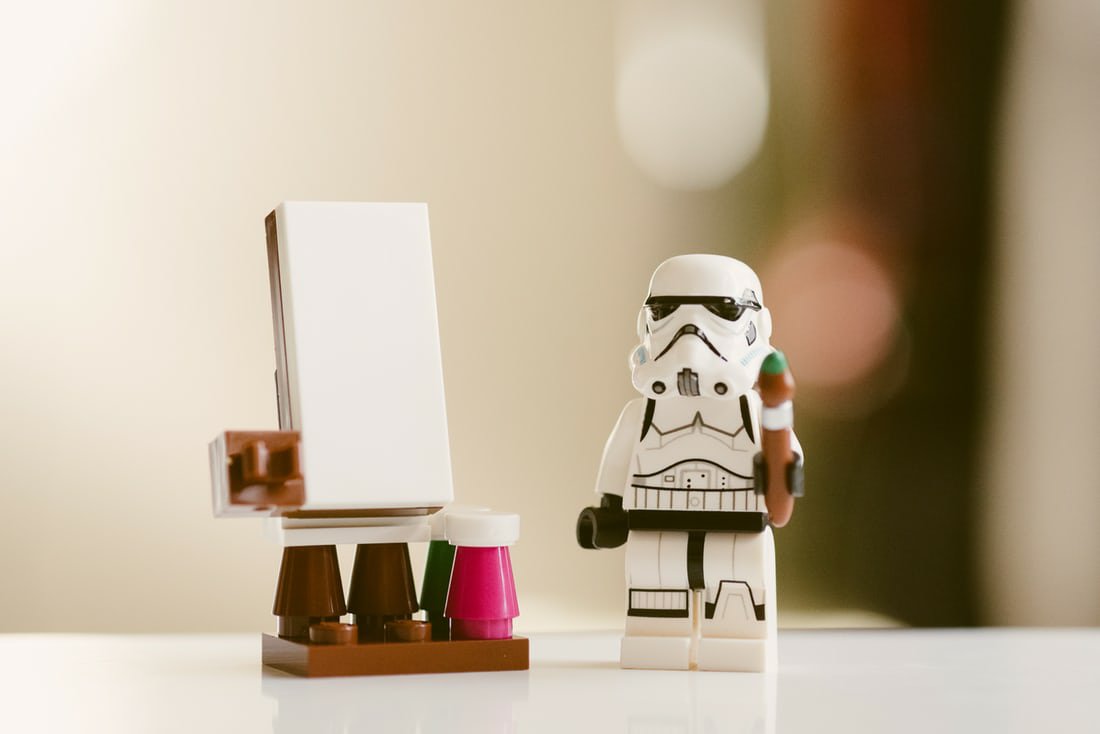
In conclusion, take a deep breath and remember:
YOU. GOT. THIS.
It’s going to be hard, but try to view this scary change of events as an opportunity and not as a burden. Take it one day at a time and give both yourself and your kids patience and grace. Try to remember that your kids will remember the special memories that you’re making and benefit from this extra time they have with you.
How are you handling this change? Do you have any amazing tips to share? Let us know below!
The post Unexpectedly Homeschooling appeared first on Not So SuperMom VS Society.
]]>Getting Creative With Paint Read More »
The post Getting Creative With Paint appeared first on Not So SuperMom VS Society.
]]>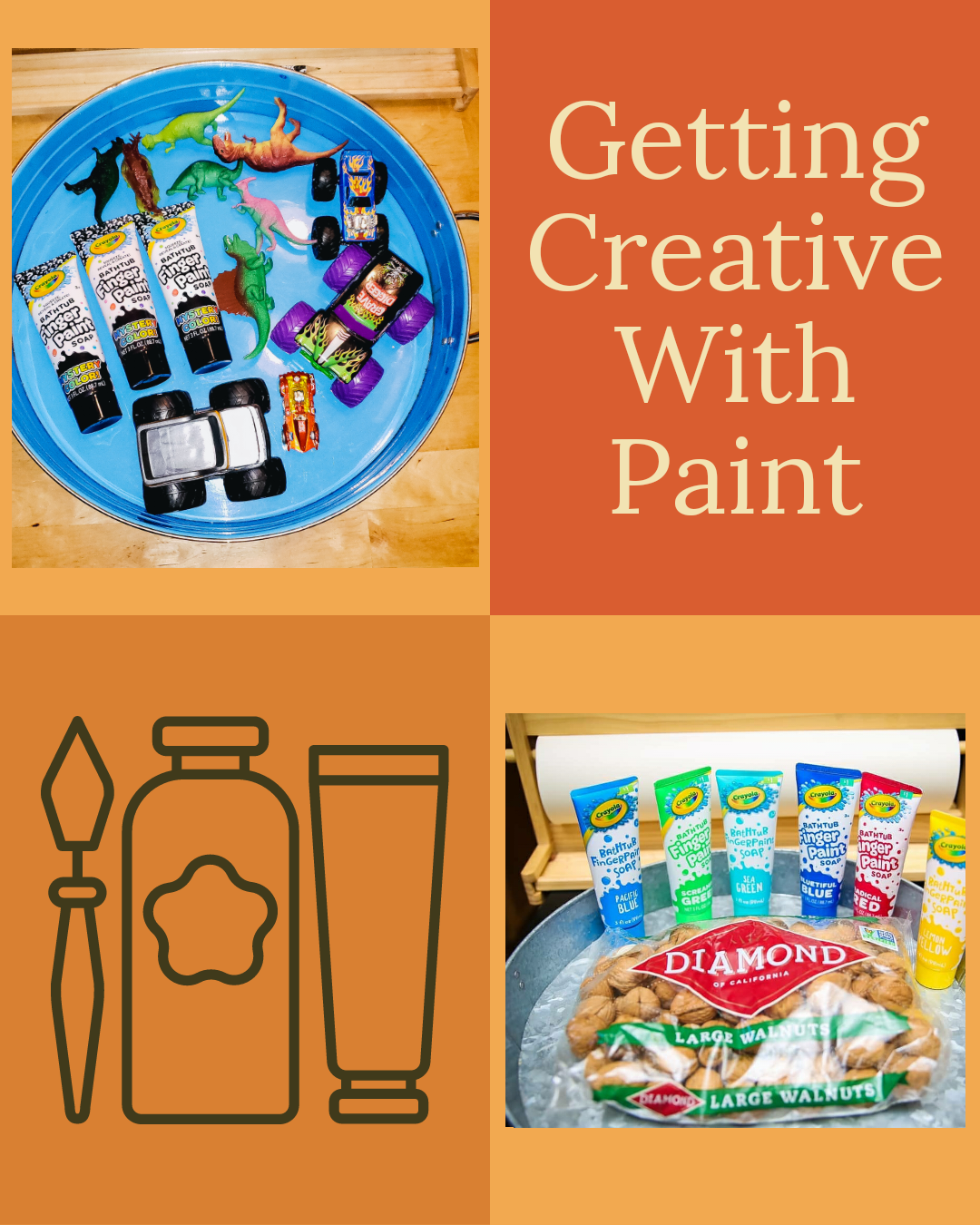
If you’re anything like me, the mere thought of letting your child loose in the house with messy paint makes your anxiety go through the roof.
It’s okay to be anxious! Kids are small scale tornadoes of destruction!
There are a few simple ways to contain the mess while still having fun! Below are some ideas to help lower your messy memory making activities.

For me, I personally prefer using Crayola Bathtub Paint. Why?
- It’s actually soap
- They have tons of colors
- It’s inexpensive
- You can easily switch between bathtub and paper
Bath paint isn’t a replacement when you’re child is making true works of art, but for fun and easy to clean up arty projects, it’s great!
I also really love tempura paint sticks. They dry almost instantly and don’t require any water.
Getting Creative
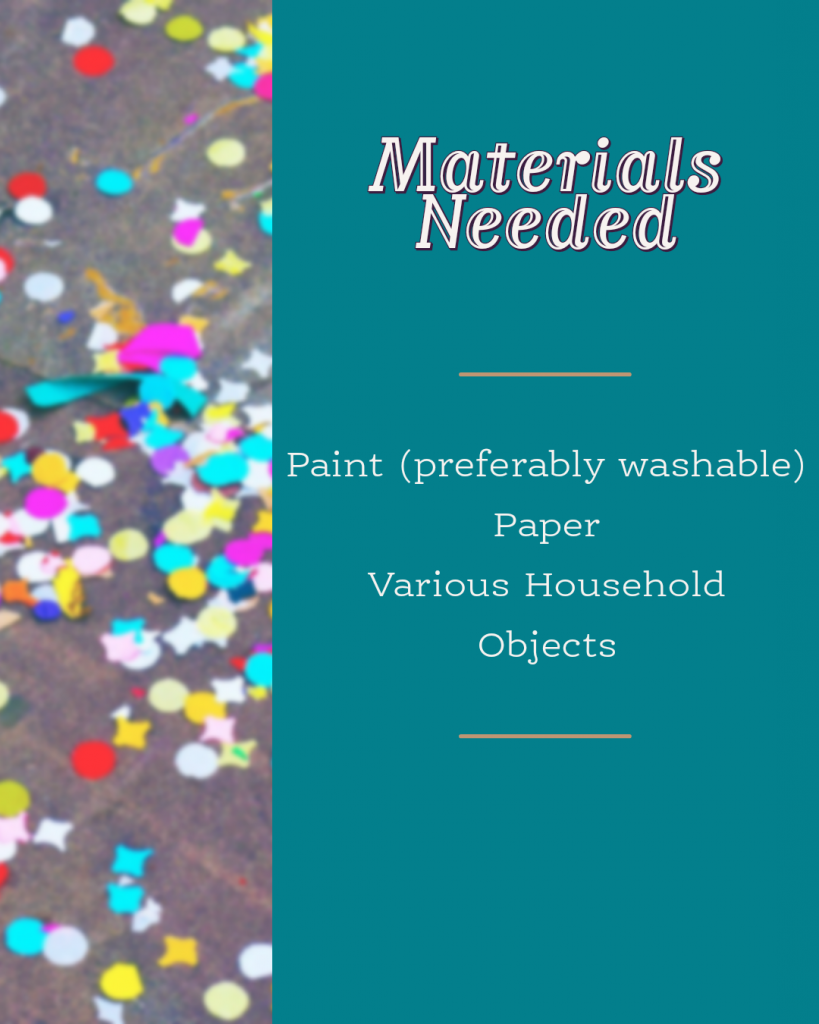
When I let the boys do a painting activity, we rarely use paintbrushes. Instead, I rely on various household items. Nothing is really off limits. We’ve used silverware, dinos, nuts, cars and trucks, miscellaneous toy animals, and so on.
For more educational benefits, we talk about what colors become after mixing them and the differences of each items unique prints. Have them name each color and count the items.
Cleanup
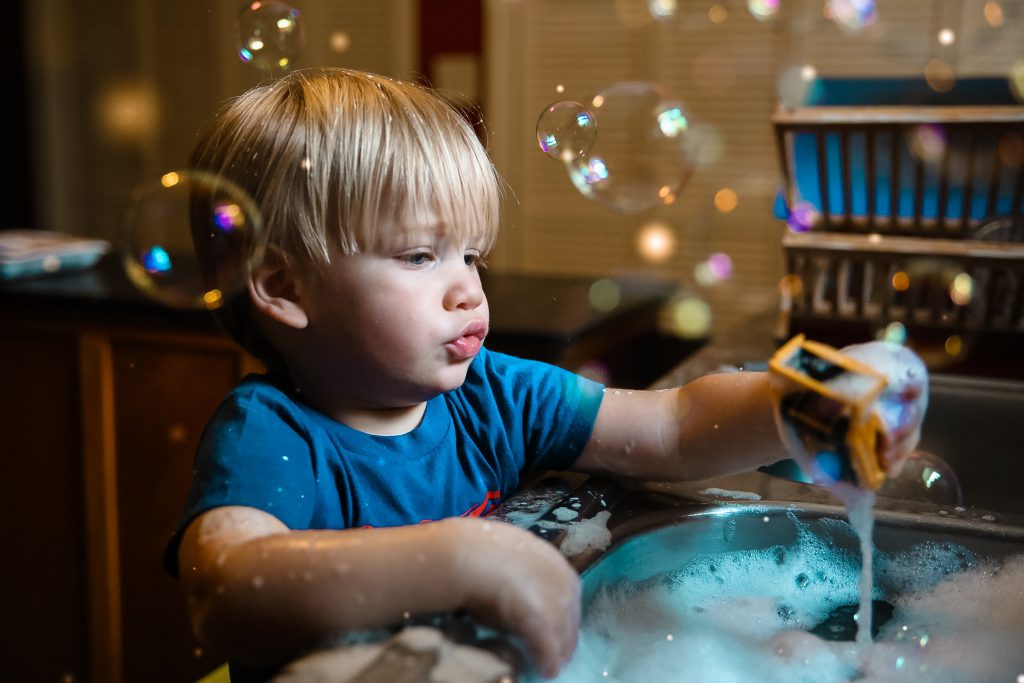
Now comes the fun part! Cleanup! If they made a big enough mess and you use the Crayola Bathtub Paint, just toss them and their paint stuff in the tub. The bathtub paint we get is actually soap, so they are getting clean while getting messy! If they remarkably keep their bodies fairly clean, turn your sink into an impromptu toy wash station! Add extra bubbles, give them a rag, and let them have at it! Two fun activities in one! If you don’t want them making a mess of your kitchen, take it outside and let them use the hose.
Now pour yourself a glass of wine and pat yourself on the back for surviving! Good job! You got this!
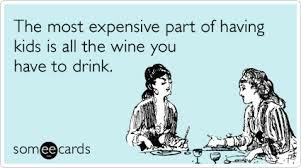
The post Getting Creative With Paint appeared first on Not So SuperMom VS Society.
]]>Motherhood In The Raw Read More »
The post Motherhood In The Raw appeared first on Not So SuperMom VS Society.
]]>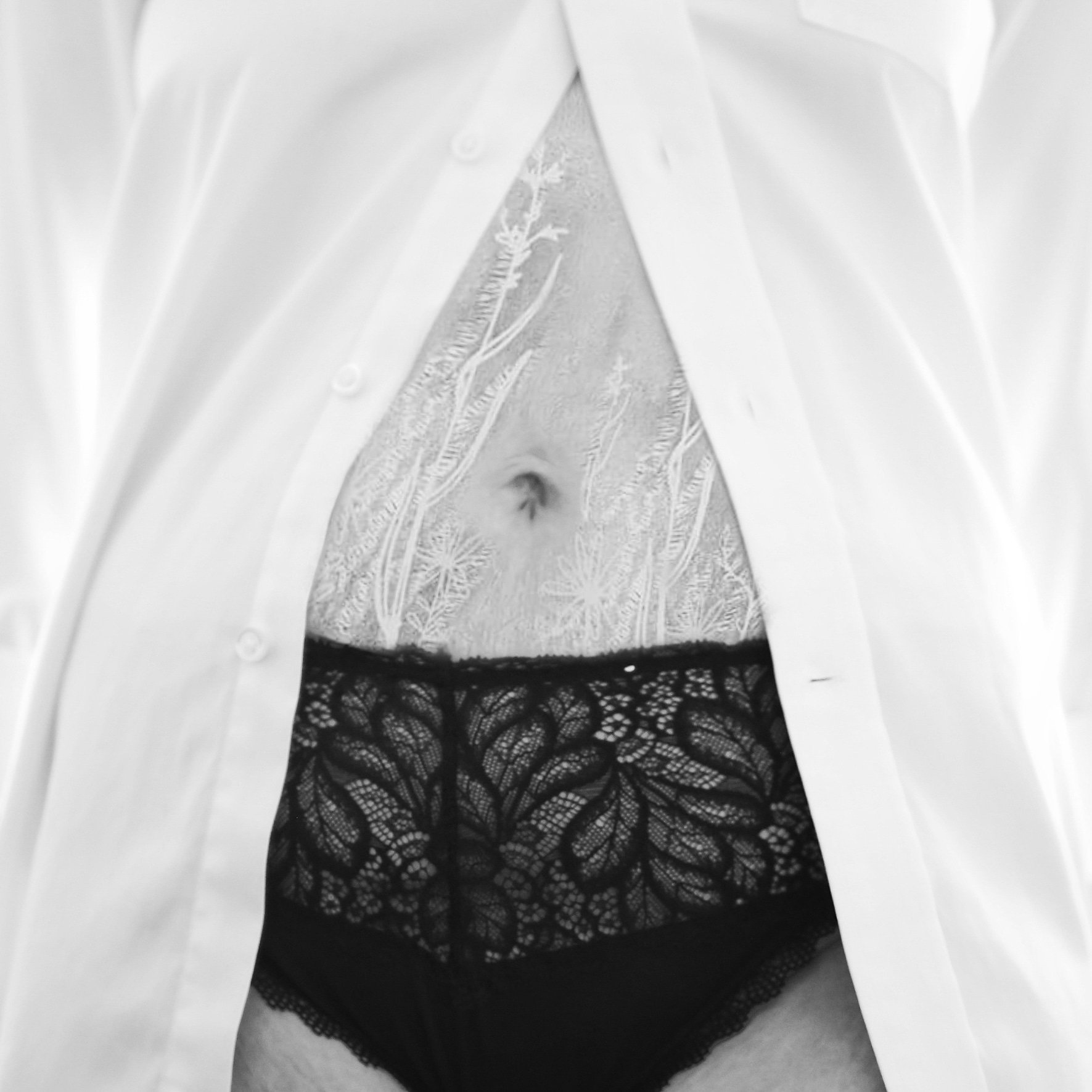
You may remember that I’ve started a long term photography project called #motherhoodintheraw. It’s all about learning to love your body again after having children.
Your postpartum body is as permanent a state as parenthood itself, and society as a whole, are conditioned to find reasons to not love it. My project is all about highlighting the beauty and changing the negative perspectives surrounding postpartum imagery.
The postpartum body is such an intense thing. You’re stuck in this place between what you used to look like and what you want to look like, neither of which will actually be achievable. You just grew a freaking human inside your body! Everything moved, shifted, stretched to accommodate these tiny beings. No one talks about how your stomach may be numb for years or how your ass literally deflates. I had two c-sections and have breastfed for five out of the past five-and-a-half years. Breastfeeding boobs are not to be confused with the large, perky ones you see on these breastfeeding celebrities in magazines. No, these are mounds of milk-filled flapjacks, and you can’t wear underwire to keep them up because it could cause a blocked milk duct.
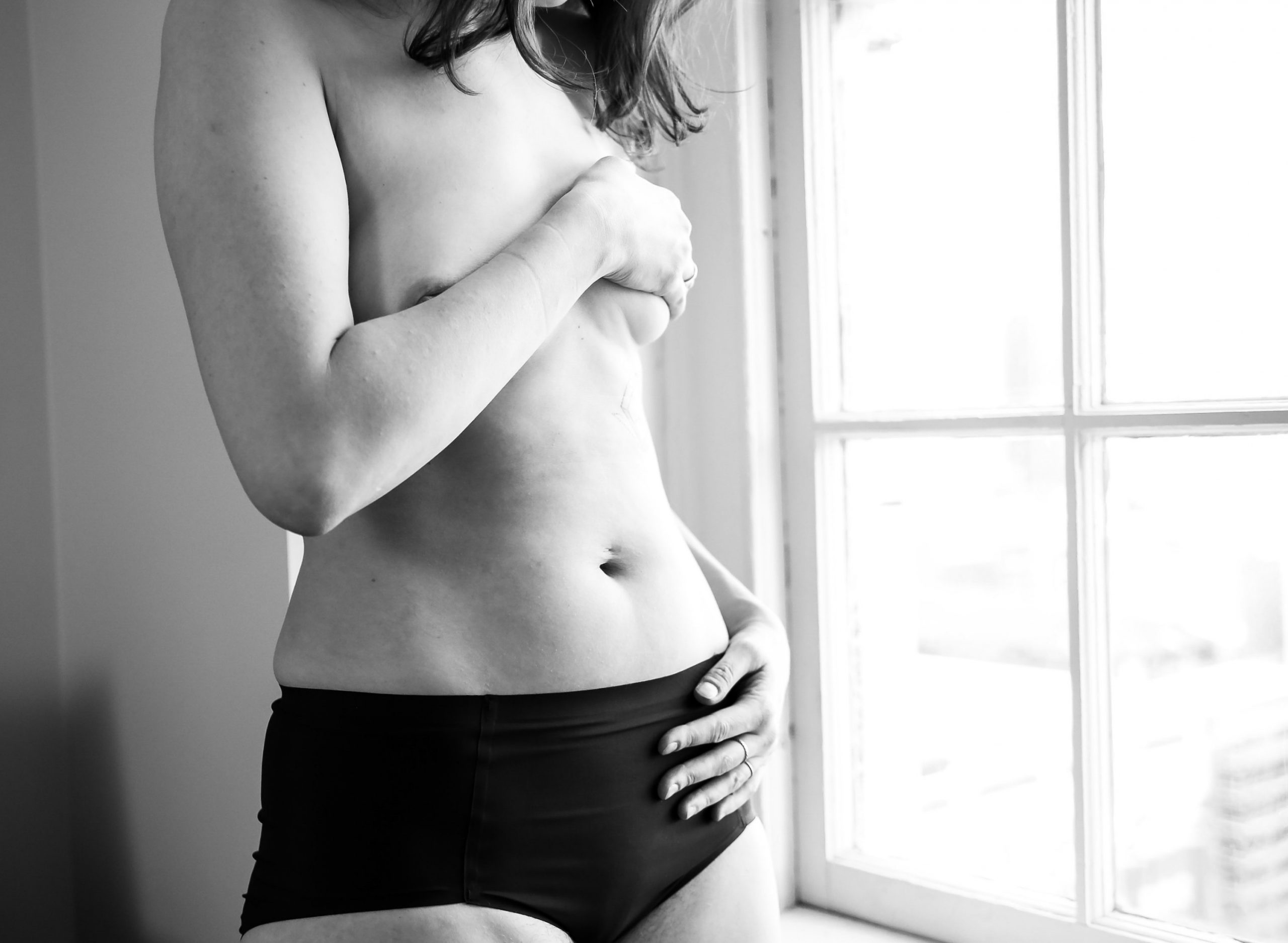
Certainly pregnancy does create body changes. Those are things that should be appreciated and valued and not used as a weapon to limit our worthiness. Reframe your thoughts toward body appreciation when you notice criticism pop up. Or, how about acceptance? Even if you can’t find something you appreciate about your body, can you accept that it just is, releasing the judgment of good or bad? Let me be clear: Acceptance is not apathy. You are not giving up when you accept what is. You can still care about making important changes to your eating and exercise habits, how you cope with stress, or any other change that is important to you.
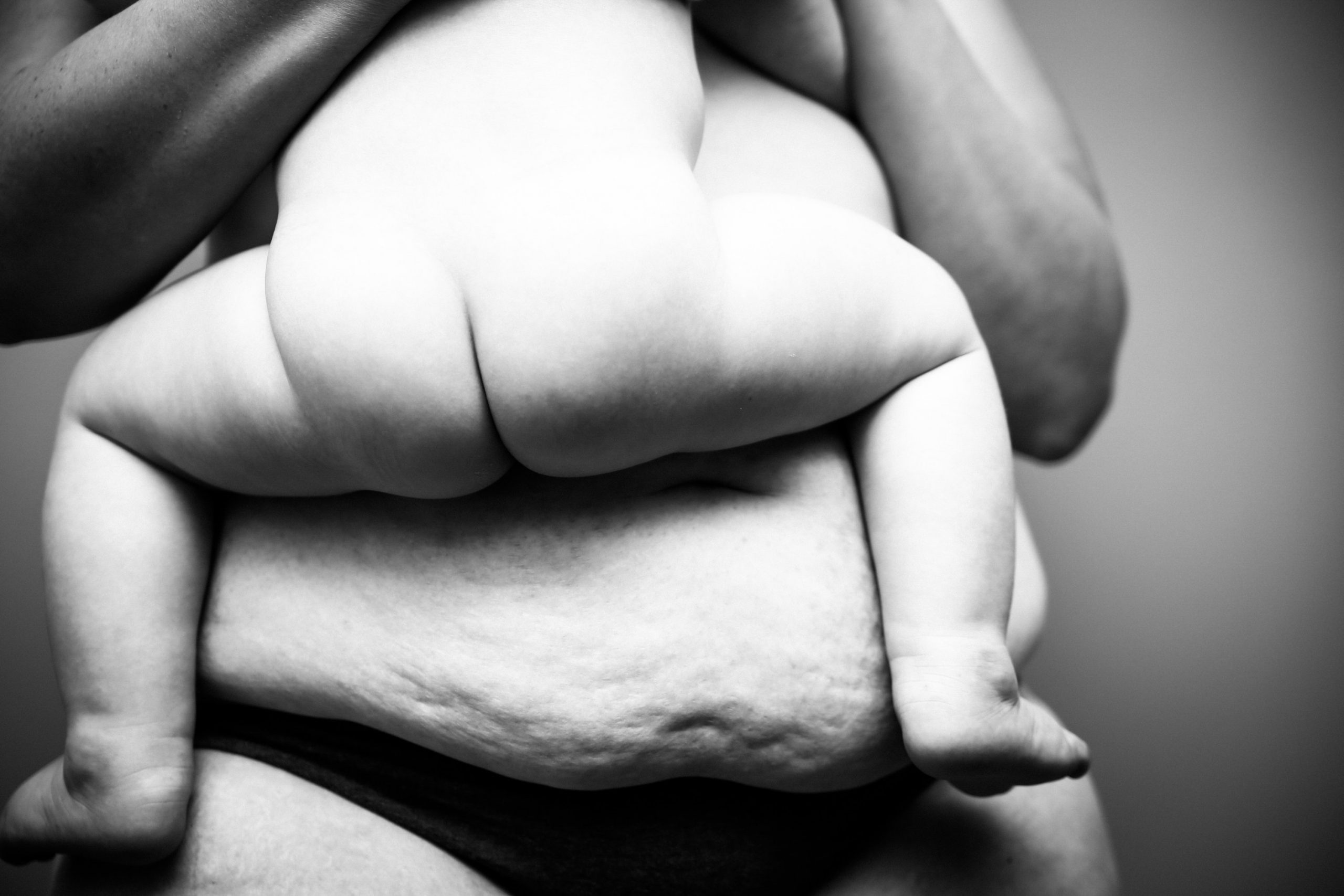
Resist the urge to compare your body to anyone else. It’s a human tendency to “compare and despair” as a way of assessing your self-worth. We can’t help that we do it, but we can control our response. Instead of body bashing yourself, just notice the comparison and give yourself a little mental hug, like you would your kids, letting them know you care. Say “It’s ok to be hurting about this, you are worthy and loved as you are.” This gentle response practically ensures that you will be in a better mindset to consider whatever self-care practices you can manage that moment: a drink of water, sleep, a balanced meal, a quick workout, a hot shower, or a good book.
A few things to remember and to tell yourself:
- All bodies are good bodies (yes all bodies).
- My body is worthy just for being born and for everything it’s done for me since then.
- I respect my body exactly as it is right now even if I wish it would change.
- I am fully committed to taking good care of my body as it is right now.
- My well-being matters to me more then weight, shape, appearance, and pants size. What do I need right now for my well-being?
- I will notice my negative thoughts and feelings, especially when I compare myself to others.
- I will treat myself with kindness – the way I hope my children will care for themselves when they are my age – even when it’s difficult.
- I have permission to have a bad body moment, day, or week without it being a judgment on how good I’m doing at body acceptance. I’m human.
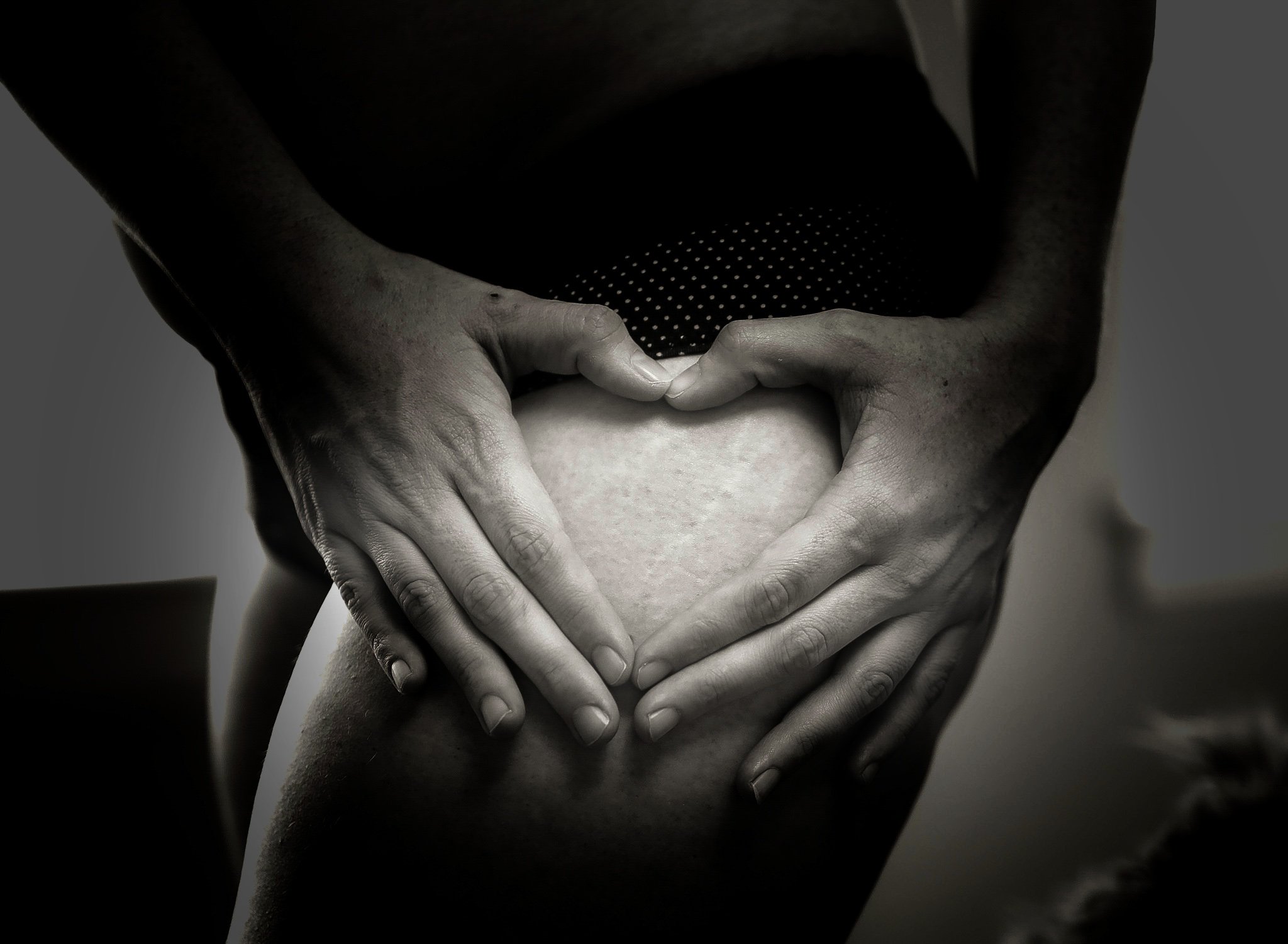 Becoming a parent changes us, physically and mentally, forever. We will all do better when we embrace this new normal and reject unhelpful demands directed at our bodies. We deserve better.
Becoming a parent changes us, physically and mentally, forever. We will all do better when we embrace this new normal and reject unhelpful demands directed at our bodies. We deserve better.
The post Motherhood In The Raw appeared first on Not So SuperMom VS Society.
]]>I get it. Talking about racism is hard. No parent wants to tell their children that their skin color determines their place in society. And especially white colorblind parents don't want to admit that racism is still just as prevalent today as it was 60+ years ago. Instead, we want to glorify leaders like MLK and talk about how amazing it was that they helped end segregation, and thus racism. We want to act like our white privilege doesn't exist anymore.
The post Ending An Era Of Colorblindness appeared first on Not So SuperMom VS Society.
]]>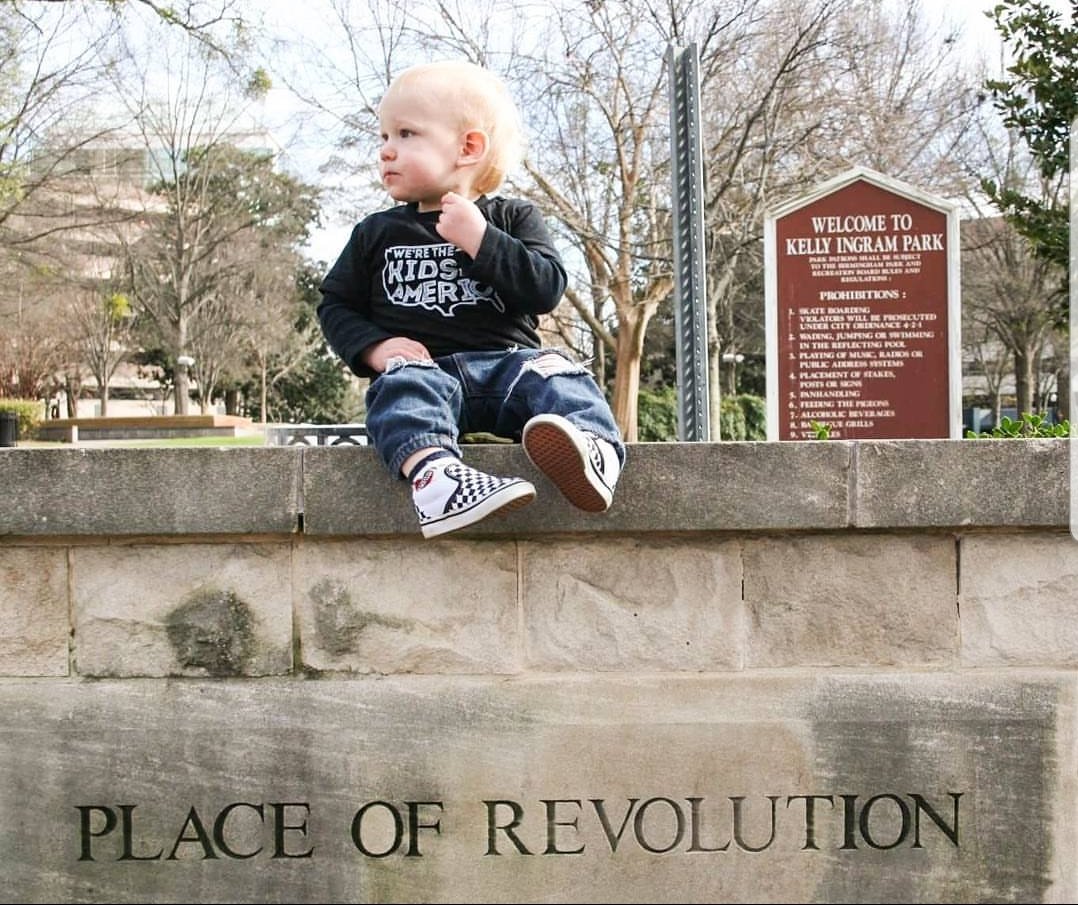
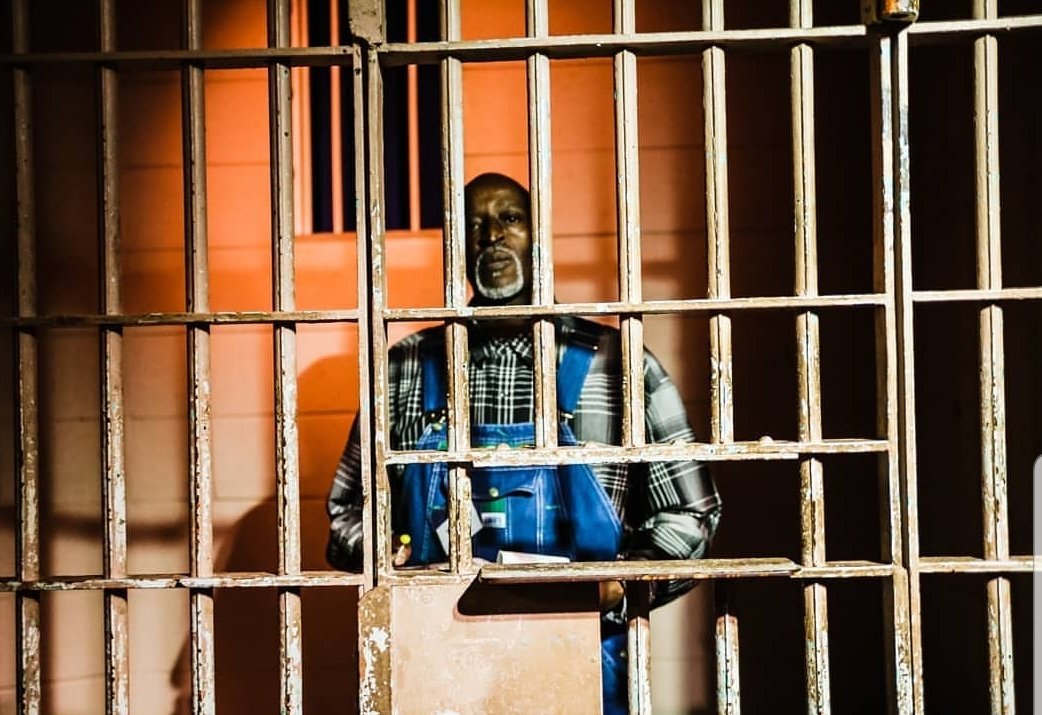
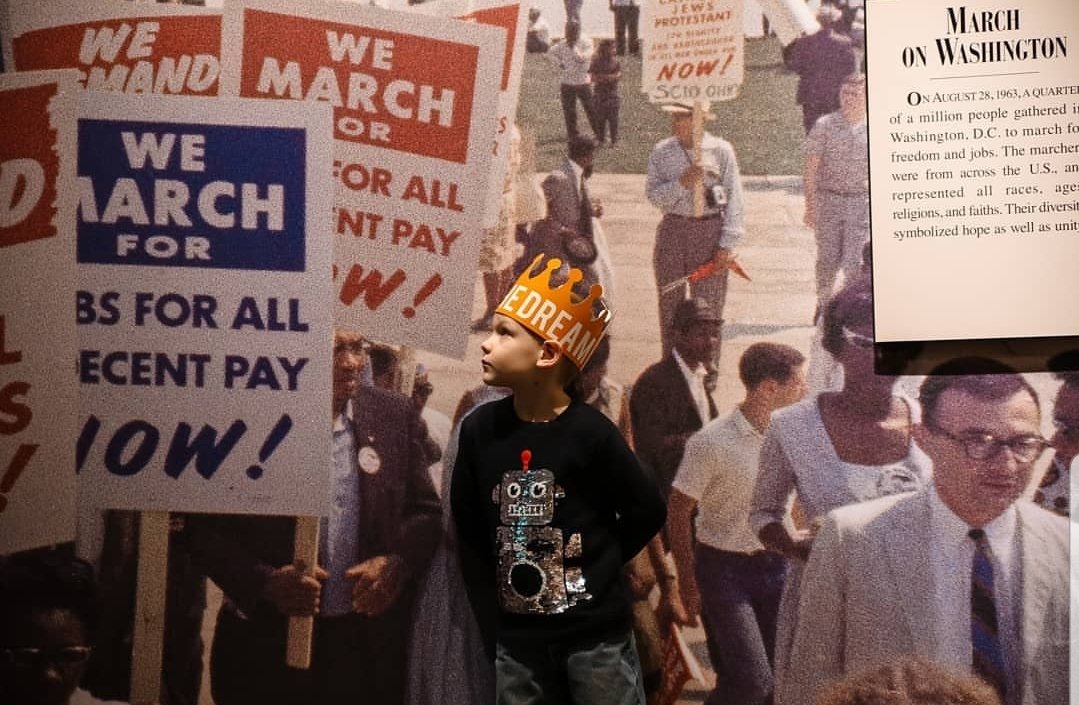
Here’s the thing. If it didn’t exist anymore, why do we still feel that sense of unease when we discuss things like Black History Month or MLK Day? Or when our children ask why their friends of color are afraid of the police? Why do we lock our doors when we see an African American man walk towards our car? What about when we pull our children closer to us or don’t make eye contact when we are about to cross paths with people of color? Or when we make snap judgments of those who listen to rap music or wear clothes that don’t align with our sense of what’s “decent.”Simply put, white people, as much as we don’t want to admit it, are on some level racist assholes. There I said it. I addressed the elephant in the room. It doesn’t matter how “woke” we are, by default, we still have all the privileges of being white and we don’t seem to be in any hurry to try to share them.
Ending An Era Of Colorblindness


 So how can we move forward from here? How can we make sure that we are actually appreciating the sacrifices men like MLK Jr and Rosa Parks made? How can we stop being colorblind racist asshats?Simple: WE QUIT IGNORING THE PROBLEM.Racism exists. Deal with it. Teach kids to be conscious of race. Teach them to be like, ‘This black kid or this Mexican kid has had a different life experience than I have as a white kid, and that’s what makes it great. I see their differences and I embrace those differences and want to learn to be a better and more productive citizen going forward.“Not talking about race continues the cycle of racism. It is up to parents to get educated and find the right words to teach about color, culture and religion. It’s also important to make a safe space for people of color and minorities to be able to express themselves without being silent, and for us to actually LISTEN. Being uncomfortable isn’t an excuse at this point, it’s straight up negligence. We need to create an ongoing and honest dialogue with our children. One simple conversation won’t cut it. Even as an adult, I’m still constantly struggling to make sure I understand the ramifications that my white privilege gives me. This is one conversation that doesn’t have an end.It’s also never too soon to start the conversation with your children. Do I suggest telling your 3 year old about lynching and how the police attacked black children with dogs? No. However, you can start showing them about how different cultures dress and look. Start simple and build on the conversation as they get older.
So how can we move forward from here? How can we make sure that we are actually appreciating the sacrifices men like MLK Jr and Rosa Parks made? How can we stop being colorblind racist asshats?Simple: WE QUIT IGNORING THE PROBLEM.Racism exists. Deal with it. Teach kids to be conscious of race. Teach them to be like, ‘This black kid or this Mexican kid has had a different life experience than I have as a white kid, and that’s what makes it great. I see their differences and I embrace those differences and want to learn to be a better and more productive citizen going forward.“Not talking about race continues the cycle of racism. It is up to parents to get educated and find the right words to teach about color, culture and religion. It’s also important to make a safe space for people of color and minorities to be able to express themselves without being silent, and for us to actually LISTEN. Being uncomfortable isn’t an excuse at this point, it’s straight up negligence. We need to create an ongoing and honest dialogue with our children. One simple conversation won’t cut it. Even as an adult, I’m still constantly struggling to make sure I understand the ramifications that my white privilege gives me. This is one conversation that doesn’t have an end.It’s also never too soon to start the conversation with your children. Do I suggest telling your 3 year old about lynching and how the police attacked black children with dogs? No. However, you can start showing them about how different cultures dress and look. Start simple and build on the conversation as they get older.
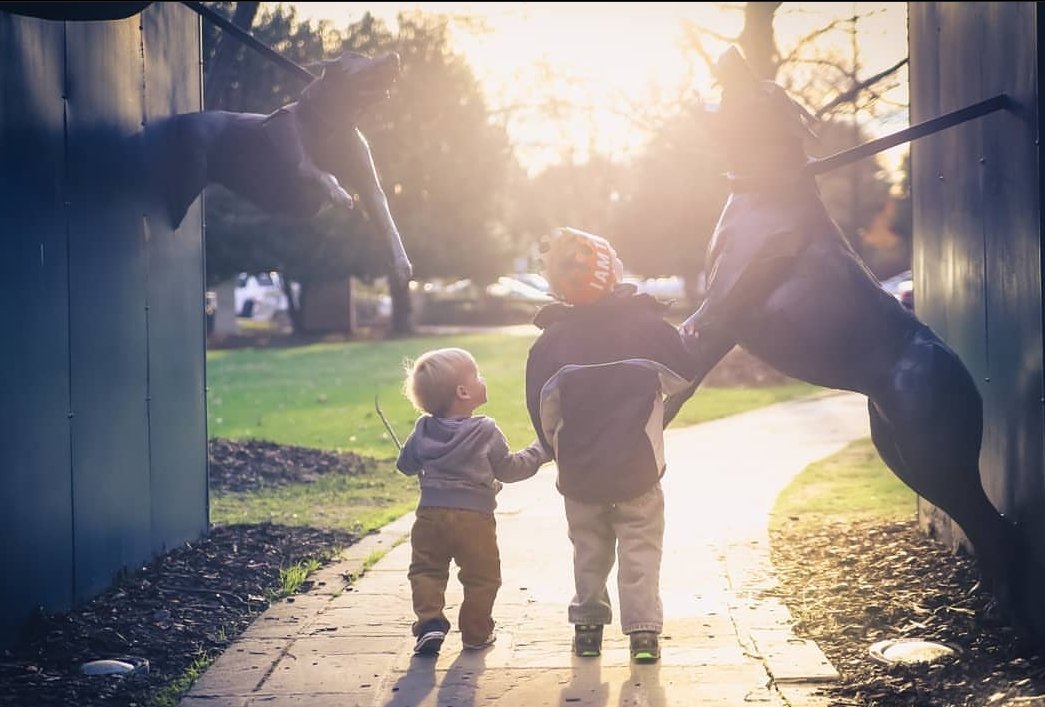 Here are a few ideas for starting the conversation based on your child’s age:
Here are a few ideas for starting the conversation based on your child’s age:All Ages:
Lead by example. Educate yourself. Keep an open mind. Don’t let your personal biases and prejudices pass down to your children. Take them places where they can see people from a variety of different cultures, such as a local cultural festival (think Chinese New Year, Diwali, Holi, African Heritage, etc.), or places that celebrate diversity, such as an art museum. Watch movies and shows that portray other races in a positive light. Make it clear that your family tolerates people from every race, religion, age, and ability level. Give them the tools and vocabulary for how to properly address people from all walks of life. Also, monitor where your child is getting their information from. The world can be a scary and confusing place- it’s your job to help them best interpret the information they are exposed to, and if needed redirect it.Encourage questions. Teach respect.Ages Birth-4:
Babies are born blank slates, but studies show that they react differently to racial differences, even by six months of age.This is the time to point of differences and similarities between people. Show them simple stories that show people with all types skin tones and cultures. Talk about what it might be like for people who are from a different culture/race/country. Make it clear that living in such a diverse world is what makes it special.It’s not uncommon for kids in this age range to ask embarrassing questions about the differences in people. “Why does he his skin look dirty?” “Why doesn’t she act normal?” and so on. Instead of turning red and quickly attempt to shush your child, turn it into an educational moment. Ask them why they asked that question and then explain from there. Make it clear that the general idea is that we are all equal, and we all deserve to be treated with respect. Being prepared and educated is the best tool in your arsenal.
Ages 5-12:
Start introducing the harder topics of discrimination in ways that are relatable to them. A great example is picking people for teams solely based on the team captains preferred hair color or clothing brand.Talk about why picking a teammate based on their looks and not their ability isn’t nice. Relate it back to the bigger picture that social injustice exists in real life and have them brainstorm ways on how they would help stop it if they observed it happening. It’s important to emphasize that people can make changes happen based on their actions and empower them to feel that their actions actually carry weight.It’s also important to keep details age-appropriate. For example, we can tell kids about the injustice faced by indigenous peoples who were forced into residential schools and explain that their hair was cut against their will and they weren’t allowed to speak their own languages, but we don’t need to mention the sexual abuse many of them faced.Another important thing to keep in mind, is that we live in a very digital age and our children are exposed to subtle messages about race, discrimination, and the types of people who are valued from a young age. You need to start teaching them to be critical readers and viewers. One way to do so is by asking them questions like “Are there certain groups who never get to be the hero in comic books and movies?” and “Who gets to be considered ‘pretty’?“It’s important to teach your child that racism is neither nice or fair, and emphasize how important it is to be inclusive of all people, no matter how different they may be.This is also a great time to revisit those cultural festivals and locations and add on to what they have learned since you went last time.Teens:
Older kids can have more in-depth conversations around issues of racism and prejudice and the role they may play in supporting them. At this age, you can have more sophisticated discussions on topics such as Black Lives Matter and racial profiling.Also, since teens often judge others by their appearance or physical characteristics, it’s important to teach them when certain words are disrespectful and when they are OK. Things like “that’s so gay” and using culturally appropriated phrases aren’t okay. It’s your job at this point to put your child in the hot seat and ask them directly why they feel it’s okay to use those words, who they heard it from, and what they think it means.Keep in mind, that even teens are still learning and developing, so don’t overload them with information. Get to the point and make your point. Don’t unnecessarily overcomplicate the situation or freak out/belittle them. You still want them to feel comfortable enough with you to keep the dialogue open.Final Thoughts
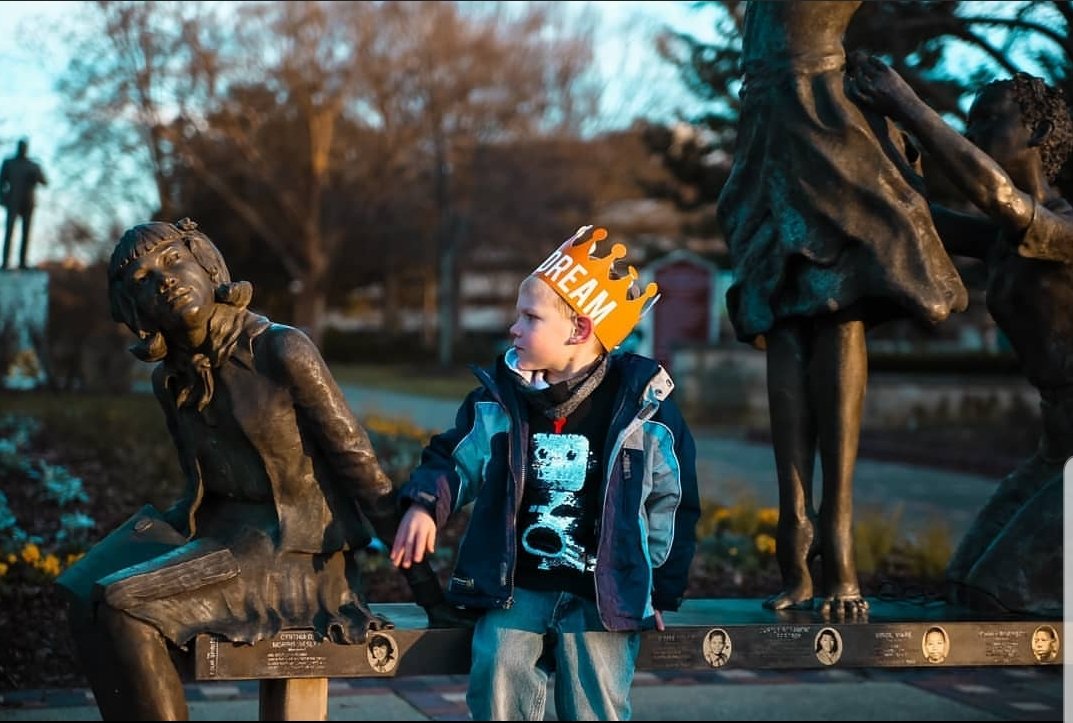 We are the adults, and if we’re going to change this next group of children, it’s up to us to find our words, have confidence, and have difficult conversations. It’s time to end our era of colorblindness and begin an era of repairing the damage racism has caused. An era where we see other peoples differences and embrace their unique properties without diminishing them.Children need adults to help them develop respect for and acceptance of others. Not talking about race and racism sends a message to children that this is a taboo topic, no matter what their age. Also, it’s important to keep in mind children who may be the target of racism may need help negotiating their feelings and figuring out how to respond to what they’re experiencing.It’s never too early or late to start doing the right thing.A few places to visit in Alabama if you need help starting the conversation or educating yourself on other cultures and their struggles for equality.The National Memorial for Peace and JusticeThe Birmingham Civil Rights InstituteKelly Ingram ParkThe Civil Rights TrailBirmingham Art Museum
We are the adults, and if we’re going to change this next group of children, it’s up to us to find our words, have confidence, and have difficult conversations. It’s time to end our era of colorblindness and begin an era of repairing the damage racism has caused. An era where we see other peoples differences and embrace their unique properties without diminishing them.Children need adults to help them develop respect for and acceptance of others. Not talking about race and racism sends a message to children that this is a taboo topic, no matter what their age. Also, it’s important to keep in mind children who may be the target of racism may need help negotiating their feelings and figuring out how to respond to what they’re experiencing.It’s never too early or late to start doing the right thing.A few places to visit in Alabama if you need help starting the conversation or educating yourself on other cultures and their struggles for equality.The National Memorial for Peace and JusticeThe Birmingham Civil Rights InstituteKelly Ingram ParkThe Civil Rights TrailBirmingham Art MuseumThe post Ending An Era Of Colorblindness appeared first on Not So SuperMom VS Society.
]]>